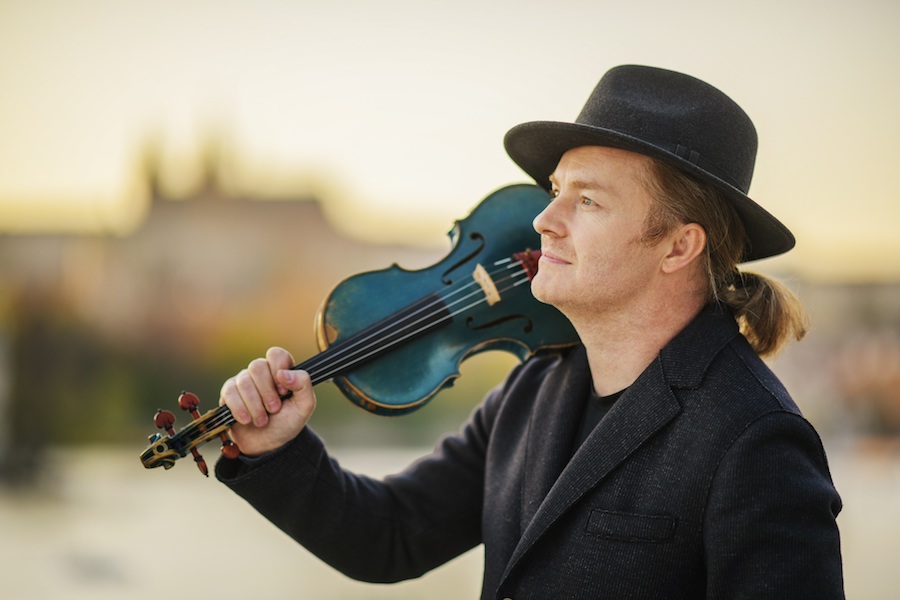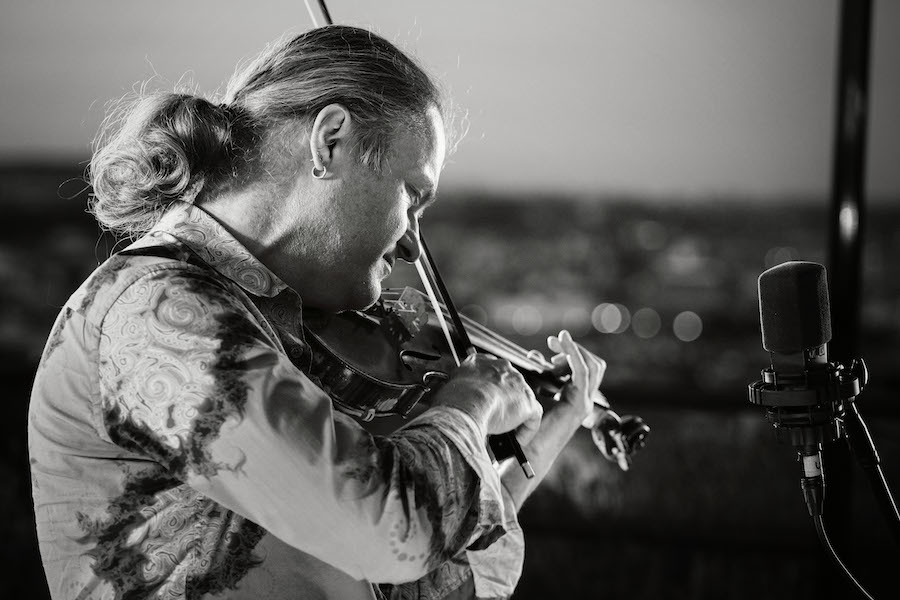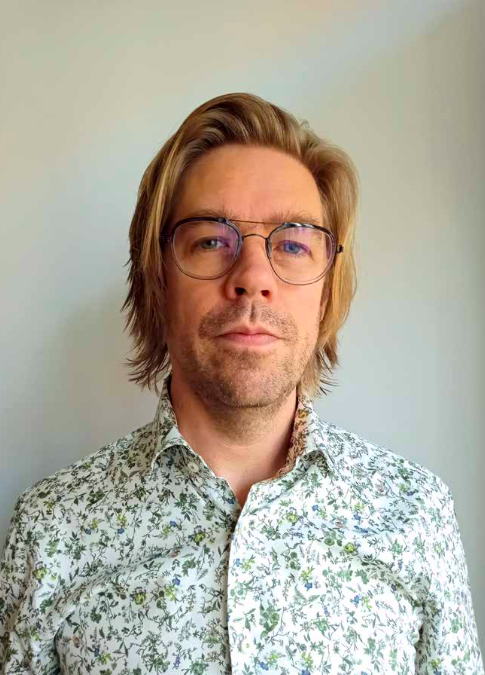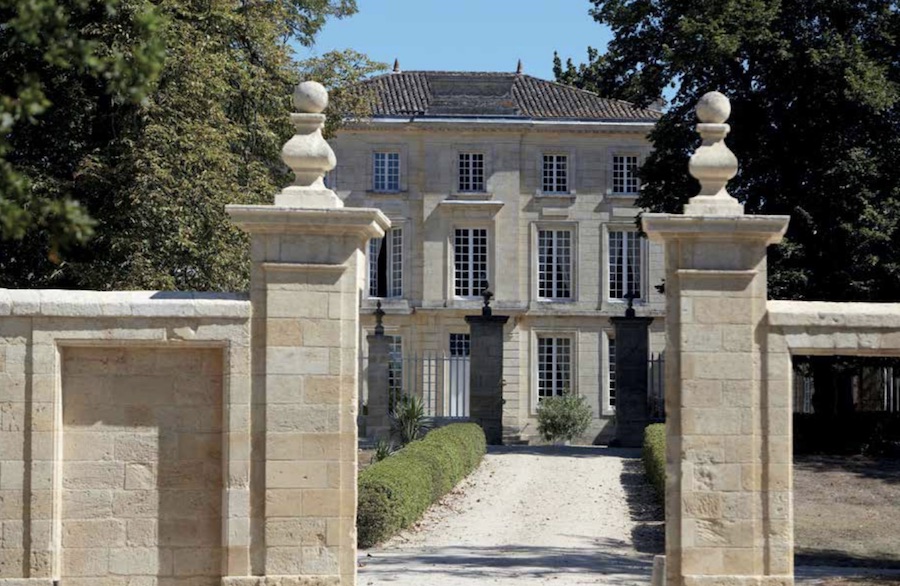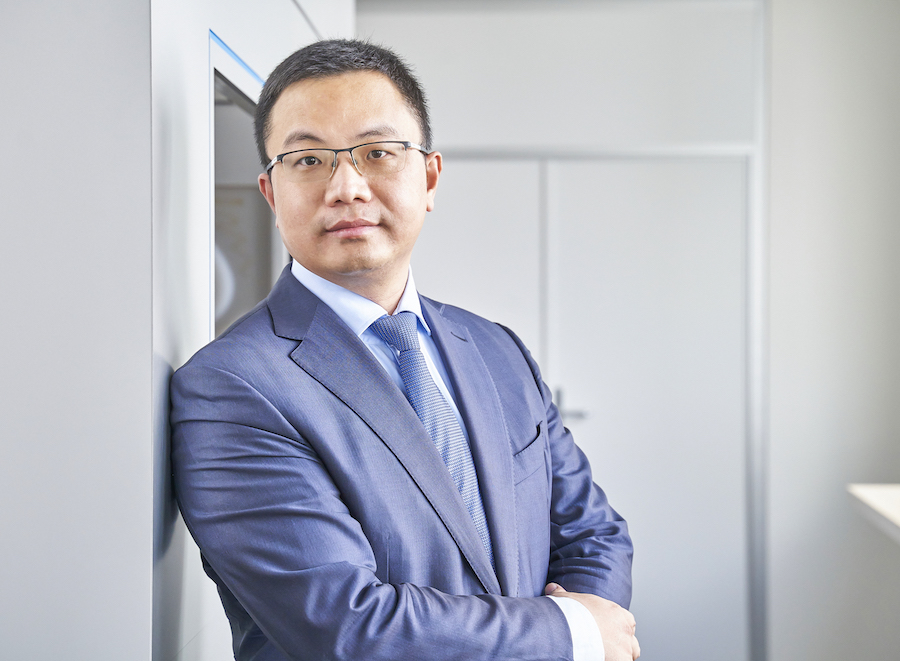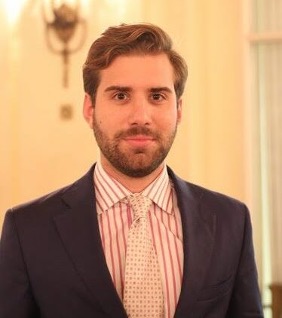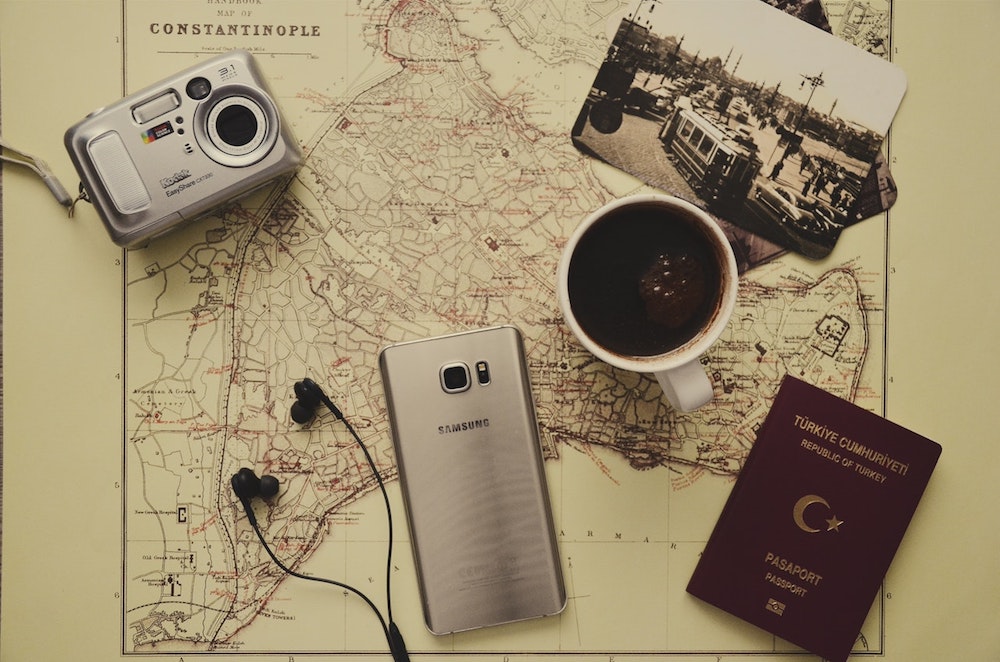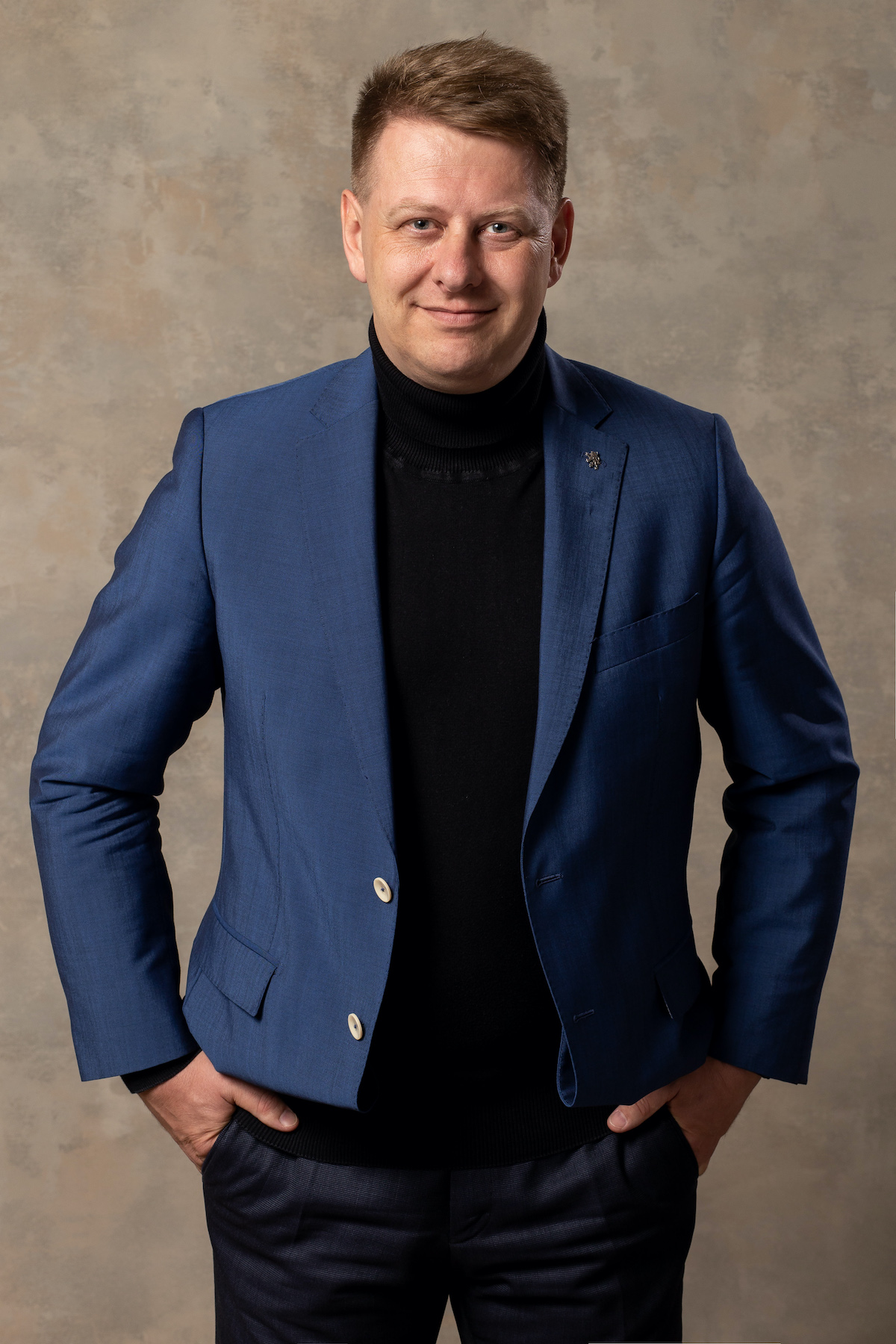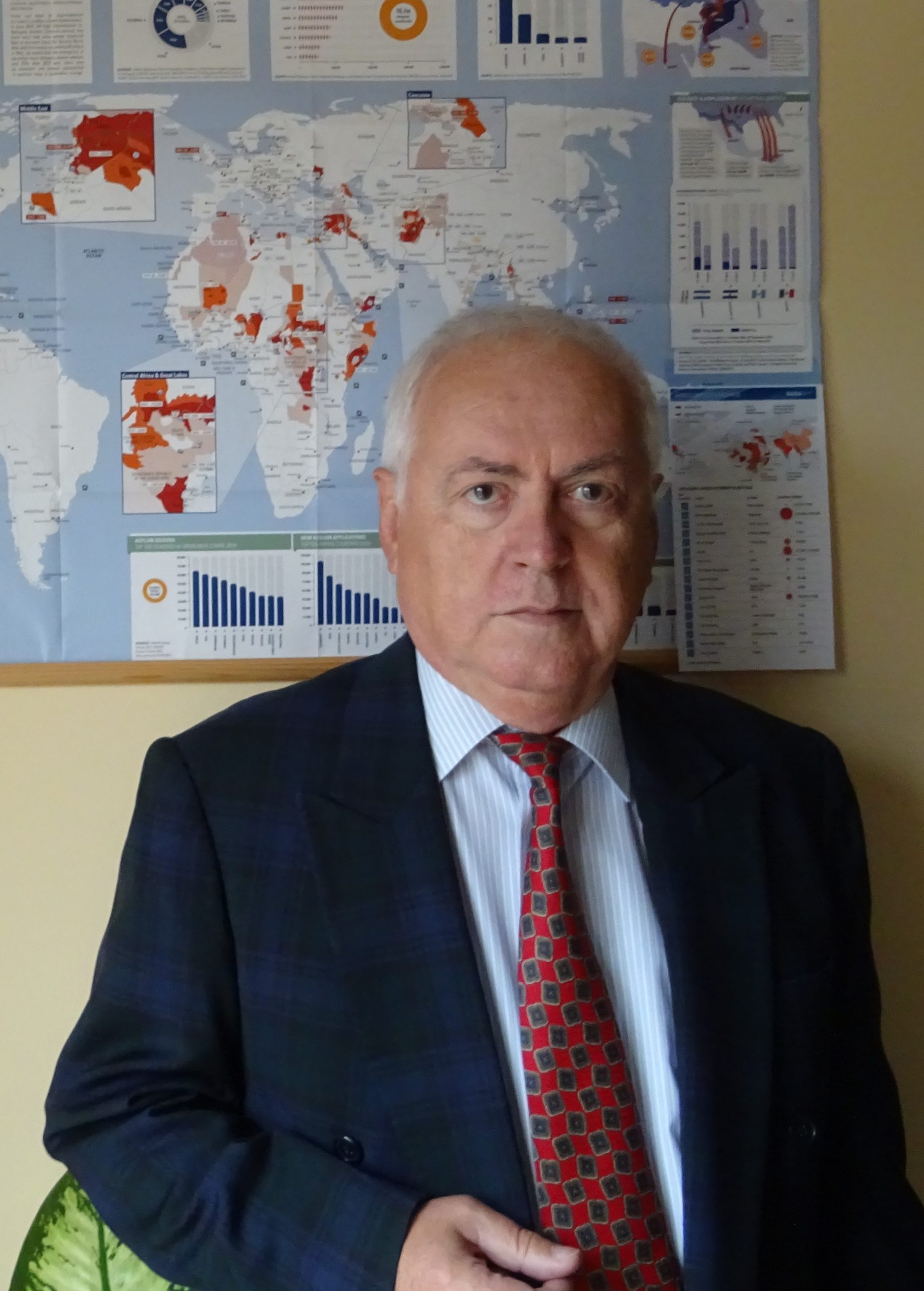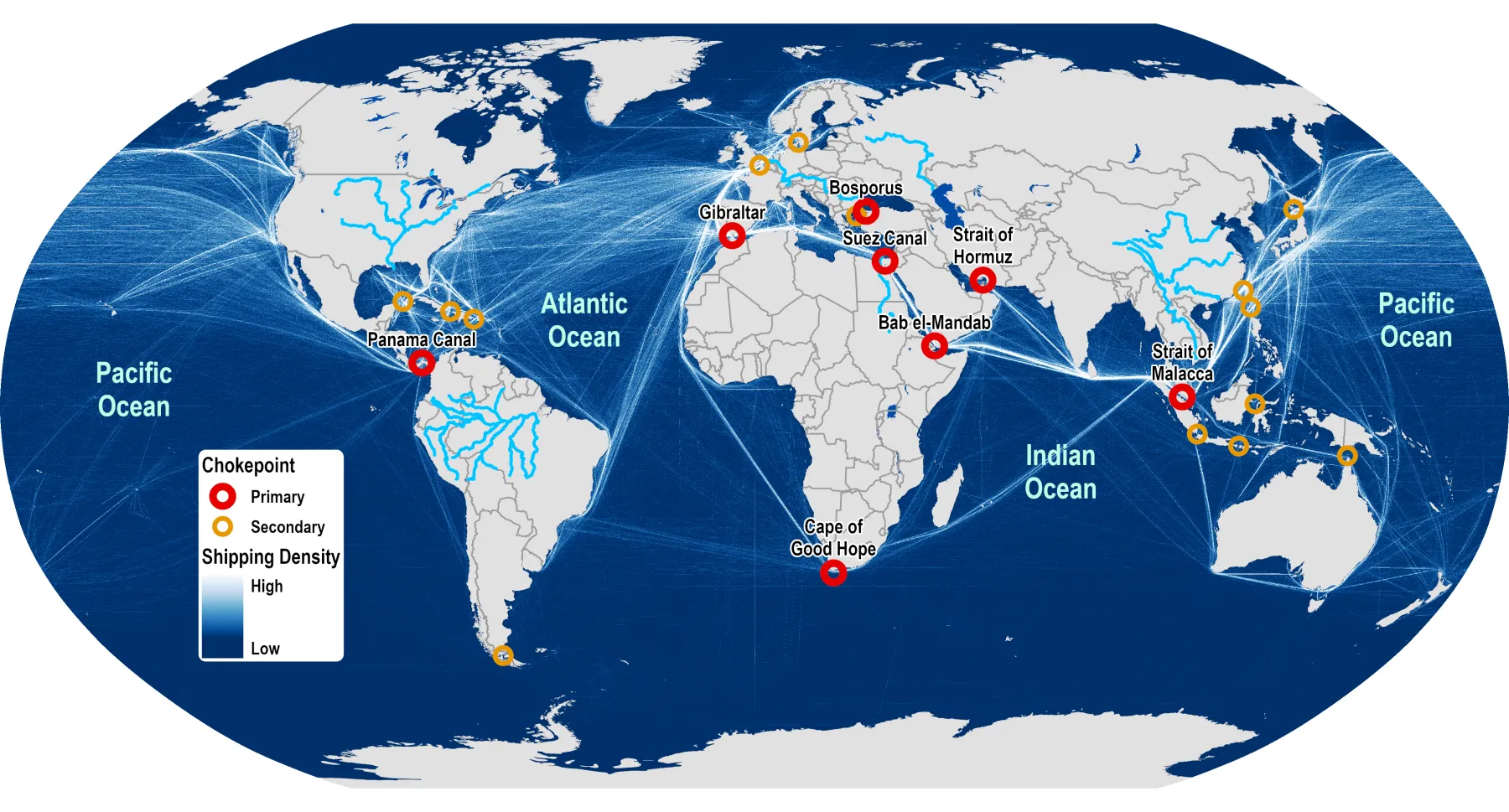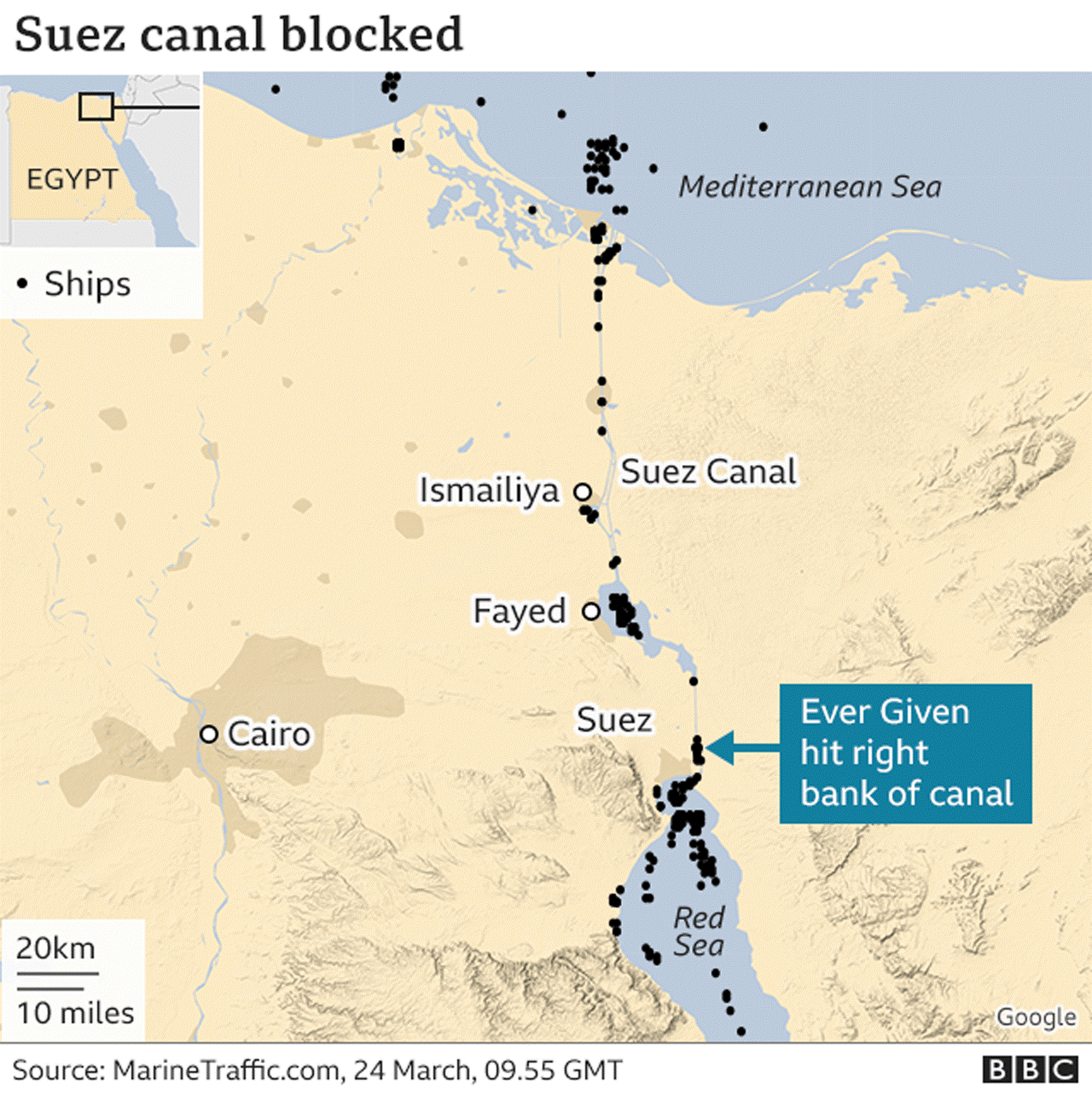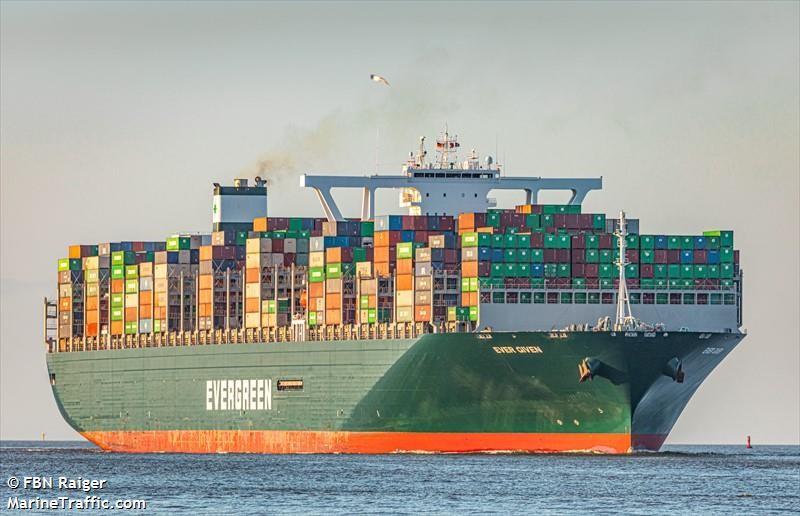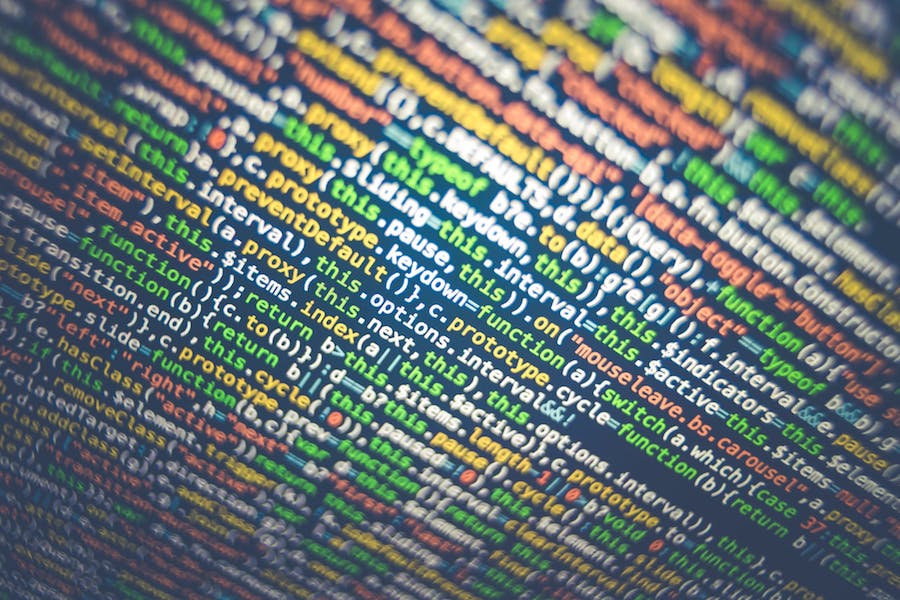
Abstract
Objective. A study of the latest practices (forms, methods, tools, and technologies) of information operations, specificities of their hybridization, as well as the newest forms and methods of counteroperation.
Procedures and Methods. The increasing militarization of the information space leads to changes in the views toward forceful methods of changing the geopolitical balance. This, in turn, results in genuine technological revolution in waging infowars, hybrid wars, and trade wars. A study of this kind of complex and elaborate schemes requires the application of a methodology of system analysis of identification and algorithmization of all the ‘chains’ of indoctrination in the new type of information operations.
Results. This article provides a detailed description of the main forms, schemes, elements of modern-day information operations dating back to Panama Papers 2016; using the examples of New York Times publications (24.05.2019) and Wall Street Journal publications (3.06.2019) we demonstrate the types of information fake news stories and what they are intended for; using the examples of specific information operations (2020 Prague Incident with ricin, 2020 Susan Rice on the Russian guidelines for plotting coup d’états, the Skripals Poisoning Case (2018-2020, Venezuelan Precedent and Operation Gideon 2019-2020) we reveal how specifically fake news stories are used in modern-day tactical (operational wargames) and strategic operations of information wars; the strategic directions and key strategies for waging information wars against Russia are identified. Using the examples of the Russian practice of conducting information counteroperations (the Cabello Case 2019, Skripal Readings 2019, Searching for the Russian Mole in CIA 2019 (operational wargame with R.C. O’Brien, etc.) the latest forms and methods of setting up baffling of information operations conducted by foreign states and operational warfare of foreign intelligence services are revealed.
Theoretical and Practical Relevance. Information about the latest forms and methods of plotting and waging information operations may be used by government agencies responsible for setting up systemic interdiction of information aggression of foreign states, and it may also be useful to political scientists, and experts engaged in countering destructive political technologies.
Keywords: international relations, politics, information warfare, hybrid war, information operation, operative combination, Russia, USA, national security.
The structure:
- Introduction
- Technological Revolution in Information Wars: Information Operations of New-Type Information Operations
- Hybridization of violent conflicts
- Hybridization of Coups d’état (color revolutions)
- The latest practice of information operations
- Fake news and ‘hooks’
- Operational wargames
- Strategic operations
- The Skripals case (2018-2020)
- Venezuela Precedent
- Venezuela Precedent (Continued): Belarus Spring as a point of assemblage of the latest practices for setting up new-type color revolutions
- ‘Swarm’ tactics
- Protest coordination and management system
- Forceful suppression
- Anti-campaign
- Malicious takeover
- Tsikhanouskaya playing Guaido 2.0
- The Use of Resources of International Organizations: Operative Combination in the United Nations
- ‘Belarus Spring’ as a consequence of Wagner operation failure
- Strategic directions
- Key strategies of information warfare against Russia
- Forms and methods of countering information warfare operations
- Potential future cases and methods
- Discussions (in lieu of conclusion)
Introduction
Modern-day information wars and color revolutions in the period fast and furious hybridization: They become more complex and co-opt both the ‘best practices’ of other types of protest thereby adapting to various forms and conditions of conducting military operations. This is best illustrated using the example of modern-day color revolutions: the emergence in Venezuela in 2019 of the new technology for plotting coup d’états (the so-called ‘Venezuela precedent’) which combines the organization of large-scale protests (Maidan scenario) ‘at the bottom’ and active psychological ‘indoctrination’ of the close circle of a country’s leader ‘at the top,’ has for years ahead determined the direction of evolution of all ‘color’ technologies; during the large-scale protests in Belarus in 2000 that were also engineered using the ‘Maidan’ scenario they were augmented by the communications technologies and coordination of protest groups (initially developed for Venezuela only) that emerged during the ‘color revolution’ in Hong Kong (2019-2020); the technology of conflict mobilization around a non-political agenda which was initially tested during the ‘electro Maidan’ in Armenia in 2015, as well as the technology of organization of protesting masses into a ‘swarm’ (something like a bee swarm featuring higher mobility than a merely aggressive mob), certain elements of which were for the first time tested during Moscow protests (before and after the Moscow City Duma elections in 2019) and in Khabarovsk (2020). Under the same conditions information wars finally cease to be ‘mere aggressive information campaigns’ and they evolve into operative combinations, at the forefront of which are operative and secret service- and officer work coupled with the application of new methods of controlling the minds and behavior of ordinary people.
The emergency of these new and hybrid in nature, forms and methods of nonconventional warfare calls for the development of new approaches to countering these threats – and these counteroperations must be as complex and hybrid as the offensive methods and technologies.
Technological Revolution in Information Wars: Information Operations of New-Type Information Operations
Information wars in modern-day world have become commonplace in today’s reality. An information war now is a special type of armed conflict where the sides clash in the form of information operations with the application of information weaponry. The main objective of information wars is to divide and polarize society, tear it into small pieces and fragments, and make these fragments sincerely hate each other in order to have them collide with each other thereby initiating a fight for destruction or combine their aggression into a uniform stream and direct it against the ruling government. At the same time, the purpose of information wars is to dishearten the adversary and mitigate their will to resist and to bring the adversary into their will and control. High efficiency of information operations and perplexity, which is a typical reaction of most countries to information war actions, makes information wars one of the key elements of modern-day hybrid armed conflicted.
This, however, has not always been the case. As recently as 5 to 7 years ago everyone seemed to be wary of the application of information, psychological, and cyber methods of influence: They were far from perfect, they failed to yield guaranteed results, they were fraught with high risks of disclosure of identification data of the perpetrators themselves, for the most part, in combination with more reliable, powerful, and seamless methods of direct military aggression.
Information operations and attacks, which are commonplace today, five to six years ago were almost exclusively the resort of clandestine services and were elements of the operative wargames that intelligence services had played in the manner of chess games and poker games; contextuality of drafting scripts of operational wargames and the strictly tactical objectives sought by them caused by the desire to ‘pick on’ the adversary or trip them up did not allow for the possibility for such information operations to enter the ‘maneuver room.’ In this context the very term ‘information war’ for decades has not been taken seriously: It has been considered a smart find of news reporters who had been using the term to increase their print circulations; It seems that only the U.S. military took information operations seriously from the very start, back in 1988 they introduced the term “psychological operation” in the Field Manual of the U.S. Army (FM 33.1-1).
The very information operations in the same period (preceding the technological ‘revolution’ of 2014) begin to evolve as an independent activity, however, planning for them is still predominantly ‘handicraft’ i.e. each operation is custom developed and unique in nature; the same unique (tailored to specificity of a particular operational situation) organizational scheme which is not like previous ones; it is a masterwork of operational craft and it does not guarantee end result. In this plan direct military force methods would look more reliable and, if the situation permits, more preferable ones.
However, back in 2014 the situation changed overnight: The Crimea which was looking at the unfolding coup d’état in Kiev in terror made a clever move and voluntarily acceded to the Russian Federation. For the West and certain part of the East this decision of the people of the Crimea became a real shock: It looks like neither the United States that have been buying up kindergartens and high schools to enable comfortable stay of the American servicemen that planned to cover the Crimea with a network of US military bases, nor Turkey which was counting on the same conditions for its military and which planned in the foreseeable future (on the back of demise of the Ukrainian territory) to take the Crimea altogether, expected anything of the sort. The possibility of directly military interference in the form of, let’s say, debarkment of assault forces was there but it was lost due to perplexity of American generals bordering with panic: When they came to their senses and regained their ability to adequately assess the situation the Crimea was ‘already ours’ and the time had been helplessly lost. The US was left with only one instrument for their aggressive response: an information operation.
The situation with unexpected ‘escape’ of the Crimea from Ukraine and its joining the Russian Federation prompted the US spy services to act without delay and on the go, just-in-time, and without contemplation because indeed they had no time for ramping up, as the Russian President V.V. Putin[2] rightly noted. In these light previous approaches to waging information wars that featured high selectivity, were no longer tolerable: In 2014 the USA was in dire need of large-scale information operations which ensued one another as if they had been mass produced (just like Ford cars). This, in turn, resulted in the USA in transformation of planning processes and ‘industrialization’ of information operations and this became a kind of an ‘industrial revolution’ for information wars. The industrial approach, in turn, lead to unification and standardization of organizational- and technological schemes of information operations, which finally were narrowed down to the only versatile baseline scheme that the American secret services – allegedly- developed by the summer of 2015. This scheme had its combat debut in the infamous scandal called Panama Papers (2016): In fact, the standard Anglo-Saxon scheme of information operations which was an iteration-based consequence of fake news and technological pauses (‘silence periods’) exists in its clear, pristine, and totally unmasked form; it can be easily spotted by a layman, with the naked eye. Thanks to this scheme the Panama scandal, as we all know, enjoyed thumping success; since then information operations by US intelligence service have become a replica of Panama Papers as they are performed using the same, replicated template.
New technological solutions developed by the United States for waging information wars made it possible not only to increase frequency of the operations (i.e. put them into production line) but also allowed to test various scenarios and plots on this platform, which made modern-day information operations look like televised detective stories or soap operas. As an example, in ‘the Skripals poisoning case’ (a joint operation by British and American secret services which is ongoing) two scenarios were tried in 2018 alone – ‘game with step-up bidding’ and ‘bait fishing’ (where bait is already hung up); in the scandal with the so-called Argentinian cocaine – ‘dry lure fishing’ where cocaine arrested by Argentinian security police was the dry lure; the Maria Butina case – bait fishing’ where the figurante in the case was the bait, she was arrested and charged with creating the Russian espionage network in the United States; the story of interception in Ghent in 2018 of a major cocaine lot marked with signage which resembled that of United Russia – ‘label sticking,’ the ‘Interpol elections’ (November 2018) which resulted in the obstruction of election of the Russian candidate A. Prokopchuk – a ‘covert threat’ scenario (just like in Star Wars), etc. Thanks to such scenarios information operations have evolved as sophisticated multi-move psychological games.
Hybridization of Violent Conflicts
In turn a technological ‘revolution’ in the sphere of information wars that took place in 2014-15 indeed spurred the process of unification (or more precisely ‘assemblage’) of various nonmilitary types of forceful suppression of an adversary under the ‘umbrella’ brand. The term ‘hybrid wars’ has become this ‘umbrella’ brand. It was first coined F. Hoffman back in 2007[16], but all this time it has been passively waiting for the limelight in the shadows of the discussion about the nature of modern-day warfare [4]. It has now been taken ‘out of naphthalene’ and given a new doctrinal meaning: It is no longer something exotic – this is a full-fledged military strategy that provides for concurrent combination of various types of unconventional armed struggle – information, diplomatic, economic (‘trade’) wars, diversion- and subversive activities (such as modern-day color revolutions) which oftentimes feature the application of methods which are typical for transnational organized crime groups, network terrorist groups of generation III (such as al-Qaida) and IV (such as ISIS[3]), drug cartels, etc. In these wars conventional combat operations by military forces have not lost their meaning and significance [2] but they are less and less used (as compared with ‘trade wars’ for example) and they have become more selective and are now mainly used for public ‘punishment’ and humiliation of the defeated enemy that already lost his will to resist; first they ‘break’ the adversary with the help of an information, trade, diplomatic war, guerilla (insurgent), diversion- and terrorist operations (including the so-called state-sponsored terrorist[4] campaigns) and then they publicly ‘bring them down’ with the help of a direct armed intervention.
The emergence and rampant development of new forms and methods of armed struggle of nonmilitary type (hybrid, information, trade wars, new forms of insurgent wars, etc.) resulted in a substantial change in the qualitative change in the composition of its stakeholders. As a result, instead of regular armies at the forefront are now:
– Criminal, mafia-type paramilitary forces of transnational organized crime structures, among which drug cartels play a vital role;
– Armed formations of international terrorist organizations and groups;
– Extremist illegal militant groups that existed under the roof (patronage) of special services of various countries (the so-called proxy organizations);
– Titushky (Ukrainian – “thugs”) – irregular semi-criminal groups tacitly supported and funded by official authorities (with the help of which the authorities suppress protests in the country, i.e. they indirectly apply the methods of terror against those in disagreement with the authorities, such as ‘collectivos’ in Venezuela, ‘titushky’ in Ukraine, ‘proxy’ in Syria and Libya, etc.);
– Contract fighters;
– Tribal levies headed by tribal sheikhs that are typical for regions with existing congeneric practice and tribal societal system.
It is these unconventional actors that are ideal for waging new-type hybrid wars – special, mobile, diversion-terrorist, quasi-insurgent wars, three quarters of which are clandestine operations and operational combinations run by intelligence services (including secret services of drug gangs, transnational organized crime groups, etc.), in which conventional armies turn out to be too sluggish and therefore powerless. In terms of quality and structural complexity of the new actors there is marked regress and return to archaicism: once again significant role in armed military conflicts is played by all sorts of congeneric militia headed by tribal sheikhs and military leaders elected from among tribal elite; organized into terrorist organizations a-la ISIS[5] following the criminal principle of drug cartels and cemented by primitive medieval ideology (developed for illiterate Bedouins).
A transient position in the range of unconventional actors belongs to private military companies (paramilitary companies or PMC) that have evolved into something in the middle of criminal groups and regular armed forces. Intention of certain PMC to keep their army or police structure (i.e. to build out their activity using the regular army principle) enables them to get legalized and to take advantage (partially) of regular forms of warfighting. However, having become regular PMC structures lost their mobility which is typical for armed units of drug cartels or terrorist groups.
As new types of unconventional actors entered the sphere of waging modern-day wars the very character of combat activity changed: Wars are not network-type wars [22], or network-centric, typical for intelligence and sabotage, vindicatory, terrorist, insurgent/guerilla, and counter-guerilla activity. At the same time, many military experts grew to call this type of wars sixth generation wars (the very same wars, the emergence of which V. Slipchenko described back in 2002 [12]) and they began to relate the development of new forms and methods of waging armed struggle with the development of warcraft [18] which are especially efficient under the conditions of ‘global uncertainty’ and commonplace imbalance of the international relations system [14]. While we generally agree that the development of military craft may result in the transition to network-type wars [21] with inevitable archaization [13], we still would like to note that the network nature of modern-day hybrid wars has to do less with the advantages of its strategy and tactics, and more to do with the fundamental inability to build an efficient and versatile system of operational control of all types of unconventional actors engaged in a hybrid war on your side: In this war featuring armed drug cartels or other transnational organized crime groups one has to apply one method, while with tribal levies – another one, and with Titushky – yet another one, etc. End of the day it turns out that all these forces and means may be simultaneously deployed only in a war based on the network principle.
However, this diversity and non-unitability (fundamental inability to bring it to a common denominator) of actors carries with it certain advantages which enable them to wage wars based on the ‘project’ principle. For instance, if one requires to conduct a combat operation in a certain region, where drug cartels or insurgents prevail, then the resources for such an operation may be taken right on the site, just like your construction kit: For instance, one can use military force of radical insurgent movements or PMC groups (army or police special forces), supply systems and communications can be provided by drug gangs, ‘proxies’ of terrorist groups can help with diversionists, intelligence can be arranged by transborder organized crime structures, cocaine or synthetic drugs will help provide funding as they can always be exchanged for weapons or fighters, while sheikhs will represent the ‘people’ and ‘democracy.’ And all these components are already in place and present in the region in ‘disassembled mode,’ all there is left to do is to assemble them following certain configuration and with specific tasks in mind.
Hybridization of Coups d’états (Color Revolutions)
Hybridization which elevated information wars to a new level of evolution affected other types of unconventional wars forcing them to also actively hybridize and adapt to the spirit of the times. At the same time, a new tool was developed as part of information operations – fake news, a combination of which with viral technologies of dissemination (using the mechanism of ‘emotional contagion’ for fast transmission of fake news from one person to another) made them the ‘absolute weapon’ with nowhere to hide [7][6]; while in the area of plotting coups d’état (where color revolution technologies have played the premier violin for almost 20 years), on the contrary, there appears to be a rollback to older schemes of ‘palace coups’ and riots where a head of state is ousted once there is an arrangement in place with his/her inner circle, while large-scale protests and riots organized as per the canons of color revolutions unfold only to distract attention of the ruling authorities (to the ‘worthless element’). Apparently color revolutions are no longer in fashion having defined a decline of G. Sharp’s ideas: in 2019 in Bolivia and Venezuela these technologies already had no independent significance. In a certain sense 2020 Belarus Spring was the exception for this rule (the color revolution in Belarus) where the clearly visible and identifiable ‘color’ technologies of a coup d’état were subject to hybridization, having become an ‘assemblage point’ for the ‘best practices’ in plotting color revolutions in the post-Soviet space: For instance, the general layout for plotting a color revolution in Belarus is clearly a copy of the Kiev Maidan 2013-14 (but without the very Maidan – a permanent camp); the technology of communications and coordination of protest groups was borrowed from Hong Kong in 2019-2020; the technologies of conflict mobilization around a non-political agenda were borrowed from Yerevan ‘electro Maidan’ of 2015; the general scheme of a coup d’état, however, remains a true copy of the Venezuela precedent – the technology of plotting a coup d’état in Venezuela in 2019. The thing is there is little genuine ‘Belarus’ and ‘Minsk’ in the protests: With its authentic symbolism, actual lack of Maidan (which could be blocked, suppressed, and dispersed) – it is now mobile, like a gypsy camp, and it moves along with the protesting mob; and… an intense use of the new tool for protest communications – Telegram channels.
Yet this exception only proves the rule: The scheme for the Belarus coup d’état is exact copy (or more precisely it copy cats) the technology of the so-called Venezuela precedent – the attempt to plot a coup d’état in Venezuela in 2019. In this regard, the Belarus coup d’état is not exactly a color revolution and more exactly it is not ‘color’ at all – this was a top-down, ‘palace’ coup d’état, as a result of which the country’s leader was to be deposed by his closest allies and friends after prior discussions with the regime change organizers – the United States, while the ‘color’ revolution in Belarus was arranged only for a show (to shift attention of Alexandr Lukashenko and Moscow to the ‘worthless object’). Alexandr Lukashenko tries to challenge this, which nearly toppled the regime of N. Maduro in 2019, with ambivalence, ‘standup’ and the practice of improvisation, while Russia challenges the same with its ‘diplomacy of regrets.’
The latest practice of information operations
The main source of information about the strategy, tactics, forms, and methods of waging information wars is information operations conducted by the US special services: For example, the Anglo-Saxon operation in Salisbury (better known as the Skripals poisoning case of 2018), Argentine cocaine case of November 2018), the Interpol chief elections in 2018 which resulted in the defeat of the Russian candidate (A. Prokopchuk) and, of course, classics of the genre – the Panama Papers (2016). It is them that show how exactly one should plan, organize, and conduct information operations so that they reliably hit their targets without a single chance for survival. Contemporary information war operations are no unique creations; they are a meticulously calculated, codified, and formalized technology that pretty much does not misfire.
It is rather difficult to counter this technology, especially when the opposing side has not reached the technological level and is still struggling to counter information attacks it receives from all over the place – ‘smart improvisation attacks’ or ‘threatening silence’ (i.e. at the mediocre level): Strategically this tactics leads to failure.
The contemporary practice of information operations of 2020 includes the notable Prague case (an alleged attempt to transport the extremely dangerous poison ricin across the border by a ‘person with Russian diplomatic passport’ – obviously with the purpose of poisoning someone) and Susan Rice’s statement about the use of the Russian special ‘guidebook’ (to plot coups d’état) in order to destabilize political situation in the United States (according to Susan Rice she has personally seen and read it) and, of course, a weird story of Navalny poisoning which is a verbatim copy of the Skripals case. These are operations by the US special services and their allies featuring a substantial information and psychological component.
Some of the most prominent of them are hybrid-type information operations conducted in close cooperation with combat technologies of other classes and types, such as:
– The ‘anti-drug and terrorist operation’ of the United States against Venezuela which was launched on March 26, 2020 adds the scenario of information operation (in the course of which the bounty announced for Maduro and 14 of his closest allies and friends was $10 million – $15 million) using power methods: A threat of maritime blockage, a threat of abduction and arrest and, finally, a threat of military intervention a-la Panama intervention in 1989 (Gideon Operation in this sense is some sort of a rehearsal);
– CIA seizure operation (in collaboration with KGB of Belarus) of 33 Russian citizens who were flying through to one of the Middle Eastern countries (the US suspected they were employees of Wagner’s PMC) and the attempt to transport them to Ukraine (so FBI counterintelligence investigators could question them without hindrance) emphasizes active events undertaken by secret services by creating based on this operative combination a large-scale information campaign and strategic perspective and depth (including conditions for the execution of the schemes and tactics of choice used by the American information operation specialists – ‘drive hunting,’ manhunt, and blackmailing).
Fake News and ‘Hooks’
Information operation is an operative combination using OTN (open telecom networks). Structurally it consists of a sequence of fake news stories (dumps) divided into periods of exposition (silence). In turn, fake news is a specially prepared information piece that provokes the object of information influence to perform certain immediate counteractions (as a reaction to the external stimulus).
A typical example of fake news story is the article published on May 24, 2019 in The New York Times (Fig. 1). The article suggested that a ‘CIA agent and source was working in the close circle of Russia’s President Vladimir Putin’; namely that person provided the US with information about the 2016 presidential election meddling and about ‘the Russian President’s personal interest’ in this case[7]. And now this highly precious asset of CIA’s operative department could be exposed ‘due to the struggle between them and the US President Donald Trump.” The sources of such information, according to the authors of that article, were CIA former and current employees who provided this information under the terms of nondisclosure of their names (on condition of anonymity).
The fake news was beautiful in that it simultaneously hit two political figures: Donald Trumpу (who was US President at that time) and Russian President Vladimir Putin. Donald Trump in fact had a real threat of being accused of treason felony: Because of his express desire to find and expose the source of information about the Russian interference with the elections (and more precisely about his ties to Kremlin) the extremely important agent could be exposed (and murdered). Having done that Donald Trump would never be able to prove he did this favor to the Russian secret services out of his sincere and honest desire to get to the bottom of it (and not at Moscow’s instruction). On the contrary one would say that out of his personal vendetta and desire to settle accounts with his offenders from intelligence community he had intentionally disregarded the issues of national security of the United States. And the same thing would happen to him as it did to Hillary Clinton accused in 2016 by FBI of treason felony (for the handing over secret information about Moslem Brotherhood and ISIS[8]).

Fig. 1. Examples of fake news stories.
As to the Russian president the purposes of fake news in this case included:
– Provoking overall suspicion and ‘witch-hunting’ (compromising the ‘entourage’ of Vladimir Putin on whom a shadow was cast of collaboration with the US secret services);
– And, possibly, to distract from an actual and currently active precious CIA agents working close to a certain government official (in this case the fake news was to become a part of the agency cover-up operation).
The most interesting part of this story is not the dump itself: It is a meticulously engineered and executed cover-up legend devised by the perpetrators of the operative combination (legalization of a ‘controlled leak’) which explains the very fact of exposure by CIA former and current employees of facts constituting top-secret information: It was engineered and executed in such a great detail that one simply cannot but believe in it.
Structurally this legend consisted of two key assertions:
1) Donald Trump instructed William Barr to find the ‘key CIA informer pertaining to the case of Russian Federation meddling with the US presidential elections and to make his/her name public;
2) Donald Trump’s promise to declassify information regarding R. Mueller’s investigation threatens not only safety of the informer but other CIA agents working in Russia.
The illusion of reliability of this interpretation of events is shaped by the actions of the very anonymous sources within the intelligence community of the United States who disclosed this confidential information to reporters. The thing is that having publicly spoken about confirmation of the existence of an ‘extremely precious agent of American intelligence’ in the entourage of Vladimir Putin who was enlisted in the early 2010s they exposed the top secret (‘blew them over’) and thus they committed a grave criminal offense by putting that agent’s life at risk and, actually, by putting them on the trail of Russian counterintelligence. Committing this sort of a crime means to end one’s secret service career, and in case of identification of identity of the claimants – a long sentence and probably even an electric chair.
The informed sources of The New York Times from the intelligence community of the United States deliberately took this risk, scarifying themselves and committing the extremely serious crime for sake of saving their country and the secret service from yet more epic fail – exposure of the very precious agent of CIA in Vladimir Putin’s close circle, the identity of whom Donald Trump could disclose being blinded by the ‘appetite for revenge.’ I.e. they choose ‘lesser evil’ ‘honorably and sacrificially’ for sake of preventing the occurrence of an ‘absolute evil.’ One can’t but believe in sincerity of their words and confessions: When you’re wholeheartedly with them, ‘warriors scarifying themselves for the Great Nation’ (the United States of America).
Yet another illustrative example is a fake news story by The Wall Street Journal reporters (WSJ, Fig. 1): On June 3, 2019 they announced an ‘urgent’ recall from Venezuela of Russian specialists engaged in the training of Venezuelan military and the performance of weapon purchase contracts with Rostec[9] state corporate. The article published by WSJ often cited the number of ‘evacuated’ specialists – almost one thousand people – and it clarified that ‘out of one thousand only about twenty remained’ (apparently they failed to get their Aeroflot tickets). The article also mentioned the reason the Russian authorities made that decision: “Moscow is skeptical about changes of the Maduro regime to sustain political stability.” Those who ordered the article apparently sent the message that the Russian leadership no longer believed in loyalty and reliability of Nicolas Maduro: According to them Russia was ‘weighing political and economic sustainability’ of Nicolas Maduro’s regime ‘in the midst of the growing pressure on the part of the USA’[10]. The reason for this change of heart towards the chavist leader, according to WSJ, was the fact of exposure (in May 2019) of clandestine talks which had been in place since March 2019 between Maduro’s trusted representatives with Juan Guaido’s representatives (under the facilitation of Norway’s Ministry of Foreign Affairs).
These talks were accidentally exposed by Norwegian reporters (who spotted strange, suntanned persons moving around Oslo and who traced their itinerary) which became a total surprise for the Russian side: No one even suspected that Maduro’s ‘brother-in-arms’ had been conducting talks for two months with Guaido and the United States backing him. It became clear that US secret services were the ones that worked with Maduro under the guise of ‘Norway’s Ministry of Foreign Affairs.’ They purpose being to force Maduro to ‘turn in’ Venezuela. This could induce the Russian government to quickly recall its people from the country which would be ‘invaded by the Americans any minute now.’
In order to enhance the impact of the fake news the organizers of that operative combination decided to involve the very US President Donald Trump in the GRU operation by convincing him on the night of June 4, 2019 (in was nighttime in Moscow then) to tweet that Moscow had allegedly informed Washington of the ‘recall of most of its people’ from Venezuela (Fig. 2).

Fig.2. Donald Trump’s Tweet dated June 4, 2019.
The purpose of the dump was simple:
– First, to provoke panic (‘Maduro is in talks with Guaido behind Moscow’s back, Russians are fleeing!’);
– Second, to ‘hook on’ any Russian official for a reaction; they would be caught off guard by the ‘leak’ and would be forced to strike back.
As to the panic, its elements were there indeed, especially in terms of behavior of certain Russian allies and partners; moreover this fake news story hooked up Dmitry Peskov [who stated that ‘the Russian Federation did not send any notifications and could not do it’[11]] and Sergey Lavrov [who stated that in return to Trump’s tweet we ‘did not inform anyone’ and that Donald Trump who confirmed in his Twitter WSJ’s information about ‘urgent evacuation’ had simply mechanically ‘reposted WSJ’[12]]). Thus, official reaction boiled down to a categorical denial of the very fact of ‘recall’ from Venezuela of Russian specialists and naïve explanation of the reasons that invoked Donald Trump to make that statement.
One can only guess as to the beginning of what operating game that fake news had to be: Giving in to emotions the two high ranking Russian officials close to the country’s president Vladimir Putin in unison announced that Russia ‘did not inform anyone’ – and hence Donald Trump, asserting the opposite was lying. Moreover, Sergey Lavrov added that Trump ‘simply read too much WSJ at night’ (or his ‘advisors’ let him down or both those things)[13], claiming the reporters’ conclusion were his own. Thus, Donald Trump was simultaneously accused of lying, incompetence, and plagiarism. Apparently this is what the fake news organizers were trying to achieve.
At the same time, it is very much possible that Donald Trump, who is indeed known for indulging in wishful thinking, made up this fact of ‘notification’; however, in reality this is hard to believe in considering the level, at which the statement was made. Thus, Dmitry Peskov and Sergey Lavrov who were quick to state that no notification existed possibly drove themselves into a trap: if indeed there was a talk with Moscow it would certainly be recorded. And the next step for Donald Trump and his secret services would be a public presentation of that recording together with accusations of Russian officials of lying (they would simply be caught lying). However, this did not take place: the American side did not respond to the smart rebuke by Sergey Lavrov and Dmitry Peskov; there was no extension to that operative combination. Probably there were reasons for that and they made the US intelligence shift its focus to other newsworthy events.
The key element of both examples was provocation – a method motivating the commitment of certain immediate reciprocation. In modern-day information wars provocations play one of the most important and determinant roles.
By taking the bait a person experiences an urge to immediately respond and it makes it very difficult to keep them from committing illogical, spontaneous, and simply dangerous actions. And provocation in information war (IW) operations also acts as an efficient tool of external control: Any provocation is engineered so as to ensure that its object predictably reacts to it, i.e. so that the object responds with either of the actions or deeds that the provocation organizers expected them to do. A provocation programs a person to commit certain counteraction, just like certain neurolinguistics programming technologies do. The main thing is to ‘hook’ a person; the person will figure out and do the rest.
Like any other method provocation is no 100% guarantee of end result: Some provocations are successful and some are not [15]. However, on average the percentage of successful provocations is far greater than that of failed provocations: In real life even very experienced and cautious people fall victim of provocations.
Operational Wargames
In turn, fake news is the key element of operative wargames which are a darling of all the secret services of the world. An operational wargame is a special type of operative combination conducted at a tactical level where specific goals and objectives at each stage of the game are defined at the very course of the game – they occur in the process of a game as new ways and methods of hooking up (using anything) or compromise the opponent, identify and expose its agents, damages its interests, intentions, and disrupt their agenda. At the same time, current goals and objectives are determined by emerging operative possibilities and mistakes made by the opponent, while the strategic goals (long-term ones) are either not set at all or generally outlined (for example, to hook up and compromise the opponent – however this happens). In this light, an operative wargame is something like a game of poker or preference where members of the game strive to gain advantage over their fellow players, yet due to the high level of uncertainty and incompleteness of information about possibilities of their competitors they are unable to assuredly predict the end result of the game (how exactly it ends).
Typical examples of operative wargames are the two events that took place in April 2020 and May 2020, correspondingly:
– An international scandal around the toppling of Marshal Konev monument in Prague and the ‘arrival of the Russian diplomat’ (as per the expression of Czech special services a ‘person with diplomatic passport’) with ricin, an extremely dangerous and virulent poison[14];
– A statement of former advisor to US President in national security issues Susan Rice that she made in a live CNN interview that ‘the riots caused by the killing of George Floyd could have been organized from outside and using ‘the Russian guidebook’’ (that she claimed she’d seen with her own eyes)[15] (Fig. 3).
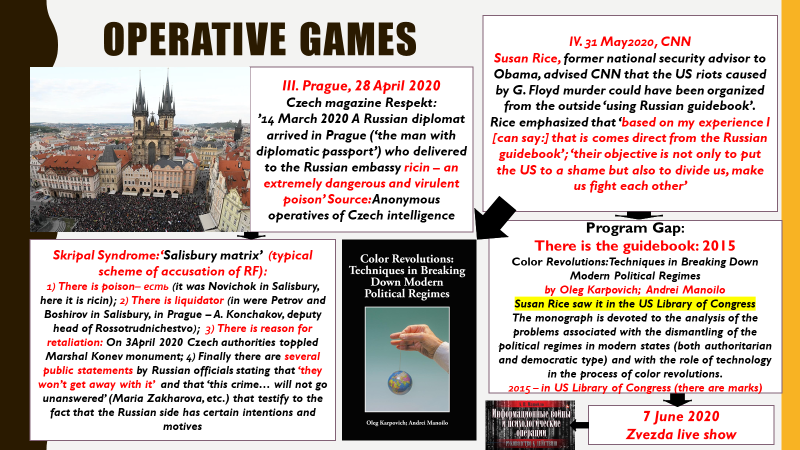
Fig. 3. Operative wargame examples (2020).
The first operative wargame is a rather simple (and therefore effective) four-move combination. The essence of the wargame is as follows:
– At stage one a foreign secret service behind the wargame creates a high-profile event (subject), to which the Russian side (in their opinion) cannot be react: On April 3, 2020 Czech authorities toppled the Marshal Konev monument provoking the Russian authorities to respond immediately;
– In response there was an immediate reaction of the Russian authorities in the form of a number of public statements by Russian officials claiming that ‘they will not get away with it’ and that ‘it’s a crime… and it will not go unanswered’ (Maria Zakharova at al.[16]) which testifies that the Russian side had certain intentions and motifs; and since the Czech side perceived them as a direct threat they immediately responded that the Czech side was threatened with reprisal;
– This, in turn, enabled Czech authorities and special services to arrange an information wave in Czech print media claiming that the ‘Russian special services were preparing for retaliation against all those involved with toppling of the monument’ having sent their action agents to the Czech Republic (one thing that remains unclear is who these agents are);
– On April 28, 2020 Czech magazine Respekt referring to its own sources in Czech special services (who demanded to stay anonymous) published a sensational announcement that as it turned out back on March 14, 2020 a Russian diplomat arrived at Prague (‘the man with diplomatic passport’) to deliver ricin to the Russian embassy – an extremely dangerous and virulent poison.
This news became a culmination point of the entire plot played out by Czech (and possibly American) secret services: Here’s the man – a courier who delivered the assassination weapon that ‘GRU’s assassins’ would use to poison those involved in hostile acts against the Russian Federation – ‘like against the Skripals.’ Czech public was in panic: The forms and methods for elimination of political adversaries were an exact match. Exact same thing like in Salisbury, except one thing: There it was ‘Novichok’ and here – ricin. Finally, there’s the conclusion: If they delivered poison to the Russian embassy then the ‘murderers’ were already in Prague and they were waiting for the right moment to execute the orders.
And the operative wargame was fully played using a template developed and tried by the British secret services in 2018 in Salisbury (known as the so-called ‘Salisbury matrix’):
1) Poison: We have it (it was ‘Novichok’ in Salisbury, here we have ricin);
2) Assassin: We have him (there in Salisbury they were Petrov and Boshirov, while in Prague – A.V. Konchakov, deputy head of Rossotrudnichestvo);
3) Cause for ‘revenge’: We have it: On April 3, 2020 Czech authorized toppled the Marshal Konev monument;
4) At finally there are direct threats on the part of Russian officials who promised retaliation to the guilty parties.
Another example of an operative wargame (right from the start) was a high profile statement by Susan Rice (in 2009-2017 she was national security adviser to Barack Obama) that she made on May 31, 2020 in a live CNN broadcasting. In that interview Ms. Rice announced that ‘the riots caused by the death of the African American George Floyd in Minneapolis could have been allegedly organized using the ‘Russian guidebook’[17], emphasizing that she was confident in the Russian connection in the US riots: ‘based on my experience I [can say that] this was also taken directly out of the Russian guidebook’; ‘their objective was not to simply put the United States at a shame but also to divide us, to make sure we fight each other’[18]. This scandalous statement by Susan Rice was referring to mass disorders and violence in the US in May 2020.

Fig. 4. Russian ‘guidebook’ for color revolutions in the US and Western European countries.
The statement by Susan Rice was apparently not an incidental improvisation; on the contrary it was an intentional act; at the peak of growth of pass protests in the USA which ensured that the statement enjoyed maximum effect. Now the Americans finally have found the guilty party that plunged the United States into the abyss of a color revolution: Russia turned out to be the enemy. All of this closely resembled the beginning of a new operative combination by American special services with the aim of hooking up with Rice’s revelations certain high ranking Russian officials (make them counteract) and thereby instill a thought in the American society that it was Russia that was chiefly liable for setting up the disorders and chaos after the murder of George Floyd. In this combination following portion of high profile accusations voiced by Susan Rice (the first fake news story) were supposed to be other accusations, at least as scathing, that were able not only to drive Russian authorities after several iterations to madness, making them ‘deny the truth’ and dodge and offer excuses. The final stage of that operation could be accusation of Russia of conscious disruption of national security of the United States and state-sponsored terrorism. The calculation behind was that the Russian side would never admit to the existence of such a guidebook and it would furiously deny everything while being dragged in the trap set up by the American intelligence.
However, these plans (if they even existed) by the American secret services were not destined to come true: Unexpectedly for Susan Rice Russian patriots managed to find the ‘Russian guidebook’ that Rice had seen while serving as national security advisor to President Obama and to which she referred in her interview with CNN. Such ‘guidebook’ was the monograph “Color Revolutions: Techniques in Breaking Down Modern Political Regimes” published by A. Manoilo and O. Karpovich in 2015 in the United States (Fig. 4)[19]. Apparently it was the book that Susan Rice saw at the Library of Congress of the United States (there is the corresponding mark in the library’s catalog) right at the time she served national security advisor to the President. As a result, the organizers of the operative wargame experienced a ‘game explosion’: They had counted on a completely different line of behavior on the Russian side. After the fact of ‘exposure’ of the ‘Russian guidebook’ was disclosed on June 7, 2020 during a live Zvezda TV show the US intelligence operation was put ‘on pause’; the story of accusations of Russia of plotting a color revolution in the USA ended without continuation.
Strategic Operations
Unlike operative wargames strategic operations of information wars normally have both a master plan and clearly designated targets for the near-term, mid-term, and long-term perspectives. The key criteria of their efficiency are their guaranteed achievement of strategically significant results, and not general ones (like in operative wargames) but results, for which the operations were initially engineered and planned. Classic examples of this type of operations are the Skripals poisoning case (started in 2018, Fig. 5) and Venezuela precedent (plotting of a coup d’état in Venezuela, its peak activity was in 2019-2020, See Fig. 8).

Fig. 5. The Skripals case (2018 – to date) is a classic example of a strategic type information operation.
The Skripals Case (2018-2020)
The operation by American and British special services in Salisbury (Great Britain), better known as The poisoning of Sergey and Julia Skripals case, is considered – to date – to be the most successful, technologically perfect, and meticulously performed information operation, which showed how exactly operations of this sort should be practically executed. This is the bets and practically reference example of conducting this type of operations of the strategic level. At the heart of all its cascade reactions was the one and only high profile incident: The attempt of poisoning former MI-6 agent Sergey Skripal (who perhaps was simultaneous former GRU officer) and his daughter Julia. No matter how we look at this case from the moral perspective, we must admit the first two stages of this operation (spring and autumn of 2018[20]) were meticulously executed: All the targets were hit by the perpetrators of this operation: all the ‘baits’ and ‘hooks’ were ‘swallowed’ by the adversary that did most of the job for the British spies, even without suspecting the same. Finally, the President of the Russian Federation was involved in the scandal: He personally vouched for Petrov and Boshirov (at the Eastern Economic Forum) which had become a big surprise for MI-6, as well as success, which they couldn’t have hoped for. Here is the detailed breakdown of the scheme and progress of this operation [6].
Reviewing this operation one can have an impression that the very operation started and was completed in 2018; at the same time, the Skripals themselves disappeared (according to some sources in 2020 they were dispatched to New Zealand). However, this impression is false: the operation by CIA and MI-6 was never stopped, even for a minute. In 2019 alone five episodes of this operation were executed by the British and American intelligence (in close cooperation with Der Spiegel):
– On February 8, 2019 the British tabloids Daily Mail and Daily Telegraph simultaneously announced that Petrov and Boshirov did not arrive in London alone; the third member of the ‘Salisbury group’ took the same flight – Fedotov; a.k.a. Sergeev according to British reporters), a sworn GRU officer and, possibly, a superior of Petrov and Boshirov. After the ‘misfire’ with assassinating the Skripals Fedotov stayed in Salisbury to overlook the developments (although he was supposed to take the same Aeroflot flight back, just as his subordinates). According to sources of Daily Mail and Daily Telegraph the afterlife of Fedotov (Sergeev) varies: Daily Mail citing its sources in the British criminal police assets that Fedotov, having made sure the Skripals survived and now they are beyond his reach, left Great Britain; Daily Telegraph citing its sources from the national intelligence service (MI-6) on the contrary noted that the British intelligence had no reliable evidence of the fact that Fedotov even left the territory of United Kingdom. Thus, the two print media outlets made a ‘fork’ having published two almost identical versions which vary diametrically in their final part, and thereby they hinted that Fedotov could possibly be the senior echelons of GRU (who became a fugitive) and who advised MI-6 of lead information of the forthcoming visit by Petrov and Boshirov to Salisbury (in order to have a heart talk)[21];
– On November 8, 2019 The New York Times citing its sources in secret services of four Western countries published information about the existence in the structure of the Russian military spy agency (which they habitually keep calling ‘GRU’) of a super secretive military base No. 29155 that specializes in plotting coups d’état and ‘out-of-court liquidations’ (political assassinations); the article asserts that this is the very military base where Petrov and Boshirov serve and these are the guys who almost whacked Sergey Skripal; it disclosed the name of GRU general who was in charge of that military base[22]. It turned out to be Major General Averyanov, in relation to whom the ‘information partner’ of MI-6 – Der Spiegel – published full fundamental data which were supposedly received from trained intelligence officers of CIA/MI-6 and their agency network as part of identification of the ‘suspect’; concurrently other leads were offered alluding that there is a network of ‘liquidators’ in Europe and that it was operated and controlled from a single center and which functions using the same principle as the terrorist networks ISIS and al-Qaida which are banned in the Russian Federation)[23];
– On November 23, 2019 two print media outlets – Der Spiegel and The Insider – published personal data (fundamental data) of eight employees of that very ‘super-secret’ military baes of GRU No. 29155, of which the German newspaper wrote on November 8th; personal data of each employee were shown in the form of a detailed check list and resembled the identification reports conducted by the British and American intelligence (it does not look like a journalist investigation) and legalized via its agency network surrounding Der Spiegel’ editor-in-chief (and possibly thanks to a direct arrangement with German intelligence that made the right phone call to the editorial staff of the German newspaper)[24]; and Der Spiegel and The Insider transparently hinted that they had fundamental data about all (or almost all) military servicemen of the military base, while publication of the eight forms was due to the fact that the newspaper simply could not fit greater number of exposures (physically); thus the British intelligence (and possibly the American intelligence) illustrated that it was able to identify each and every employee of the secret unit of GRU No. 29155, all the way down to an ordinary clerk;
– On August 24, 2019 Zelimkhan Khangoshvili, former Chechen guerilla fighter, was assassinated in Berlin by an unknown person. He was a former Chechen fighter who fought the Russian federal troops and who personally partook in setting up terrorist attacks; Western newspapers Bellingcat, The Insider, Dossier Center and Der Spiegel, without taking to each other, announce that the murder was a political one and that it was organized by the Russian military intelligence (and that it was not an assassination but a liquidation; and the liquidator was a GRU employee of military base No. 29155)[25]. German criminal police and counterintelligence took a cautious stance but by the end of November 2019 (almost concurrently with the sensational ‘exposure’ of military base No. 29155 by the investigative journalists of Der Spiegel) their stance changed to an accusation and as a result of the diplomatic scandal that broke out on December 4, 2019 two Russian diplomats were announced personae non gratae and were forced to leave the country[26];
– On December 5, 2019 the French newspaper Le Monde published the article stating that in the territory of France, in the French Alps a ‘secret base of GRU special force operatives[27] was discovered; and it read that the base was a place of assembly and recreation for GRU special force operatives who were inserted into various locations in Europe; and in that base Petrov and Boshirov would ‘rejuvenate’ (after successful operations) and that many of those employees of military base No. 29155, whose personal data were published by the investigators of Der Spiegel. The article by French reporters ended with the conclusion that in Europe GRU ‘terrorists apparently had resting bases and camps and the Alps base is most likely not the only one.
All the five episodes were developed independently and externally – independent from one another; so as to create the impression that the investigative journalists from the different newspapers almost simultaneously got on the track of GRU special forces operatives and they worked the ‘tracks’ perfectly having documentarily proven the assumptions that Western intelligence services cautiously voiced back in 2018 and in the beginning of 2019. Once the five episodes were leaked to mass media it had become clear that the plots had many crossing points and the only thing left to do was to connect the dots into one story, in which readers would be offered to adjudicate GRU as a terrorist organization, just like ISIS[28]. Hence the question: Where is the ‘point of assemblage’?
Such ‘point of assemblage’ at the very end of June 2020 was supposed to be the ‘sensational news’ published by The New York Times: On June 26 its observers citing their own sources from the US intelligence reported that the Russian military intelligence had been paying Taliban insurgents and their allies (in Afghanistan) to murder American soldiers. In the article “Russia Secretly Offered Afghan Militants Bounties to Kill U.S. Troops, Intelligence Says” (“American] intelligence reports that Russia clandestinely paid Afghan fighters to kill US soldiers [in Afghanistan]”) it was asserted that in order to kill American soldiers the military servicemen of that same military base No. 29155 had contacted Taliban fighters. And Petrov and Boshirov served in that military base; the latter, in turn, had been killing American servicemen ‘for the money given to them by GRU agents[29]. The motive of the crime was reported to be the desire of retaliation for persecuting GRU employees for the Salisbury incident[30].
According to the article authors the operating scheme of the Russian intelligence was very simple: GRU residents allegedly via rogue firms transferred funds to the accounts of Afghan business people affiliated with Taliban fighters; the latter, in turn, reported on arrival of the advance payments to Afghan fighters from groups close to Taliban; having received the information Islamic fighters killed a certain number of American soldiers (strictly in accordance with the fee paid for the life of each GI), and they provided proof of their filling to a ‘GRU agent’ and via the same channels they received the balance payment. Traces of these transactions were discovered by CIA, presumably in February 2020 – right after the United States entered into the peace agreement with Taliban fighters[31] (which partially leads to the true source of information received by the Americans). According to NYT sources from the US intelligence community in 2019 around twenty American military servicemen fell prey to GRU agent organized killings (although the article authors mentioned that not all killings could be unambiguously related to the ‘doings of GRU’)[32].
The accusation by NYT was more than serious: One thing is to poison ‘Litvinenkos’ who ‘flooded’ the decent Great Britain; E. Gebrev with the citizenship of Bulgaria (apparently a European, albeit of the second or even third grade); the Skripals – some more ‘Russians’ who had not even naturalized in their new home country; it’s a completely different story to deliberately murder genuine American citizens. And for the money paid to criminal elements (including international terrorists) for each scalp of an American soldier. Extirpation of American citizens is called terrorist, and the organization behind the killings of American soldiers is an international terrorist organization, just like ISIS or al-Qaida[33]. And that organization, according to the NYT reporters and anonymous American intelligence agents behind their backs, is GRU (Central Administration of the General Staff of the Armed Forces of the Russian Federation). This organization:
– Has its staff of hired assassins, special forces operatives, and terrorists, some of whom have been publicly listed[34];
– Has a special center where all these terrorists serve: the super-secret (even by the standards of GRU) military base 29155, the existence of which was established in November 2019[35];
– There are clandestine resting bases and caches in the EU territory used by terrorists to commit their terrorist attacks and raids (as an example the French Alps based discovered in 2019);
– There are travel routes of terrorist groups that left the bases for the missions or who returned from such missions to rest (such as the raid of Petrov and Boshirov to Geneva where they worked the ‘trace’ of Rodchenkov, foot surveillance of Skripal in Czech Republic);
– There are specific episodes of terrorist operations and attacks (the ‘liquidation’ of Khangoshvili in Berlin, attempts of ‘liquidate’ Gebrev in Bulgaria and Skripal in Great Britain, the attempted coup d’état and the attempted murder of Prime Minister of Macedonia, etc).
And the availability of the staff of subverted terrorists, resting bases, and route maps (of movements) of special forces units gives the ground to assets that in EU countries and possibly in other countries of the ‘collective West’ there is a GRU clandestine diversional group which by nature and functionality is no different than the similarly organized underground terrorist rings of al-Qaida, ISIS and Moslem Brotherhood. And it has been in operation for quite some time. Its attempts to extend its influence in the United States were probably suspended after the Maria Butina scandal. She was arrested in 2018 in the USA on accusations of ‘devising an espionage network’ and involvement of high ranking American politicians and military in that network[36].
It becomes clear what that fake news story was all about. The scheme behind this combination is simple:
– After the ‘assembly’ of the entire ‘construct’ in one point GRU would be declared an international terrorist organization and included in the US list of terrorist organizations;
– Heads of GRU are acknowledged as terrorist leaders (heads of an international terrorist organization, the status of which is equaled to al-Qaida and ISIS);
– All direct superiors of GRU senior officials are also leaders of international terrorists, including the Minister of Defense, whose direct subordinate is the Head of the head office of the General Staff of the Armed Forces of the Russian Federation;
– By way of unpretentious debates in Congress (‘could the President of the Russian Federation know about the wrongdoings that were taking place in GRU on his behalf’) the President of the Russian President could join the ranks of terrorist leaders and their allies;
– And then all these persons would be brought to the effect of the USA Freedom Act (2015) – the law which allows out-of-court liquidation of leaders of international terrorist groups that kill US citizens.
The consequences of this decision are clear. It is possible that under the auspices of the grand rehearsal on January 3, 2020 the Iranian general Qasem Soleimani was assassinated. In the US he was considered to be the Middle East’s “Terrorist No. 1”; his murder was legitimized by the USA Freedom Act. At the moment of his death general Soleimani was on his way from Baghdad airport; he was not hiding from anyone as he’d arrived in Iraq with a diplomatic mission; he had his diplomatic passport in his pocket which granted diplomatic immunity. However, neither the diplomatic immunity nor the diplomatic passport enabled him to avoid a missile strike against the Iranian general’s cortege on Donald Trump’s orders; 11 people were killed along with Qasem Soleimani.
It is difficult to say as this plan, a very realistic and very well calculated, has never been executed: In the very last moment it was ‘put to a halt’ probably because they decided it was not yet the time. It could be that the US presidential campaign which was gathering pace had an impact on it by switching attention of Donald Trump to fighting internal adversaries and leaving him no time to meddle with intrigues against the Russian Federation. It is no coincidence that NYT sources from the US intelligence community noted that the information about GRU operations in Afghanistan was received in the beginning of February 2020, yet all this time it has been left ‘unmoved’ as the US President Donald Trump ‘did not know what to do with it’[37]. It is also possible that by the time NYT published the first fake news about who exactly was killing American soldiers in Afghanistan the US senior management had a new plan with Navalny poisoning – an operation which was more promising from the standpoint of provoking the Russian leadership and from the standpoint of involvement of Germany – former Putin’s advocate – in the anti-Russian operations. Germany has been against partaking in going after Russia together with the British and Americans. If this is the case it becomes clear why the Afghanistan case was paused: the operative combination with Navalny poisoning was engineered using exactly the same scheme of 2018 Salisbury incident; it had to lead to the same result sometime later, i.e. it would become the ‘assemblage point’for the entire Skripal case (where ‘Afghanistan’ would be yet another episode), only with a wider scale operative potential.
One of the content results of the Skripals poisoning case was blocking by the United States, Great Britain, and their coalition (and India which is a ‘friendly’ state of Russia was one of the coalition’s members) of nomination of the Russian candidate (A. Prokopchuk) for the post of Interpol’s chief in November 2018. The Russian candidate was supposed to take up the position automatically – by rotation (the voting procedure as stipulated was formal in nature as in 2018 it was Russia’s turn to ‘chair’ the Interpol) but he was not allowed to get elected: Russia was accused of the allegation that Vladimir Putin especially wanted to have ‘his man’ in charge of Interpol (super close confidant) in order to ‘gain access to secret Interpol database containing data about politicians from around the world (personal data of all the Western political elite) and then poison (‘Novichok’, ricin, and radioactive polonium) its political opponents and mere insulters the world over just ‘as Skripals[38] – wherever they were located[39]. As a result, a number of countries including the US, Great Britain, etc. stated that if the Russian candidate Alexander Prokopchuk[40] were to take on the position of Interpol director they would withdraw from that organization (terminate their membership, funding and any participation in its work). As a result, Russia being under unprecedented international pressure was forced to give in and waived its legitimate right to nominate its candidate for that position. The scheme of that operative combination is shown in Fig. 6.
In order to achieve that a large-scale defamation campaign was launched against А. Prokopchuk and it was targeted at two directions:
- a) Direct defamation of А. Prokopchuk as a highly dangerous person: by way of labelling him (highly dangerous criminal who was potentially involved in ‘GRU’s operation’ in Salisbury; former KGB ‘spy’ and SVR ‘spy’; ‘Putin’s agent who spills to him information about the location of the Russian President’s ‘enemies’);
- b) А. Prokopchuk’s defamation via demonstration of his close (‘family’) ties with the camarilla (‘acquainted with Petrov and Boshirov’) with the purpose of persuading everyone that Prokopchuk was also liable for the incident in Salisbury; it is not incidental that V. Cable, a leader of liberal democrats in Great Britain announced prior to Interpol chief’s elections that ‘his [Prokopchuk’s] election would be an absolute insult for the victims of Salisbury terrorist act[41]. This is how Prokopchuk in the view of western community became a person closed related to Petrov and Boshirov, and related to Putin in terms of their common past in the USSR’s KGB.
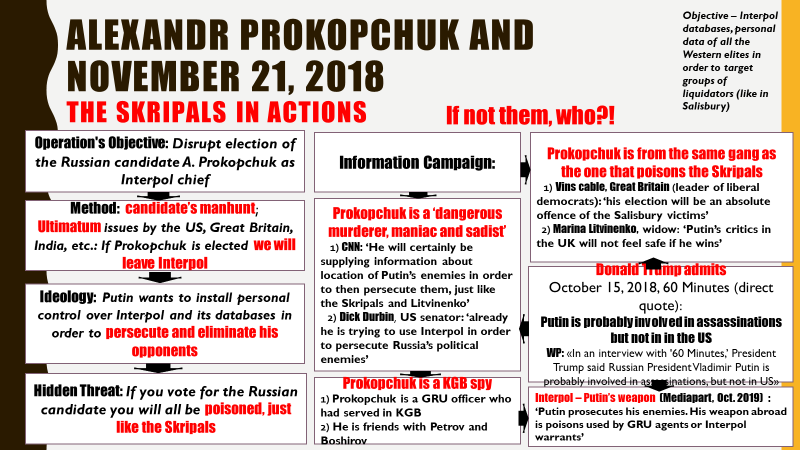
Fig. 6. Scheme of defamation of the Russian candidate during the 2018 Interpol chief elections.
The Prokopchuk defamation campaign culminated in the following slogan: “If you vote for Prokopchuk you will all be “… poisoned like the Skripals.” In fact it tipped the scales for the majority of voting countries in favor of the South Korean candidate.
Those who continued to dither were shown Donald Trump’s statement which he made approximately one month prior to the elections (October 15, 2018) in his interview with the 60 Minutes show[42]. He said he admitted that ‘Putin was likely involved with murders but not in the United States[43]. The set of slogans used in the defamation campaign is shown in Fig. 7.

Fig. 7. Set of slogans under which the 2018 A. Prokopchuk defamation campaign was conducted.
In the latest practice of information operations the Prokopchuk case is a great example of how a political myth shaped around the Salisbury incident can be used as a tool of information war against Russia – and to achieve specific goals. In fact, the anti-Russian ultimatum was triggered by one fake resonance phrase: If you vote for the Russian candidate you will all be “… poisoned like the Skripals.”
Venezuela Precedent
Yet another example of a strategic operation is the so-called Venezuela precedent – the operation of plotting a coup d’état in Venezuela (toppling of the regime of Nicolas Maduro), the peak activity of which was in 2019-2020 (See Fig. 8). In the core of this operation was the latest and revolutionary in its meaning and execution hybrid technology of plotting a top-down coup d’état which came to be known as Venezuela precedent. It was a coup d’état set up the political elite and it was extremely carefully and validly executed. The political elite had assets abroad; and this technology for the first time showed exactly how attempts to agree upon a transfer of power into the hands of a new leader with elite groups (a ‘top-down coup d’état’) can be coupled with technologies of setting up large-scale protests (‘color revolutions’) aimed to divert the attention of the country’s president (and all his resources) to useless (in this case) search for a ‘single command center’ that controls the protest (which in reality did not exist in the implementation of that scenario of color revolution) [7]. Temporary thrashing of this technology in August 2019 (relating with a failure of the CIA agent penetration into the entourage of Nicolas Maduro [9]) did not result in the US refusing from further regime change operations in Venezuela; most likely one should say that it was ‘suspended.’ During this pause the American specialists developed their Plan B and Washington had the time to finally lay their hands on Bolivia (which was at the top of the stop list following Venezuela, Cuba and Nicaragua): In November 2019 a coup d’état took place there; in terms of its technical execution is was similar to the Venezuela precedent in the aftermath of which the nation’s legitimate president Evo Morales under duress of the army had to flee the country[44].
The attempt to revive this operation by announcing the bounty for Nicolas Maduro and his closest allies (the so-called Barr List – stage II of the US operation in Venezuela) and the call to the Venezuelans to hand over the ‘drug terrorists’ to the American righteous court (the new term for specially coined for that) were effectively canceled at the onset of the US presidential campaign; because of its intensity Donald Trump had no time to deal with the Chavists. The attempt to capture and deliver to the US as a result of debarkment of an armed group of special operatives (including two former bodyguards of Donald Trump – employees of the US Secret Service and one current agent of the US Drug Enforcement Administration) on Macuto beach (the so-called Gideon Operation) ended when militia of the Bolivarian people’s police who patrolled the beachfront and special operations soldiers of Diosdado Cabello from the ambush shot away at point blanc the hapless special forces operatives right at the time of their debarkment: It later turned out the Chavists were aware of this operation ahead of time (either via Cuban intelligence that has its agency network in Miami where the very operation had been prepared in the headquarters of MPC Silvercorp. USA or the American intelligence intentionally leaked information to Diosdado Cabello with the purpose of his ‘rehabilitation’ in the eyes of Nicolas Maduro [11]). This diversion and police operation – the attempt of Silvercorp hired guns (the total count of 12 persons) to hurriedly capture and arrest Maduro – does not hold up to scrutiny. It looks absurd and ridiculous. That is how it is viewed by most military and civil experts. However, if one assumes that the genuine target of this operation was not to capture the Chavists (using Noriega’s example) and the agent cover-up operation, during which Diosdado Cabello who was incriminated in August 2019 of having close contacts with CIA operational director had the chance to ‘reinstate trust’ of Nicolas Maduro, having shot the special forces operatives with his own hands, and three of them were US citizens (then there would be no way back for him as he’d have ‘blood of American soldiers’on his hand) then in this light Gideon Operation, on the contrary looks like the pinnacle of operational art – a well-choreographed play, in which the fighters of PMC Silvercorp and their J. Gaudreau were utilized ‘in an unwitting fashion.’
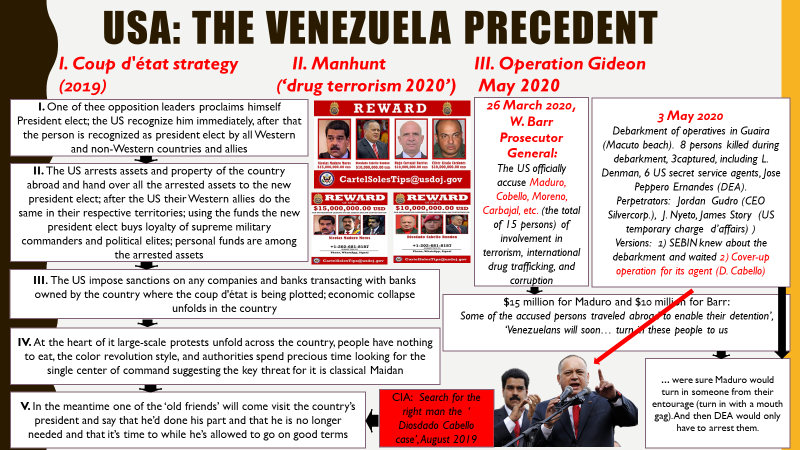
Fig. 8. Venezuela precedent (2019-2020) as yet another example of the US strategic information operation.
Barr’s List and Gideon Operation, even though they did not change the destiny of Nicolas Maduro and his regime, still gave birth to a dangerous international precedent: For the first time since Noriega’s kidnapping (1989) the US announced the legitimately elected president of a country – UN member – an international terrorist and awarded a bounty on his head (Fig. 9). This incident was generally ‘swallowed’ by the international community, just as the statement by Donald Trump about the intention to apply direct terror measures against Venezuela – the start of an ‘anti-drug and terrorist operation’ which provided for a wide-range use of armed forces by the countries – members of the operation (the United States intended to forge an extensive international coalition ‘of will’, the same as they did back in the day for the invasion of Iraq), however, formally being a ‘police action’ (since there was no talk about a capture and occupation of the sovereign state, the purpose being only to ‘find and capture the drug traffickers.’).
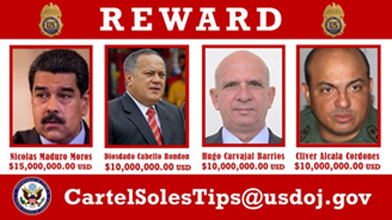
Fig. 9. The US officially offered an award for the handover of Nicolas Maduro – live or dead.
From this moment on it became clear that direct intervention of the US in internal affairs of any sovereign state only required to announce an ‘international police operation,’ the object of which would be new-type criminals – ‘drug terrorists,’corrupt officials and their allies; including possibly alleged ‘poisoners’ of the Skripals and Navalny.
Venezuela Precedent (Continued): Belarus Spring as a point of assemblage of the latest practices for setting up new-type color revolutions
Belarus Spring 2000 (a color revolution in Belarus) is an attempt of a coup d’état featuring marked and well identifiable ‘color’ technologies subjected to hybridization. They have become a ‘point of assemblage’ of the ‘best practices’ for setting up color revolutions in the territory of ex-USSR countries. The organizational scheme is shown in Fig. 9.

Fig. 9. Belarus Spring 2020: The scheme for plotting a coup d’état – the exact copy of Venezuela Precedent 2019.
The overall scheme of setting up a color revolution in Belarus is a copy of the Kiev Maidan 2013-2014 yet there were certain modifications introduced in the baseline scheme. For instance, the technologies for communications and coordination of the protest groups (including those using WhatsApp and Telegram messengers) were borrowed from Hong Kong in 2019-2020. (Fig. 10, left section of the image); the technologies of conflict mobilization around a non-political agenda (more effective and succinct than direct political appeals) were borrowed from the Yerevan ‘electro-Maidan’ in 2015; the coup d’état scheme was exact copy of Venezuela Precedent 2019 (Fig. 10, right section of the image). In essence, this was an expertly crafted mixture (hybrid) of Hong Kong and Venezuela. And all this is happening at the background of certainly uneasy relations of Belarus authorities and the United States (Fig. 11).
‘Swarm’ Tactics
The active stage of the Belarus protests began on August 9, 2020 – right after the vote count at the national presidential elections. As soon as the first vote count is out the opposition immediately claim the elections are not legitimate and call for their supporters to take it to the streets. Minsk and all the other large cities are engulfed with the wave of protest, the aggression of which begins to focus on the police who are in their way to express ‘popular will.’ In Minsk and other large cities the protests occur ‘cut and dry’ – with no preliminary ramp-up of society; the masses of people are taken to streets by specially trained opposition activists. In the cities where opposition political operatives were too slow to join the process (not enough activities) as, for instance, in Vitebsk the mobs that spontaneously took it to the streets began to lose temper and disperse; on the wane of activity they are taken over by activists and political operatives who are rushed to Belarus from Ukraine and Lithuania. And no Maidan (a permanent camp) a-la Kiev Maidan in 2013-2014 is constructed by the protesting masses: Everyone remembers the Cornflower blue Revolution of 2006 where Maidan was a ‘weak link’ of its organizers. Instead of one permanent camp that can be easily blocked and torn apart the organizers use the ‘swarm’ tactics (like bee swarms): They operate swarms of excited people directing them to various points of the city thereby creating a feeling of plurality of simultaneously occurring ‘outbreaks of fire’ (with no epicenter of the ‘fire’ itself) which are impossible to localize. And the swarms when confronted by the intercepting forces of law and order immediately draw back and are deployed in a new object (street, square); special police forces (OMON, etc.) that are trained in dispersing mobs in head-on frontal attack or dispersing a Maidan turn out to be completely unprepared for this new ‘maneuver war’ with the opposition; their forces are quickly scattered and there is a need to block several streets, squares, lanes, etc. at the same time where at any moment one of the ‘swarms’ of protesters can pop up. All of this saps the not so numerous forces of police and special police forces. As a consequence, a situation inevitably occurs where a handful of police is confronted by the aggressive mob that unexpectedly shows up in a new location, while their peers deployed elsewhere in the city are simply unable to come to rescue on time.
As a result of this mobile control and management of human flows that are already on the move the ‘swarm’ becomes denser and its certain flows shape an aggressive mob which is not different from the mob of Maidan (a permanent camp). This is exactly what happened in Belarus in 2020: the swarm quickly turned into the aggressive mob that began to transition from large-scale political protests to mass disorders, and importantly in accordance with the Ukraine scenario of 2013-2014: The Kiev Maidan scenario with its ‘unknown snipers,’ ‘the Heavenly Hundred,’ and Berkut special force operatives brought to their knees. A little more time and the point of no return would be crossed: On the video footage of the first clashes of the protesting masses with the police (militsia) one can see that the ‘activists of the new Belarusian Maidan’ carried metal bars; and where there are metal bars the next thing to expect is firearms. This means blood will be shed on both sides.

Fig. 10. Belarus Spring 2020: Scheme for coordination and control of the protesting masses that copies Hong Kong 2020.
Protest Coordination and Management System
Any ‘swarm’ requires operative control; network-type forms of communications based on WhatsApp and Telegram messengers increasingly played the role of operative control instruments, coordination, and communications in the Belarusian protests of 2020. And protest groups and communities were formed based on WhatsApp. They were afterwards transformed into tactical units; ‘Nekhta’ Telegram channel (‘someone’ – translation from Belarusian language) is used by the opposition leaders as a tool for direct operative management of certain specific protest groups (part of the ‘swarm’) as a channel of communications with onsite protest groups, as an aggregator of operative information and, at the same time, a megaphone of anti-government propaganda. The Central Group of Psychological Actions (Centralna Grupa Dzialan Psychologicznych) of Voisko Polskoye (Polish military intelligence) is the one in charge of the ‘swarm’ (and, to a lesser extent, DGB of Lithuania).
When the Internet is cut off the opposition activists deploy programs like FireChat (instant messaging systems operating without the Internet) and file sharing services like AirDrop that have become widely popular during mass protests in Hong Kong; videos from the sites of clashes of protesting masses with OMON filmed on mobile phones are delivered by couriers to the embassies and consulates of Poland and Lithuania equipped with satellite communications devices; hours later these materials are posted on ‘Nekhta’ Telegram channel whose editorial staff is headquartered in Poland (Fig. 10).
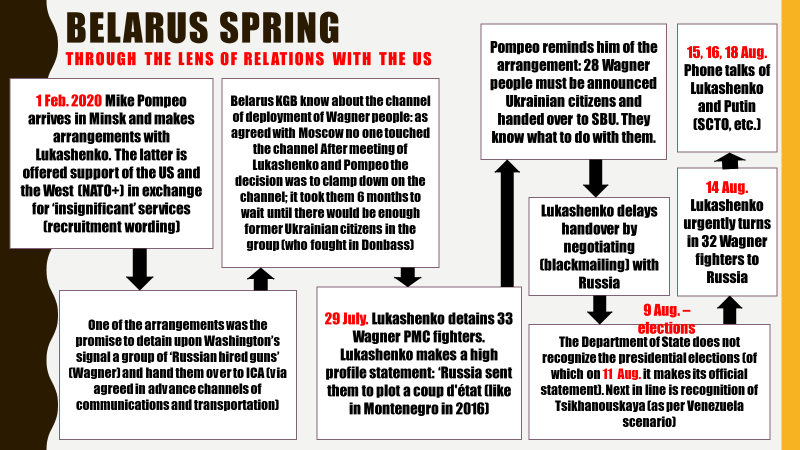
Fig. 11. Belarus Spring 2020 through the lens of relations with the US (reconstruction of events preceding the ‘Maidan’).
Forceful Suppression
In this situation Belarusian authorities take the course of hard-edged forceful suppression of the protests. Of course, this decision left room for doubts: But it was the right one. As a result of this hard-edged reaction the opposition changed its tactics: from aggressive assault of the police (with metal bars and other ancillary devices) to ‘peaceful’ (deliberately non-violent) protests which were easier to cope with. However, the ‘swarm’ that lost its aggression has gained immediately in the numbers: People who were scared by the uncontrolled aggression of both sides had been lured by the ‘peaceful’ protests. The pace of development of the ‘color revolution’ slowed down but the ‘revolutionary situation’ grew more dangerous.
Anti-campaign
In response the protest organizers focused on setting up person-oriented terror against law enforcement officers and employees that participated in suppression of the protests and their family members: Following the example of their Ukrainian ‘mentors’ from the Right Sector»[45], Belarusian radical opposition members were posting personal data of OMON police recognized by opposition activists, including their current places of residence. The purpose of this was to make the law enforcement officers feel unprotected and vulnerable in relation to the radical opposition: Now their families were in ganger, not only them, and their families were basically taken hostage. At the same time, an ‘anti-campaign’ was launched in the trenches of police: They were demanded to stop resisting and to move over to the ‘side of the people’, otherwise ‘the same thing would happen to them as with the Ukrainian Berkut fighters’ who had been dumped: Also they are told that unlike their superiors who already have possible ‘refuge houses in Rostov’ ordinary fighters had nowhere to flee (Fig. 9).
Malicious Takeover
In the midst of large-scale protests that distracted authorities from processes taking place ‘in the back burner’ a network of the so-called ‘strike committees’ was being launched in Belarus by the opposition in order to coordinate the so-called ‘all-Belarus strike.’ These strike committees are becoming the tool for takeover of political power from the state: Those in charge of strike committees claim they are now the power (Fig. 9). As a result a parallel system of management is being built in the country: A legitimized duality of power; this system of ‘new authorities’ is a copycat of the councils (soviety) of peasant- and soldier deputies, which took over political power in Russia in the spring (March-April) of 1917.
Tsikhanouskaya Playing Guaido 2.0
Detailed matching of the scenario of a coup d’état in Belarus with the scheme employed in Venezuela Precedent demonstrate emergence of the opposition leader Svetlana Tsikhanouskaya in the game played by Western special services; her role fully replicates the ‘path to power’ of her predecessor – the Venezuelan opposition leader Juan Guaido. If one replaces Guaido with Tsikhanouskaya in Venezuela Precedent, and Venezuela with Tsikhanouskaya one would observe an almost exact match of both scenarios of plotting coups d’état, not just the story lines but specific details.
Thus, Svetlana Tsikhanouskaya proclaimed herself the leader of Belarus opposition after her husband – the blogger Tsikhanouskiy who claimed he had presidential ambitions (on May 7, 2020) had been put to jail. Unlike Guaido she is a random person: Tsikhanouskaya has no prior political experience and she has never been in politics before. However, her decision to become the new leader of the opposition and her presidential ambitions fully matches the opportunistic moves of Juan Guaido. Svetlana Tsikhanouskaya refused to recognize the results of 2020 elections where she had 3% votes; She calls for opposing the ‘usurper’ Alexandr Lukashenko and almost immediately (on the second day after the elections) apparently for fear of liability for her words she flees to Lithuania: On August 11, 2020 the head of Lithuania’s Ministry of Foreign Affairs L. Linkyavichus stated that ‘Svetlana Tsikhanouskaya was in a safe place’[46]. On this background Guaido looks more courageous: Despite a real threat of arrest he stayed in Venezuela for the entire 2019 which was a critical year for him.
Once in Lithuania Svetlana Tsikhanouskaya created the so-called ‘Coordination Committee to Organize the Process of Overcoming the Political Crisis’ – an authority to ensure the transfer of power. This is proclaimed in the statement of Tsikhanouskaya’s staff dated August 14, 2020.[47]. In terms of its structure and nature this ‘council’ very much resembles the Group of Friends of Syria’ or ‘Guaido Government’ with his ‘presidential appointees’ (‘ministers’). If necessary, the ‘council’ can be easily transformed into the ‘Government’ of Belarus (in exile) headed by Tsikhanouskaya (playing the role of the so-called ‘elected president’). There is however, a slight problem: For a complete match of the Belarussian and Venezuelan scenarios Svetlana Tsikhanouskaya had to proclaim herself the ‘elected president’ of Belarus (just like Juan Guaido did in 2019 n Venezuela). This is in fact was happened on August 27, 2020 (in the interview with Germany’s Bild)[48]. This statement by Svetlana Tsikhanouskaya was preceded by her recognition as ‘president elect’ by Lithuania’s Seim (On August 10, 2020)[49] and meetings at the ‘highest level’ (as per the presidential protocol) with the leadership of Germany (October 6, 2020) and France (September 29, 2020).
The continued story with Svetlana Tsikhanouskaya following ‘Venezuelan scenario’ provides for several key subject lines:
– Recognition of Tsikhanouskaya by the US and their military and political allies as their only legitimate President of Belarus (this has not yet happened); after this the United States and after the US its allies state that all foreign assets of Belarus belong to the ‘people of Belarus’ not the ‘Lukashenko regime’ and now the people have their legitimate president –Svetlana Tsikhanouskaya; after this all the state assets of the nation abroad (bank account, property, contracts) and privately-held assets of Belarusian elites are arrested and handed over to the ‘opposition’ that immediately turn into resource-backed politicians;
– Then Belarus politicians and officials would receive proposals ‘to hand over Alexandr Lukashenko’ in exchange for returning their arrested personal assets and – possibly – ‘security guarantees’ (like in Venezuela Precedent);
– The US would probably do the same as back in March 2020 in Venezuela and would offer a bounty for handing over Alexandr Lukashenko – in the same amount of USD 15 million (just like in the case of Maduro).
After that – just like in Venezuela in 2019.
The Use of Resources of International Organizations: Operative Combination in the United Nations
On September 4, 2020 at the initiative of Estonia the UN Security Council was convened for its ‘unofficial meeting’ in the online videoconference format. The agenda was Belarus; unfair elections, breach of human rights, prosecution of opposition. At the videoconference of the UN Security Council Svetlana Tsikhanouskaya calls for the international community to impose sanctions against those involved in violation of human rights in Belarus and send a ‘monitoring mission’ to the country’[50]. Among the requests suggested by Svetlana Tsikhanouskaya were as follows: ‘hold fair presidential elections,’ ‘termination of repressions and bringing to liability their organizers,’ ‘release of political prisoners.’Concluding her speech, she demanded a ‘special meeting of the UN Security Council’ to discuss the situation in Belarus regarding ‘observance of human rights.’[51]
The last claim of Tsikhanouskaya (to convene an extraordinary meeting of the UN Security Council on the elections and observance of human rights in Belarus) is especially remarkable: This is a good reason for launching a new information operation (an operative combination).
Let’s suppose the US took a hard stance regarding the past elections in Belarus and it demands support of Svetlana Tsikhanouskaya and convening an extraordinary (special) meeting of the UN Security Council. At that meeting Tsikhanouskaya could demand the following:
– Cancel the elections and under international pressure demand that Alexandr Lukashenko announce the ‘third round’ of elections (just like in 2004 in Ukraine where Viktor Yushchenko won the ‘third round’ of elections);
– If the ‘third round’ of elections is pushed through at the UN Security Council demand official recognition of Alexandr Lukashenko as illegitimate (due to multiple falsifications), demand his ‘disqualification’ (‘remove from the race’) and give the ‘’victory’ to the candidate who ranked second following him; in this case victory in the elections is automatically granted to Svetlana Tsikhanouskaya who scored around 3% votes of Belarusian constituency – and she immediately becomes ‘president elect.’
However, this combination did not work – apparently the US presidential campaign stood in the way. Yet the US still have possibilities to execute this combination.
Belarus Spring as a consequence of failure of Wagner Operation
One of the reasons of the color revolution in Belarus is the uneasy nature of relations between Alexandr Lukashenko and the United States. At the beginning everything went quite harmoniously: On December 24, 2019 Alexandr Lukashenko stated that ‘the West and NATO would not let Russia breach the country’s sovereignty’[52]. Normally such statements are not spontaneous (and apparently this was no slip of the tongue a-la Dr. Freud) but only if all the support measures offered by the West and NATO are discussed in detail with their representatives, and only in case the West indeed provides guarantees of ‘protection’ of the Republic of Belarus from the Russian Federation[53].
Further reinforcement takes place on February 1, 2020 when the US Secretary of State Mike Pompeo flies to Minsk on a working visit. At the meeting with Alexandr Lukashenko he promises to support Belarus (the Republic of Belarus) in it strive to protect its sovereignty and independence of Russia (it is exactly when they were discussing the supplies of liquefied gas from the US – in case Russian begins to deploy its ‘pipeline diplomacy’[54]); in return it requests Belarusian authorities from time to time to provide ‘insignificant’ but valuable (for mutual relations of the parties) ‘services.’ One of the arrangements is presumably the promise upon signal from Washington to detain a group of ‘Russian mercenaries’ (from the so-called ‘Wagner Company’) and hand them over to the US (using the communications and transportation channels agreed upon in advance). This is in fact what happened on the night of July 29, 2020 when KGB of the Republic of Belarus (Group A) detained 32 Russian citizens (and one Belarusian citizen) – presumably the ‘Wagner PMC fighters’ who had arrived in the country prior to the presidential elections to plot ‘a coup d’état’[55] (like in Montenegro in 2016)[56] (See Fig. 11). Right after the detention Alexandr Lukashenko called an extraordinary meeting of the Security Council of the Republic of Belarus where he demanded that Moscow provide official explanation as to ‘the detained fighters.’
A few hours later (around 9 pm Moscow time) Belarusian mass media (Belarus-1 television channel) publish fake news from one of the employees of Group A of Belarusian KGB who took part in the capture of the Russian citizens. He asserts that at the time of detention the Russian fighters demanded that they are released citing ‘their past experience in the Russian securities and law enforcement agencies’: ‘at the time of detention certain figurants appealed to the Russian citizenship, as well as their service in various Russian law enforcement agencies in the past as grounds for their release from administrative and criminal liability’[57]. And the KGB officer of the Republic of Belarus wished to stay anonymous; on the photos his face was masked by a balaclava and his voice was changed[58].
According to the KGB officer of the Republic of Belarus ‘this operative and combat activity [capture by the Belarus KGB of 32 Russian citizens who were travelling by transit through the republic’s territory] was planned and conducted accounting for confirmed operative information about the experience the suspects had in local armed conflicts’; i.e. KGB of the Republic of Belarus knew about their arrival. The next day (July 30th) the Central Electoral Commission of the Republic of Belarus stated that this group of fighters was not the only one and concurrently two more similar groups were being formed near Pskov and Nevel. These groups were designed for deployment in the territory of Belarus with the purpose of ‘destabilization of political situation in the country in the pre-election period[59].
KGB of Belarus of course knew about the channel of deployment of ‘the Wagner people’: a group of 32 Russians (and one Belarusian person) intercepted en route allegedly to one of the Middle Eastern countries, of course, is not the only one that lately used this route[60]; upon arrangement with Moscow this channel was spared[61]. However, after the meeting of Belarus leader with Mike Pompeo it was apparently decided to close this channel; and for nearly six months (from February 2020 until July 2020) they have been waiting for the time when there would be enough former Ukrainian citizens there (from Donetsk and Lugansk) who’d been fighting on the side of Donbass.
Presumably the US plan was as follows:
– Wait until group uses the channel when there are sufficient former Ukrainian citizens who’d fought in Donbass (all of them now have Russian passports but for most countries of the world – including Belarus – they are still considered Ukrainian citizens who have been fighting against this country with weapons in their hands); there were 9 such persons in the group (the total number of those who have been fighting in Donbass was 28);
– Capture the group using KGB of Belarus accusing them of mercenarism and plotting a coup d’état in Belarus;
– Claim the intention to turn in the ‘Ukrainian citizens’ (despite their Russian citizenship) to Ukrainian authorities (i.e. SBU where they would be gladly shown to FBI investigators) and thus present Russia with a hard challenge:
- a) Either pretend these are not ‘Wagner fighters’ but ordinary tourists and leave things to chance, clearly understanding that handing over the 28 detainees to the Ukrainian side (of which 9 are former Ukrainian citizens) they would face reprisal[62];
- b) Or try and release these people from the hands of KGB of the Republic of Belarus, at all costs, until they are turned in to SBU and provide exhaustive evidence of their alleged employer – ‘the Wagner Group’ – as well as about connections of that ‘employer’ with the Russian Federation.
Both these scenarios are bad:
– In the first one they would say that Russian leadership simply gave up on their citizens simply dumping them and proving that the ‘we never give up on our people’ motto is worthless; and FBI investigators would gain free access to the detained citizens and they would receive comprehensive testimony of the so-called Wagner Company; the next step for the United States is to officially accuse Russia of covering mercenaries based on specific witness statements;
– In the second one the detained Russian citizens bound for turning into Ukraine[63] would have to be forcibly returned which is a dangerous ‘excessive act’ or a direct trap which has apparently been already prepared by the US special services.
This operative combination is a classical zugzwang or ‘fork’ set up for the Russian side by the US secret services: It is not incidental that on July 30, 2020 the Federation Council of the Russian Federation compared the capture of the group of Russian citizens in the Republic of Belarus with the ‘Skripals poisoning case – the operation similarly executed by the American and British special forces[64]. This trap was supposed to be slammed right before the presidential elections in the Republic of Belarus, which would apparently signal their recognition by the United States and other Western countries. But something went wrong.
Instead of turning in the detained ‘Wagner people’ to Ukraine Alexandr Lukashenko despite initial intentions[65] procrastinates with the move and, possibly, start negotiating: On August 6, 2020 he orders to ‘invite to the country Prosecutors General of the Russian Federation and Ukraine in order to ‘figure out the situation with the detained hired fighters’[66] (the Ukrainian side practically immediately states no invitation was received by it). And he angrily repels the assumption that American Special Forces are involved in his game: “Do not try to scare us with Americans or NATO. It were not the Americans and NATO people that sent 33 people here, at the very least.”[67]. And the elections are three days from now.
At this moment (and possibly a little earlier) the US apparently start losing patience and for the last time they hint at Alexandr Lukashenko about the ‘need to stick to the arrangements made’ and, probably signal the preparation of large-scale protest actions in the country – in order to launch color revolution (special services of a number of Western and Eastern European countries are activated, so is Belarusian opposition). In response to that, in the morning of August 9, 2020 Alexandr Lukashenko announces that he arranged everything together with Vladimir Putin: ‘He received from the Russian colleague a letter laying out all the facts regarding the detained fighters’, he read it several times and now he ‘did not exclude that the entire situation with the fighters could be potentially provoked by a third party[68]. I.e. the United States. This means a radical U turn in the stance of Belarusian authorities, which found themselves sin the situation of unfolding color revolution, back to Moscow.
On August 9, 2020 the presidential elections in Belarus take place; the United States did not recognize them, of which on August 11, 2020 the US Department of State made the corresponding official statement. Next in line was recognition of Svetlana Tsikhanouskaya ‘president elect’ of Belarus (the exact copy of the Venezuelan scenario).
In turn, Kiev on August 12, 2020 still officially requested Minsk to turn in 28 detained citizens of ‘Russia and Ukraine,’ 9 of them according to the Ukrainian side had Ukrainian citizenship[69]. In response to that the Russian mass media citing their own ‘informed sources’ reported that the handover of 32 Russian citizens detained by Belarusian authorities would possibly take place ‘before the end of the week’[70]. On August 14, 2020 the Russian citizens detained in Belarus were rushed back to their home country; no official excuses followed from Minsk before the return.
On August 15, 16, and 18, 2020 Alexandr Lukashenko held telephone negotiations with Vladimir Putin; they were talking about reinstatement of allied relations between the two countries and about military support of Belarus on the part of CSTO in case there is an attempt to overthrow the authorities of the country through violence. According to statements by the Belarusian side (press service of the President of the Republic of Belarus) Presidents of Russia and the Republic of Belarus agreed that ‘in case of escalation in the part of external threats the parties would react together in accordance with the provisions as stipulated for by the Collective Security Treaty’ and that ‘upon first request Russia would assist Belarus in terms of ensuring security in case of external military threats’[71]. This is how the ‘Wagner people’ story ends and another story – the color revolution – begins.
Technologically the Wagner operative combination is ‘bait hunting’: The ‘bait’ in this combination was the Russian citizens captured in Belarus and classified as the so-called ‘Wagner Company.’ It was apparently planned to use this ‘bait’ in order to catch certain officials or representatives of the Russian Federation; radical time shortage which makes the ‘manhunt object’ (Russia’s leadership) hurry and it ensured a threat of turning in the detained person to SBU – a threat that looked more than realistic. The start of operation was only 10 days prior to the presidential elections in the Republic of Belarus (August 9, 2020) and this put the main perpetrator of the combination – Alexandr Lukashenko – under time pressure: Initially by the start date of the operation he had an arrangement with the US Secretary of State Mike Pompeo, however, the short time lag was supposed to remove Alexandr Lukashenko’s ability to maneuver between the two powerhouses (the US and Russia) and to try and change the rules of the game as it was progressing (the American intelligence made the right calculations but something went wrong in the real situation).
Strategic Directions
The aforementioned examples of strategic information operations clearly demonstrate that information aggression against Russia is currently performed in a number of key (strategic) directions:
- Political killings (out-of-court liquidations of political opponents, score settling with offenders who fled overseas);
– Chemical line: Accusations of the Russian Federation of out-of-court liquidations of political opponents with the help of chemical warfare gases (such as ‘Novichok’) classified as chemical weapons (including organization of the very poisonings: Gebrev in 2015, the Skripals in 2018, and Navalny in 2020);
– Biological line: Setting up large-scale vaccination of population of foreign countries with the Russian vaccine COVID-19 with ‘unclear and extremely dangerous side effects,’ which the Russian Federation intentionally conceals (with the potential of adjusting this accusation to the formula ‘application of mass biological weapon’ of new type – ‘biological terrorism’);
– Radioactive line: Poisonings of political opponents with polonium and other radioactive isotopes (with the potential of adjusting this accusation to the formula of Russia using ‘dirty nuclear weapons’); the West currently has only one example – ‘elimination’ of Litvinenko which is yet to be proved).
- Drug trafficking:
– ‘Cocaine’ line: accusations of the RF authorities of involvement with the transit of drugs (cocaine) under the cover of public authorities (Ministry of Foreign Affairs, etc.):
- a) Capture of a large drug lot (389 kg) in the territory of the Russian embassy in Argentine (2017);
- b) Capture of a large lot of cocaine (2 tons) in Ghent (2018) marked with United Russia signage;
- c) Capture of a large lot of cocaine (260 bags, 9.57 tons) in Cabo Verde (Western Africa) on the Panama vessel Eser with Russian crew (2019);
- d) ‘Friendship’ and collaboration with international drug cartels (Cartel de los Soles in Venezuela).
III. Mercenarism (one of the gravest military (war) crimes):
– Of the best known cases: Capture of 33 presumably ‘Wagner Company fighters’ in Belarus in July 2020.
- Terrorism:
– Killings of American soldiers in Afghanistan (2018-2020);
– ‘Dirty’ radioactive (‘Litvinenko’), chemical (‘the Skripals-Navalny’), and biological (‘the vaccine’) terrorism;
– Deployment of an intelligence and sabotage network in the US territory (the Maria Butina case – 2018);
– Cyberterrorism (cyberattacks against the US Democratic Party servers in 2016 [17] against the Norwegian parliament in 2020, etc.).
- Defamation of Russian ‘soft power’:
– Russia deals in cocaine (Argentine-Belgium-Cabo Verde);
– Russia is involved in doping (the ‘doping scandal’ with WADA);
– Russia meddles in foreign elections (the US in 2016);
– Russia launders billions in offshore destinations (Panama Papers);
– Russia kills its political opponents (‘Litvinenko-Skripal-Navalny’);
– Russia approves and supports mercenaries (‘Wagner’);
– Russia is friends with the most rogue dictators and criminals (Venezuela, CAR, etc.).
Exactly how defamation of the Russian ‘soft power’ is performed is shown in Flowchart 12. The first scheme exposed on the systemic level was the one in S.B. Burtseva’s work (2020) [1].
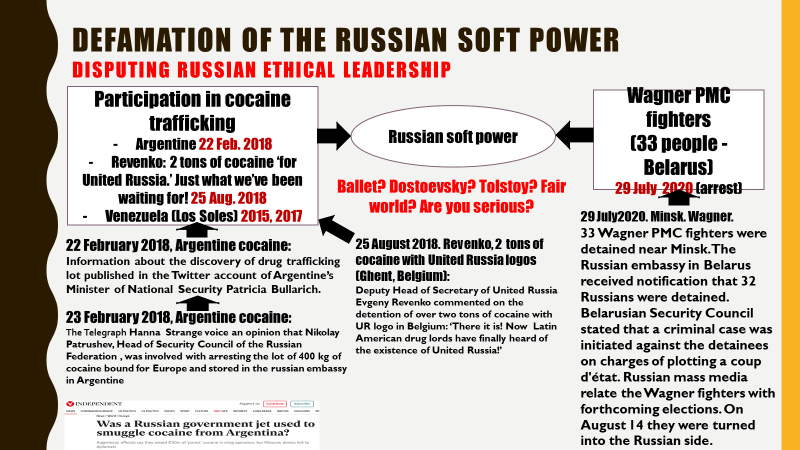
Fig. 12. Scheme of defamation of Russian ‘soft power’.
The key strategies of information warfare against Russia
All the aforesaid lines are grouped into three key strategies: Consequential ‘suffocation,’ ‘drive hunting,’ and blackmailing.
- Strategy of suffocation (the so-called ‘Anaconda loop’):The strategy of consequential (step by step) ‘suffocation’ of a specific political leader (normally, a country’s president) by way of setting up his/her hunting in various independent directions, which at a certain point of time converge in one focus and yield cumulative effect.
Such a focus is potentially a grave accusation of a country’s leader – for instance, in terrorism (radiation, chemical, bacteriological) and drug trafficking which at a certain point focuses on all these lines as developed by perpetrators of the persecution. The total (cumulative) effect of a sudden transformation of various versions into one ‘final’ and ‘binding’ verdict oftentimes leaves the victim of such persecution without ‘air’ (the victim begins to suffocate losing its will to resist) but also will to the very life and its continuation.
In this strategy each new stage of implementation of any of these manhunt directions (each new operation or operative combination) must fasten the garrot on the leader’s neck imploding his chest and lungs ‘during expiration’ – and at the very moment they react the next time to the next provocation and thus ‘open up’ to the enemy – put themselves under fire. If they ‘breathe out’ and try to ‘get some aid inside the lungs’ the leader will not be able to do that – the Anaconda loop will be put onto their chest and neck and it would contract to the extent their chest plate contracts, so sometime later the victim simply dies of suffocation. This is exactly how anacondas hunt: ‘Contrary to a common understanding an anaconda, like other boas, does not crush her victim and break its bones – she simply strangles it and does not let the victim breathe, and the latter dies of suffocation’ [20].
Typical examples of the application of the ‘Anaconda loop’ at the operative level (as part of one strategic information warfare operation) are:
– The chain ‘Litvinenko-Skripal-Navalny’ where accusations of poisoning gain momentum on each stage and become more radical;
– The Butina (she was accused of creating an intelligence-sabotage an terrorist ring in the territory of the United States) – Averyanov chain (he was accused of creating a sabotage an terrorist ring in the territory of EU countries) – Navalny’s poisoners (accusation of creating a sabotage an terrorist ring in the territory of the Russian Federation; interestingly, the Antarctic was the only uncovered territory);
– ‘Poisons’ line (polonium-Novichok-vaccine);
– Line of creation of ‘terrorist networks and infrastructure (a standalone group of ‘Petrov-Boshirov’ in Salisbury – ‘military base No. 29155’ and a network of bases in Europe – the attempt to create a similar network in the United States);
– The clearly painted ‘cocaine’ supply chain: Argentine (2017, 0.4 tons) – Belgium (2018, 2 tons) – Cabo Verde (2019, 9.5 tons).
And the manhunt perpetrators cling to the following technological method: As an example if a country leader is confronted simultaneously with three defamation campaigns using three different ‘grounds’ – accusation of political assassinations (campaign No. 1), drug trafficking (No. 2) and patronage of mercenaries (No. 3), then the mistakes made by the victim trying to fend off the blow in the first line would be immediately applied to make another blow from another direction – the second line, and if the victim attempts to fend off that blow the new attack would come from direction No. 3. Thus, the victim of manhunt gets exhausted by ‘running around the circle’ and for sake of its salvation the victim chaotically tosses and turns from one source of threat to another, trying to neutralize them, at least for some time.
This is exactly how the ‘Anaconda loop’ strategy works in information warfare against Russia (See Fig. 13).
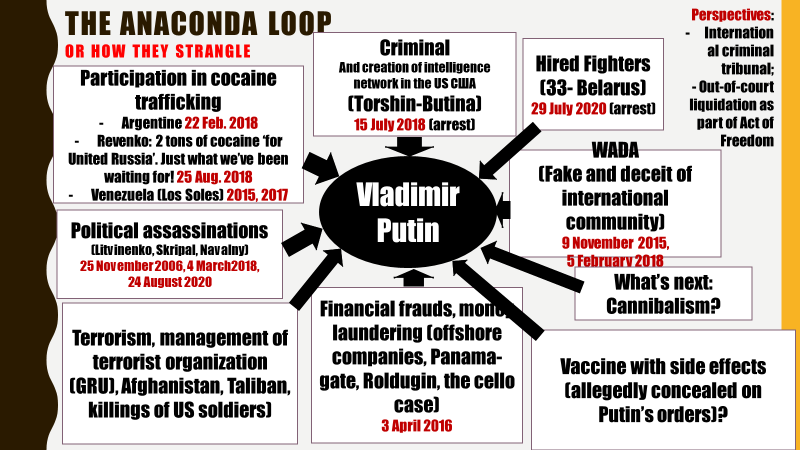
Fig. 13. ‘Anaconda loop’ in the information warfare against Russia.

Fig. 14. Chronological time scale of attacks against the Russian Federation and its leader.
To illustrate how the ‘Anaconda loop’ words in Fig. 14 there is a scale of information attacks against the Russian Federation and its leader, in chronological order.
- ‘Drive hunting’ strategy:(Sticking the label ‘international criminal (terrorist) on the national leader and organization of his ‘international criminal prosecution’): The strategy implies imposition of direct accusations of terrorism and bringing certain Russian senior officials to liability under Freedom Act USA which allows for the liquidation of ‘chieftains of terrorist groups and their allies’ or awarding a specific bounty for their head (like in the case of Nicolas Maduro and his allies in 2020).
As part of this strategy the converging lines could be for example ‘accusations of Russia in the killings of American soldiers’ or ‘the Navalny case’ (which is in line with the general direction set by the ‘Skripals case’). These are the latest cases of 2020.
- Direct blackmail strategy.
‘Venezuela Precedent’ (2019) and the hybrid color revolution in Belarus (2020) showed that at a certain stage of the strategic operation a country’s leader – the target – can be asked a direct question: To what length are you going to go to save your assets abroad (if available) and even your life?
And if that country leader does not understand the hint they may be subjected to Freedom Act USA and then liquidated without charge or trial (like Qasem Soleimani in on 3.01.2020) or a bounty can be awarded once the leader is pronounced an extremely dangerous international criminal (military criminal or even a ‘drug terrorist’) as was the case of Nicolas Maduro and his closest allies in 2020.
The following are typical example of such blackmailing:
– On May 13, 2018 Theresa May issued an ultimatum against Russia, in accordance with which Russian within 24 hours had to ‘plausibly explain itself’ regarding the Salisbury incident (i.e. publicly admit its guilt in the poisoning of Sergey and Julia Skripals) otherwise Great Britain would consider the ‘chemical attack in Salisbury’as a military aggression act[72];
– Capture of 32 Russian citizens (and one Belarusian citizen) in Belarus on the changes of participation of the so-called ‘Wagner PMC’ in the ‘plotting of terrorist acts’ and a threat of turning these people in to SBU operatives;
– Ultimatum issued by the United States and a group of countries in connection with possible election of A. Prokopchuk as Interpol chief (2018).
As the information warfare against the Russian Federation intensifies the blackmailing effort on the part of the United States and their military and political allies in their relations with the Russian Federation becomes more blatant and more often used.
Forms and Methods of Countering Information Warfare Operations
Currently there is extensive experience in successful countering of information warfare by the United States and its allies. They include active forms of activity (information counteroperations). They can be generally divided into five main types:
- Information agenda takeover.
A typical example of this type of operations are the so-called Skripal Readings that for 48 hours took over the information agenda from Western (mainly British, American, and German) and Russian mass media on March 3-4, 2019 – on the first anniversary of the Salisbury incident.
- Operational initiative takeover or direct-action operations.
Typical examples of this type of operations include:
– The so-called ‘Diosdado Cabello case’ (August 2019) – the operation of exposure of CIA agent in the entourage of Venezuela President Nicolas Maduro;
– The ‘Russian CIA informer’ or the operative wargame of searching for the ‘mole’with Robert O’Brien, national security advisor to the US President (October 2019);
– The ‘Russian guidebook’ of Susan Rice (2020) – the statement by Susan Rice on Russians using a special ‘guidebook’ in order to destabilize political situation in the United States.
- Shifting focus on a worthless object.
An example of such an operation was the so-called ‘arrival of Surkov and Manoilo in Donetsk’ (October 2019) – a very good example of how one fake news story is able to launch an ‘information tsunami.’
- Information vaccination– operations designed for production of collective immunity within target audiences to any negative influence (anticipated content).
- ‘Return-type’ operationsor ‘boomerang’ grade operations – information counteroperations designed for the use of inertia accumulated as a result of the adversary’s operations (like in aikido or taekwondo).
A typical example of such operation is the operative combination engineered and played by the US in March 2020 – right after Donald Trump’ announcement of the start of an ‘anti-drug and terrorist operation’ in Venezuela. This operation was dubbed “Warning to Donald Trump: The key thing is not to lose one’s control.”
As of now Skripal Readings (Fig. 15) have been described and reviewed in detail both in mass media publications[73] and in various academic sources [10][74].
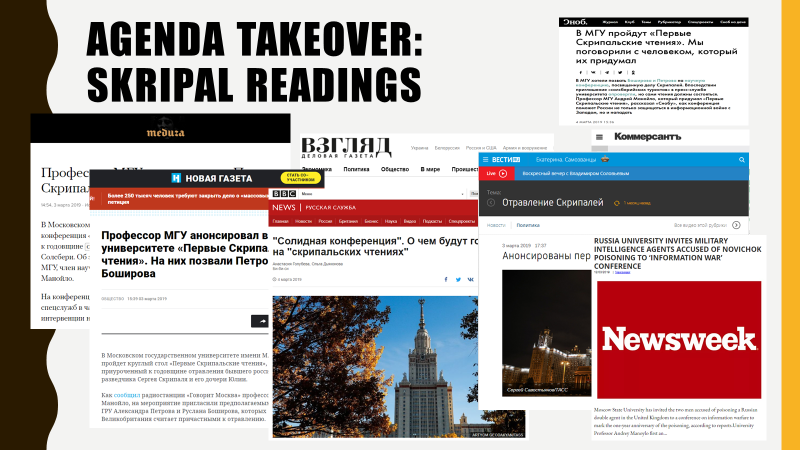
Fig. 15. Skripal Readings (March 3-4, 2019): Headings of Russian and international media.
This operative combination that took place in Moscow on March 3-4, 2019 remains one of the most effective (and perhaps the most effective one) in terms of taking over the information agenda – thanks to the masterful triple ‘viral effect’ (See Fig. 16).
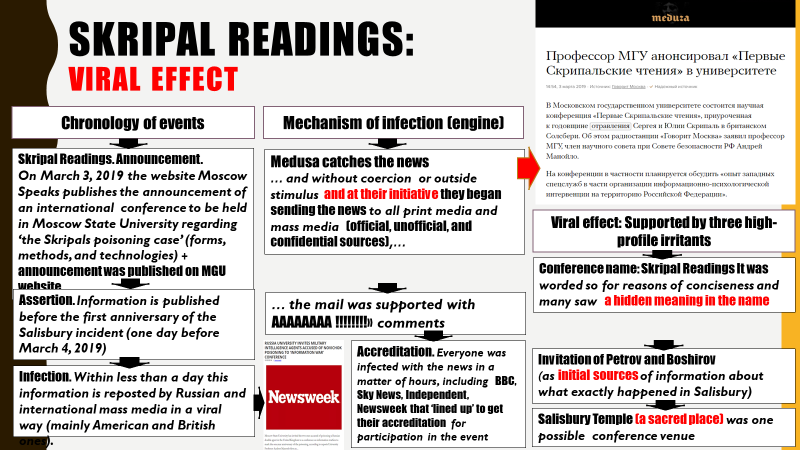
Fig. 16. Skripal Readings (March 3-4, 2019): ‘Viral effect.’
Statistical data testify to its efficiency: During the operation (March 3, 2019 – March 4, 2019) the newsworthy event captured Telegram audience of one million and three hundred thousand people (1,304,640) people. The total coverage in mass media during the operation exceeded 50 million people (101 material. See. Fig. 17).


Fig. 17. Skripal Readings (March 3-4, 2019): The scheme and results of the operation.
The operational agenda takeover activity (‘direct action operation’) unlike other types of information counteroperations are always aimed at incurring direct losses to the enemy. The results are identified and exposed clandestine operations by secret services, exposure of their agency network, purging (after failures) leading to loss of qualified staff, and loss of faith by foreign intelligence in the impeccability of their senior management and their own survivability and exclusiveness. While operations of types 1, 3, 4, and 5 only create the conditions for intelligence impact (they intercept the information agenda, shift focus of the adversary to a worthless object, etc.) direct action operations have the reconnaissance effect. The key effect of this type of operations is the takeover of operational initiative of the enemy and the ability to enforce your own rules of the game.
The main principle of direct-action operations is the following: The adversary must be stimulated only once; they will do the rest themselves, without coercion and unnecessary reminders:
- Flunk own clandestine operation with their own hands;
- Turn in their own agency network, scheme and communication channels;
- Expose the spies taking part in the operation.
And at the same time the enemy is 100% sure they have no other way out.
One of the best – even exemplary – direct action operations in this regard was the operation of exposure of CIA agent in the entourage of Nicolas Maduro – the so-called ‘Diosdado Cabello case’ in Venezuela in August 2019 [9]. This operation consisting of a single fake news story published in Venezuelan edition of Medium on August 17, 2019 caused sheer panic in CIA and, as a consequence, resulted in the failure of one of the most meticulous and clandestine operations. Perhaps due to the failure of that operation and exposure of their agent of influence in the entourage of Nicolas Maduro the United States suspended their Venezuelan direction (‘paused’ it all the way until the development of Plan B) until March 26, 2020 – by almost seven months. The scheme and chronology of the operation has been described here in detail [10][75]; This is the very rare case where the fake news story dated August 17, 2019 ‘killed’ the US President Donald Trump making him get personally involved on August 21st in the cover-up operation of his agent having publicly admitted the very fact of clandestine talks with a ‘man from the entourage of Venezuela’s President’ (behind the back of Nicolas Maduro).
Another example of a direct-action operation is the operative game initiated by the new national security advisor to the US President – Robert O’Brien – who replaced John Bolton in September 2019 (Bolton was fired on September 10, 2019 by President Donald Trump for the US policy failure in Venezuela – right after completion of the operation ‘Diosdado Cabello case’) [10][76]. Former deputy CIA Director Robert O’Brien, as soon as he took the post in the White House, immediately began inquiring how ‘the Russians’ could learn about the contacts of Diosdado Cabello with CIA. O’Brien had reasons to decide that the Russians could learn about the operation only if they had a source inside the US intelligence community; this means there had to be a ‘mole’ somewhere there. The search for the ‘mole’ brought O’Brien’s people to Medium reporters involved in publication of the fake news about Cobello’s contacts with him. There were several attempts to figure out whether it was the ‘Russian intelligence’ that paid for the publication.
On October 7, 2019 the following article was published on Medium website: “Andrei Manoilo: No es cierto que los rusos tengamos informantes internos en la CIA, al menos no por ahora» (Andrey Manoilo: It is not true that Russians have their informers in CIA, at least right now’[77], in which Manoilo answering a direct question about sources of information about Diosdado Cabello’s connections with the US intelligence categorially dismissed the version that Cabello had received all the materials from ‘his own informer in the entourage of CIA Director or the director of national intelligence.’ Manoilo’s response was a headline of the interview; when Latin American reporters and observers saw the article, they had reposted it as a first-person sensational confession and dropped the prefix ‘No’ [78] (at the very beginning of the heading which starts with ‘No es cierto…’). As a result, the categorical negation turned into admission ‘the Russians have their source in CIA’which apparently ultimately persuades the US intelligence agents that the Russian ‘mole’ was no fake and that he really exists.
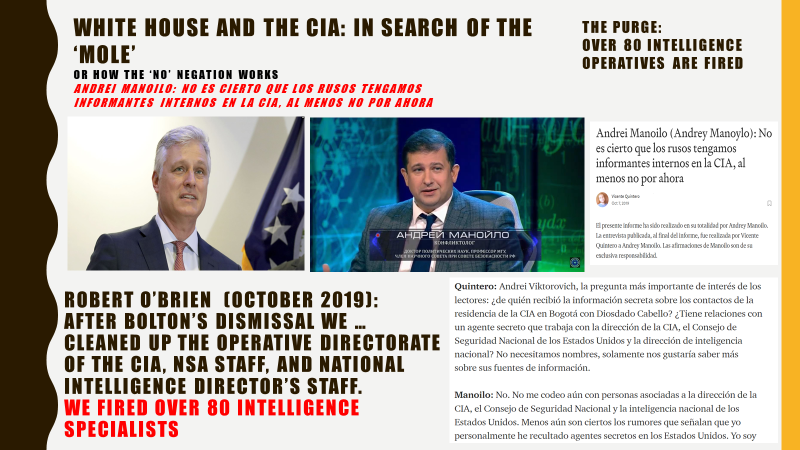
Fig. 18. In search for the Russian mole in October 2019.
Citing this ‘information’ Robert O’Brien conducted large-scale ‘cleaning’ in NSC of the United States and as a result several dozen employees left including the national intelligence director and CIA operational director: they were mostly Latin America experts and Slavic experts (See Fig. 18). No one knows whether the Russian ‘mole’ was among them.
Yet another example of direct-action operation is the operative combination regarding the find of the ‘Russian guidebook’, of which Susan Rice spoke on May 31, 2020 in a CNN live broadcast[79].
In turn, a good example of an operation of shifting focus on a ‘worthless object’ is the information operation conducted on October 23-25, 2019 in Donetsk. It is described in detail here [8]. This operation is interesting in that the initial fake news story (to distract attention from the genuine purpose of the visit) spawned four waves of fake news, in which the ‘possible associativity of the missions’ by Vladislav Surkov and Andrey Manoilo (who simultaneously arrived in Donetsk on October 23, 2019) every time unfolded with yet more details. The key result of the operation was as follows: While Ukrainian reporters and special services were busy conspiring and guesses what could make Surkov and Manoilo ‘work together’ both visitors quickly performed the tasks they had been commissioned with, and without arranging things they left the territory of Donetsk People’s Republic (DNR). Albeit Vladislav Surkov was deposed soon after that visit, but that’s a different story.
A typical example of ‘boomerang’ grade operations (‘return-type’ operations) is the operative combination called ‘the last warning of Donald Trump’; as part of the operation the national security advisor to the US President Robert O’Brien received a warning ‘from reliable sources’ that if he and his boss continued to unfold the operation of toppling the Nicolas Maduro regime in Venezuela (under the cover of a police ‘anti-drug and terrorist operation’ against Cartel de los Soles as proclaimed by them on March 26, 2020 they would face every chance of ‘catching themselves’ as a result of that ‘investigation.’ Thus, during the operation of exposure of the US intelligence agent in the entourage of Nicolas Maduro in 2019 (the Cabello case) we got ahold of information that Cartel de los Soles was close to government officials of certain southern states when they were setting up deliveries of cocaine to the US, and via these officials – with top level federal officials, possibly even those close to the then US President Donald Trump. This information was gained as part of the operation of studying Cabello’s contacts (according to the US he heads de los Soles cartel) and at that time it was left as is (as part of the main operation it posed no interest), however, in light of the new events it pointed to the truly vulnerable place in Donald Trump’s ‘team’: If Donald Trump was to really get his hand on the cartel he would surely be able to close in on one of his confidants involved with the transit of cocaine from Columbia to Miami, which could end up catastrophically for the President himself (See Fig. 19).
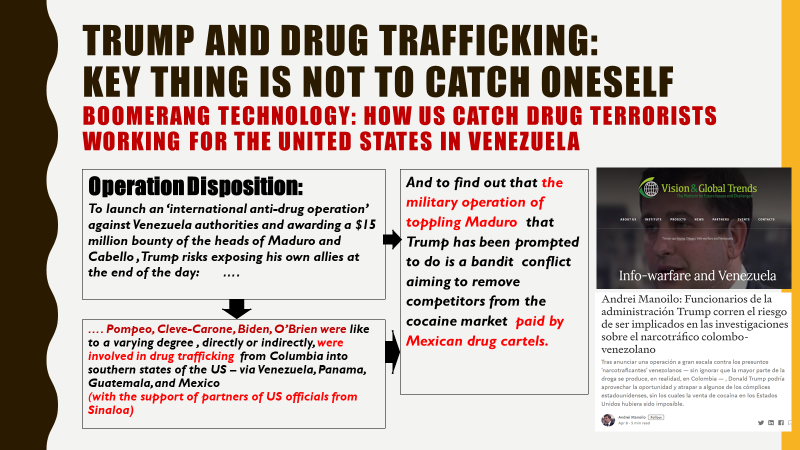
Fig. 19. Boomerang operation scheme.
They say that Robert O’Brien, having received this information from US reporters working in Venezuela, had become sullen for a while. No one know for sure how his depression ended but the ‘anti-drug and terrorist operation’ declared by Donald Trump against Nicolas Maduro in March 2020 had not started at all (this is a fact).
Yet another method actively used for countering information operations and attacks is the so-called ‘information vaccination’ – a technology for neutralization of the effectiveness of impact by the perpetrators of psychological operations on specific target groups and shaping distrust of information contained in such impact (Fig. 20).
The purpose of this method is to produce initial immunity within the target audience to fake news.
Here’s how it works.
- Let’s assume that we know the topic of an information attack of the opponent; possibly they made the first ‘information shot.’
- In response we bring to the same target audience of the opponent information that the latter launches a defamation campaign against us: We say that today our opponent said this and tomorrow they will – most likely – say that and the opponent will be accusing us of this and that.
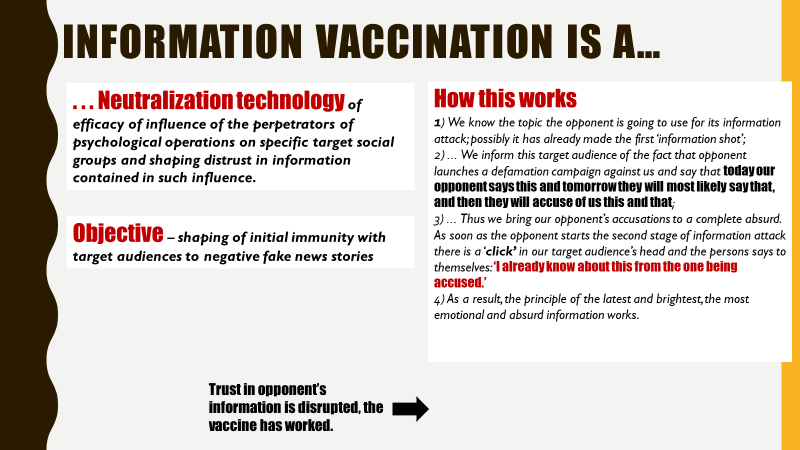
Fig. 20. ‘Information vaccine: The key principles and implementation scheme.
- … and we bring our opponent’s accusations of us to complete absurdity.
As soon as the opponent launces the second stage of their information attack a ‘switched flips’ in the subconsciousness of the target audience: The person says to themselves – ‘I already know this from the one who is accused here..’
- As a result, what is activated is the principle of consciousness and subconsciousness capture with the latest, brightest, and most absurd information.
If everything goes well then the trust to information sent by the opponent is disrupted – the ‘vaccine’ worked.
A good example of the application of this method (‘vaccination’) in a specific, real life situation used by Russia’s opponent to launch their information attach is a lampoon published in response to the statement by The Wall Street Journal that ‘Russian flee Venezuela’ (published on 3.06.2019)[80]. The contents of the lampoon (in the form of a ‘made-up dialog’ in the name of ‘made-up personas’) with breakdown of the methods of psychological influence ‘programmed’ in each phrase that consequentially change (modify) the attitude of readers to the incident described in WSJ is shown in Fig. 21.
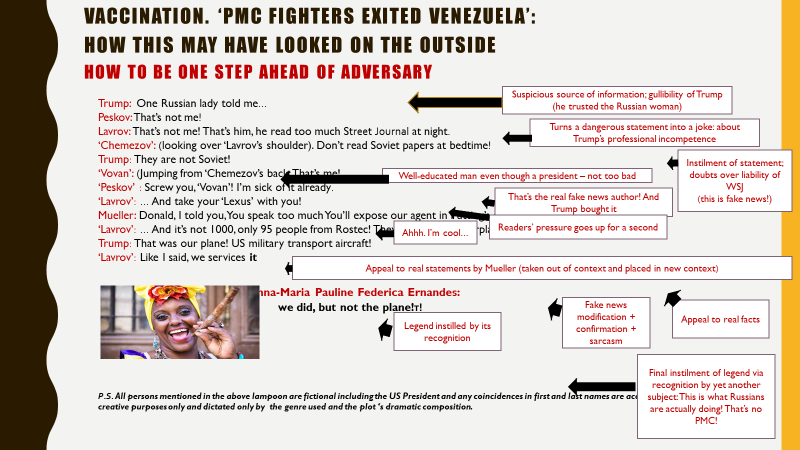
Fig. 21. ‘Information vaccination’:
Unfortunately, all the above examples of information counteroperations, despite their effectiveness, are sporadic in the Russian practice and they are unable to replace the system of information countering (that the United States has and that we don’t have). Unfortunately, Russia responds to US actions with its lagged improvisations.[81]
Potential future cases and methods
On October 13, 2020 the Russian print media outlet Nation News published a message that ‘the spouse of the opposition leader Alexey Navalny – Julia – could have been recruited by the US and British intelligence as ‘yet another person controlling Navalny’s work.’ This is what Andrey Manoilo asserted in his interview with the media outlet[82]. The also mentioned that Julia Navalnaya could be ‘yet another source of information about what Navalny does and how he executes tasks commissioned by the secret services[83].
Two days after this fake news story – on October 15th – Alexey Navalny reacted as follows: In his Facebook account he stated: ‘I knew that. The first time, by the way, I suspected something wrong when Julia came home wearing a CIA baseball cap with a parachute dragging behind her, a radio set, and two big packs of Donald Duck chewing gum (with inserts)” (See Fig. 22)[84].
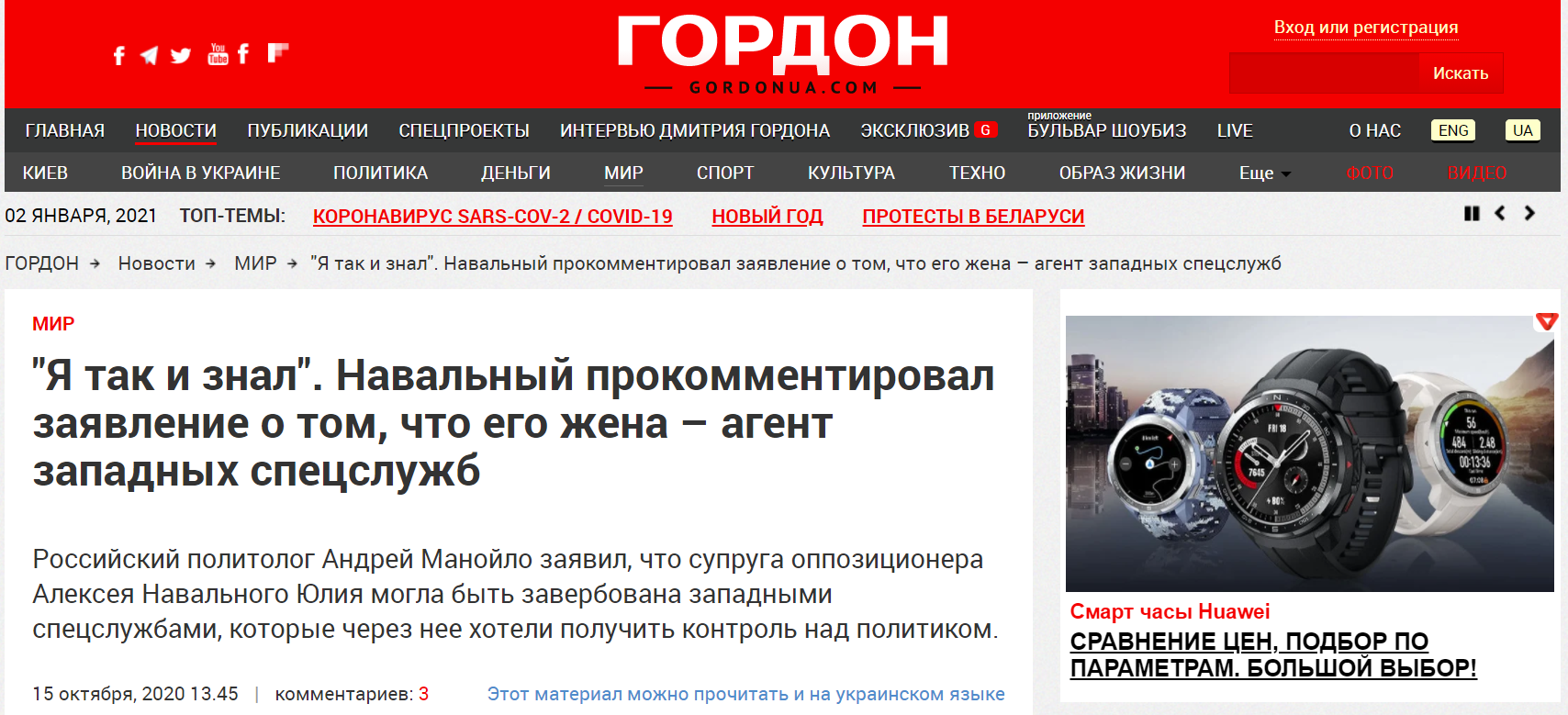
Fig. 22. Alexey Navalny about recruitment of his wife Julia by foreign secret services: “I knew that.”
Based on the ‘playful’ comment it is apparent that Alexey Navalny was ‘hooked’ by the fake news (although it shouldn’t have – he has a lot of publicity anyway; National News does not enjoy the biggest readership). Still, he responded and he chose sarcasm as a countering method. And he got himself into to trap: As the story with 2 tons of cocaine with United Russia signage and a ‘follow-up’ comment by observer E. Revenko showed, sarcasm and trolling are not the best ways to fend off an attack since emotions are lost once the statement text is put on paper (and emphasizing how exactly it must be treated). Indeed, one can’t use computer ‘smiles’ to render the sarcastic mood of E. Revenko. As a result, the playful admission by the ‘troll’ of his ‘guilt’ turns into a real confession of guilt. This is what happened with Navalny: The audience decided ‘he confessed it all.’ So instead of salvaging the situation he finally flanked it (just as E. Revenko who ‘jokingly’ admitted that the signage of United Russia on cocaine seized in Ghent was a ‘brush with fame’).
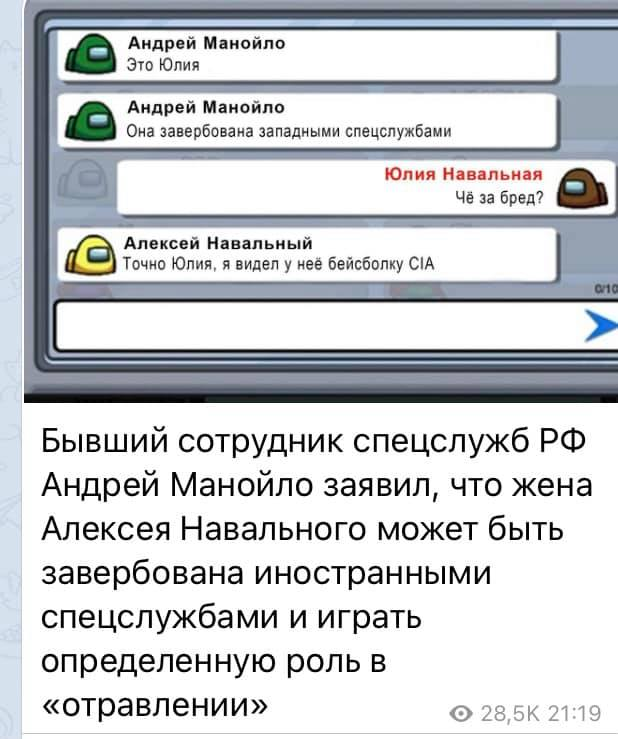
Fig. 23. A meme from the Internet reflecting the response by online audience to Alexey Navalny’s ‘playful’ confession.
The proof that Alexey Navalny’s playful admission was perceived by majority of the audience was that a lot of memes had been created based on the ‘I knew that’ phrase. One of such memes is shown in Fig. 23: It had over 28 thousand views in the course of one day.
Alexey Navalny should have been taken up on his words and an information wave should have been launched with headings of this sort: ‘Navalny admitted that his wife was wondering around the house with a parachute’ (and never takes it off) – let him find his excuses.
Discussions (In lieu of Conclusion)
Despite the rather extensive experience with information warfare the research community continues to consider the notion of information warfare as polemical.
One of the key items of this discussion is recognition (or irrecognition) of information warfare as one of the types of modern-day warfare.
One the one hand, there is an understanding that information warfare is certainly a dangerous thing [5]; international crises and scandals caused by it may lead to fundamental shifts in political lives of states (take the ‘Skripals case’ for example). As a consequence, military departments and intelligence services of many countries race each other to create their ‘information operation troops’; Our ministry of defence has such a department.
On the other hand, a war is normally waged with plentitude of victims and substantial destruction (real one) [3]; the purpose of any war is military defeat of the adversary, which is achieved among other measures by its physical annihilation. Information warfare provides for its own weaponry – information weapons which supposedly should also kill (exterminate enemy fighters) and on an ‘industrial scale’; otherwise this is not an armed conflict.
However, this is where the first problem occurs: In modern-day warfare suspiciously small amounts of people get killed. For instance, in Panama Papers and WADA Doping Scandal nobody was killed; while in the most ‘horrible’ (in the entire history of information wars) ‘Skripals poisoning case’ both Skripals survived at the end of the day; but even if they died failing the test of their sufferings, their death would come from the poison, not ‘destructive information influence.’ In other words, the attempt was made to murder them using a conventional means of assassination attempt, not with a word. Hence the question: If no one gets killed in the course of information standoff what kind of a war is it?
In this light, only cyber operations are able to cause damage to the opponent: They can make missiles fly in the wrong direction, they are able to spawn blackouts or even a man-made catastrophe with real casualties; and in this context the question of existence of cyber weapons (sabotage malware) does not cause as many emotions and critique as the question of information weapons. Moreover, the concepts of national security of the United States and the Russian Federation stipulate that a surprise cyber assault may be equaled to the declaration of war fraught with consequence (i.e. cyberattacks are able to provoke a direct armed conflict even between nuclear powers, which makes them extremely dangerous, even in peaceful times). Yet cyberattacks that primarily target technical system do not aim to control human psyche (our consciousness and subconsciousness) and that takes them to the periphery of evolution of means to control of highly developed biological entities.
Another question is the efficacy of information warfare as a tool of forceful submission of the enemy: For instance, no country of the world has yet been conquered or at least put on its knees exclusively by way of application of information warfare technologies and information weapons. Granted, no other alternative of forceful suppression can do quite that: ‘soft power,’ ‘smart power,’ and ‘rational power’ [19]. As an example of dismissing this hypothesis one can cite the Trojan horse (you guessed it right, the one glorified by Homer), while other recall the mass psychosis caused by the coronavirus pandemic, which to a large extent was enhanced by mass media as they made a sensation out of the new virus modification. However, it is not compelling enough.
A major problem is that many Russian researchers are ‘stuck’ on various levels of understanding this phenomenon (information warfare), without the intention of delving deeper; this, in turn, results in that in their discussions they stand their grounds which was formed years ago, they have strong convictions about information warfare, albeit vague and superficial understanding since they are mostly engaged in obscurantism. Yet only a handful researchers work with (the latest) practice of information operations, even despite the fact that it is practice which is the main criterion of confirmation of any theory; most of them prefer to ‘learn’ the essence of information wars by making up new ‘meanings’ for their ‘understanding.’ This is how ‘conceptual wars’[85] of all sorts come to reality, ‘mental wars,’ ‘memory wars’ etc. Their inventors are normally very proud of (the invented terminology) and of themselves (of course). Obviously this type of creative activity does not harm science too much (although any practical person will make a ‘cuckoo’ sign if they are told about ‘conceptual weapons’) but there is no use either: According to Francis Bacon multiplication of essences is always an attribute of one thing: complete incomprehension of all that’s happening. The only thing left to add is that ‘military meanings’ can move in one substance only – ‘world ether’ and that would be the end of it.
The gap between the theory and practice of information wars is especially striking these days. Moreover, there is a strong impression that theory lives in its world and practice lives in another world (in the form of the ‘Skripals’, ‘Argentine cocaine case’, ‘Panama Papers’) – separate from each other and they do not clash with each other as they never cross each other. This is the main reason for a slowdown in the development of the domestic school of information war studies: New ideas, even those supported by specific practice, are tightly blocked by oftentimes ludicrous dogmas and understandings that ‘live’ in the Russian (and pseudoscientific) world only because their authors have never been ‘in the trenches’ (to check how well their speculations are confirmed in a real combat situation).
In our view, it is only possible to remove diffusion in the interpretation of the term ‘information warfare’ if we agree that an information warfare should be construed as a special type of armed conflict with two distinctive attributes: Information operations as a special form of warfighting and the use of information weapons. This clearly specifies the subject of studies (the information warfare itself) and leaves essences like ‘wars of meanings,’ ‘wars of memory,’ and ‘wars of mentality’ beyond the framework of a purely scientific review. However, this would only become possible if we are able to remove a number of the aforementioned contradictions (including the very fact of existence of ‘information’ weapons) which only conventionally provide for the classification of information warfare as modern-day warfare, and with certain assumptions.
References:
- B. Burtseva. Analysis of attacking ‘soft power’ under the conditions of information operation // Herald of Moscow State Regional University (Electronic journal) 2020. No. 4. URL: https://evestnik-mgou.ru/ru/Articles/View/1038 Doi:10.18384/2224-0209-2020-4-1038
- M. Caldor. New and old wars: Organized violence in the global era. Translated from English – M: Gaidar Institute Publishers, 2016, 416 p .
- A.A. Kokoshin. Issues of Applied War Theory. 2ndEdition – M: Higher School of Economics Publishers 2019, 227 p.
- V. Konyshev, R. Parfenov. Hybrid wars: Between the myth and reality. Global economics and international relations 2019, Vol. 63, No. 12, С. 56-66. DOI: 10.20542/0131-2227-2019-63-12-56-66
- B. Little Gart. Indirect action strategy. Translated from English – M: Astrel 2012, 508 p.
- A.V. Manoilo. The Skripals case as an information war operation // Herald of Moscow State Regional University. — 2019. — No. 1. DOI: 10.18384/2224-0209-2019-1-939
- A.V. Manoilo. Fake news as a threat to national security and a tool for information control // Moscow Univerity Herald. Series 12: Political sciences. — 2019. — No. 2. — 41–42 pp.
- A.V. Manoilo. Cascade-type chain reasons of modern-day viral dissemination of fake news // Herald of Moscow State Regional University (Electronic journal). — 2020 — No. 3.
- A.V. Manoilo. Modern-day practice of information warfare and psychological operations. Viral technologies and cascade-type ‘pandemics’ using the example of exposure of CIA agent of influence, former Vice President of Venezuela Diosdado Cabello 17-21/08/2019. // Nacionalna sigurnost. 2019. Issue No. 3. 3-8 pp. URL: https://nacionalna-sigurnost.bg/broi-3/
- A.V. Manoilo, A.I. Petrenko, D.B. Frolov: Public information policy under the conditions of information- and psychological war. 4threvised editon – Hotline- Telecom Moscow 2020. — 636 p.
- A.V. Manoilo, K.S. Strigunov. Operation Gideon: The success of Venezuelan or American special services? // International life — 2020 — No. 11 — 64–79 pp.
- V. Slipchenko. Sixth generation wars. Weapons and Warcraft of the future. M: Veche 2002. 384 p.
- O.V. Tikhanychev. Hybrid wars: New word in military art or blast from the past? // Security Issues – 2020 – No. 1. – 30 p. – 43. DOI: 10.25136/2409-7543.2020.1.30256 URL: https://nbpublish.com/library_read_article.php?id=30256
- R. Khaas. World order. American foreign policy and old order crisis. Translated from English: – M, AST Publishers 2019, 320 p.
- T. Shelling. Conflict strategy. Translated from English. 2ndedition, revised. – M: IRISISEN, Sotsium, 2014, 367 p.
- Hoffman, Frank G.Conflict in the 21st century: The rise of hybrid wars. Arlington, VA: Potomac Institute for Policy Studies, 2007.
- Knake R. The Next Cyber Battleground. Defending the U.S. Power Grid from Russian Hackers. // Foreign Affairs, July 19, 2018. Electronic Source. URL: https://www.foreignaffairs.com/articles/north-america/2018-07-19/next-cyber-battleground
- Nichols T.N. Winning the World. Lessons for America’s Future from the Cold War. – Westport: Praeger, 2002, 255 p.
- Nye J.S. Soft Power. The Means to Success in World Politics. – New York: Public Affairs, 2004, 191 p.
- Rivas, Jesús Antonio (2000). The life history of the green anaconda (Eunectes murinus), with emphasis on its reproductive Biology. 2000. 155 р.
- Rushkoff D. Present Shock. When Everything happens now. – New York: Current, 2013, 296 p.
- Simons G. Digital Communication Disrupting Hegemonic Power in Global Geopolitics. // Russia in Global Affairs. 2019, No. 2. URL: https://eng.globalaffairs.ru/articles/digital-communication-disrup
References:
- Burtseva S.B. Analysis of the attack on “soft power” in the context of an information operation. Bulletin of the Moscow State Regional University (electronic journal). 2020. No. 4. URL: https://evestnik-mgou.ru/ru/Articles/View/1038 Doi: 10.18384 / 2224-0209-2020-4-1038
- Kaldor M. New and old wars: organized violence in the global era. Per. from English – Moscow: Gaidar Institute Publishing House, 2016, 416 p.
- Kokoshin A.A. Questions of the applied theory of war. 2nd edition. – M .: Publishing House of the Higher School of Economics, 2019, 227 p.
- Konyshev V., Parfenov R. Hybrid wars: between myth and reality. World economy and international relations, 2019, vol. 63, no. 12, pp. 56-66. DOI: 10.20542 / 0131-2227-2019-63-12-56-66
- Liddle Garth B. Strategy for indirect actions. Per. from English – M .: Astrel, 2012, 508 p.
- Manoilo A.V. The Skripals case as an information war operation // Bulletin of the Moscow State Regional University. – 2019. – No. 1. DOI: 10.18384 / 2224-0209-2019-1-939
- Manoilo A.V. Fake news as a threat to national security and an information management tool // Bulletin of Moscow University. Series 12: Political Sciences. – 2019. – No. 2. – P. 41–42.
- Manoilo A.V. Cascade chain reactions in modern technologies of viral spread of fake news // Bulletin of the Moscow State Regional University (Electronic journal). – 2020. – No. 3.
- Manoilo A.V. Modern practice of information warfare and psychological operations. Viral technologies and “epidemics” of a cascade type on the example of the operation to expose the CIA agent of influence, the former Vice-President of Venezuela Diosdado Cabello 17-21 / 08/2019. // National sigurnost (Nacionalna sigurnost). 2019. Issue No. 3. S. 3-8. URL: https://nacionalna-sigurnost.bg/broi-3/
- Manoilo A. V., Petrenko A. I., Frolov D. B. State information policy in the context of information and psychological war. 4th ed., Rev. and add. – Hotline-Telecom Moscow, 2020– 636 p.
- Manoilo AV, Strigunov KS Operation Gedeon: the success of the Venezuelan or American intelligence services? // International life. – 2020. – No. 11. – P. 64–79.
- Slipchenko V. Wars of the sixth generation. Weapons and martial arts of the future. M .: Veche, 2002.384 p.
- Tikhanychev O.V. “Hybrid wars: a new word in the art of war or a well-forgotten old one?” // Security questions. – 2020. – No. 1. – P. 30 – 43. DOI: 10.25136 / 2409-7543.2020.1.30256 URL: https://nbpublish.com/library_read_article.php?id=30256
- Haas R. World disorder. American Foreign Policy and the Crisis of the Old Order. ” Per. from English – M. Publishing house AST, 2019, 320 p.
- Schelling T. Strategy of the conflict. Per. from English 2nd edition, rev. – M .: IRISEN, Socium, 2014, 367 p.
- Hoffman, Frank G. Conflict in the 21st century: The rise of hybrid wars. Arlington, VA: Potomac Institute for Policy Studies, 2007.
- Knake R. The Next Cyber Battleground. Defending the U.S. Power Grid from Russian Hackers. // Foreign Affairs, July 19, 2018. Electronic resource. Access mode: https://www.foreignaffairs.com/articles/north-america/2018-07-19/next-cyber-battleground
- Nichols T.N. Winning the World. Lessons for America’s Future from the Cold War. – Westport: Praeger, 2002, 255 p.
- Nye J.S. Soft Power. The Means to Success in World Politics. – New York: Public Affairs, 2004, 191 p.
- Rivas, Jesús Antonio (2000). The life history of the green anaconda (Eunectes murinus), with emphasis on its reproductive Biology. 2000.155 p.
- Rushkoff D. Present Shock. When Everything happens now. – New York: Current, 2013, 296 p.
- Simons G. Digital Communication Disrupting Hegemonic Power in Global Geopolitics. // Russia in Global Affairs. 2019, No. 2. URL: https://eng.globalaffairs.ru/articles/digital-communication-disrup
The views expressed in this explanatory note are the author’s own and do not necessarily reflect IFIMES official position.
Ljubljana/Moscow, 27 June 2021
[1] IFIMES – International Institute for Middle East and Balkan Studies, based in Ljubljana, Slovenia, has Special Consultative status at ECOSOC/UN, New York, since 2018.
[2] “No time for ramping up” is one of the most famous quotes by Vladimir Putin.
[3] al-Qaida and ISIS are terrorist organizations prohibited in the Russian Federation.
[4] State-sponsored terrorism (legal) is a form of violence whereby one state applies the methods of terror against another state. The only object of state-sponsored terrorism is the state as a whole.
[5] Banned in the Russian Federation.
[6] ‘Marriage’ of fake news and viral technologies took place in 2016 during the US presidential election campaign. See [7].
[7] «The attorney general’s ability to declassify intelligence could put at risk a C.I.A. informant close to President Vladimir V. Putin of Russia». См.: Potential Clash Over Secrets Looms Between Justice Dept. and C.I.A. By Julian E. Barnes and David E. Sanger. // NYT May 24, 2019. URL: https://www.nytimes.com/2019/05/24/us/politics/trump-barr-declassify-intelligence.html?searchResultPosition=2
[8] International terrorist organizations prohibited in the Russian Federation.
[9] See: In a Blow to Maduro, Russia Withdraws Key Defense Support to Venezuela. Russia has been one of Maduro’s major supporters in its standoff with the U.S. // The Wall Street Journal. 2020, Jun. 3. URL: https://www.wsj.com/articles/in-a-blow-to-maduro-russia-withdraws-key-defense-support-to-venezuela-11559486826 (Date of access: 20/12/2020)
[10] WSJ: Russia substantially reduced the number of its military advisors in Venezuela. [Electronic document] / Kommersant 2019, July 2. URL: https://www.kommersant.ru/doc/3990284 (Reference date: June 3, 2019)
[11] See: Kremlin commented on Trump’s words on recalling Russians from Venezuela. [Electronic document] / RIA Novosti 2019, June 4. URL: https://ria.ru/20190604/1555241032.html (Reference date: June 5, 2019)
[12] See: Lavrov responded to Trump’s words about recalling Russians from Venezuela. [Electronic document] / RIA Novosti 2019, June 4. URL: https://ria.ru/20190604/1555252532.html (Reference date: June 5, 2019)
[13] Quotation: ‘We did not notify anyone; he [Trump] apparently read the Wall Street Journal article. See: Lavrov responded to Trump’s words about recalling Russians from Venezuela. [Electronic document] / RIA Novosti. 2019, June 4. URL: https://ria.ru/20190604/1555252532.html (Reference date: June 5, 2019)
[14] See: Respekt (Czech Republic): A man with ricin. // InoSMI. 2020, 28.04. URL: https://inosmi.ru/politic/20200428/247346755.html
[15] See: Obama ex councilor believes the US protests were organized using the “Russian guidebook” [Electronic document] / TASS. Official website 2020, June 1. URL: https://tass.ru/mezhdunarodnaya-panorama/8612639 (Reference date: June 1, 2020)
[16] See: This will not go unanswered // Interfax. 2020, April 10. URL: https://www.interfax-russia.ru/view/ne-ostanetsya-bez-otveta
[17] Obama’s former advisor believes the US protests were organized as per the ‘Russian guidebook’ [Electronic document] / TASS. Official website 2020, June 1. URL: https://tass.ru/mezhdunarodnaya-panorama/8612639 (Reference date: June 1, 2020)
[18] Ibid.
[19] The abstract to this revision reads as follows: “The monograph is devoted to the analysis of the problems associated with the dismantling of the political regimes in modern states (both authoritarian and democratic type) and with the role of technology in the process of color revolutions».”
[20] March 4-15 and September 5 – October 8, 2018, correspondingly.
[21] See: The Skripal Poisoning: Scenario for the third stage of information operation run by the British intelligence // Express Gazeta. 2019, February 11, URL: https://www.eg.ru/politics/700190-otravlenie-skripaley-scenariy-tretego-etapa-informacionnoy-operacii-britanskoy-razvedki-079957/
[22] See: Schwirtz, Michael. Top Secret Russian Unit Seeks to Destabilize Europe, Security Officials Say. [Electronic document] // New York Times. 2019, 8 oct. URL: https://www.nytimes.com/2019/10/08/world/europe/unit-29155-russia-gru.html (Reference date: November 15, 2019)
[23] See: The unit responsible for destabilization of Europe unmasked. // Express Gazeta. 2019, Nov. 18. URL: https://www.eg.ru/politics/806825-rassekrecheno-podrazdelenie-kotoroe-otvechaet-za-destabilizaciyu-evropy-079957/
[24] See: Bulgarien – Geheimdienstanschlag in Sofia: GRU-Killerteam aus Russland. [Electronic document] // Der Spiegel. 2019, November 23. URL: https://www.spiegel.de/politik/ausland/bulgarien-geheimdienstanschlag-in-sofia-gru-killerteam-aus-russland-a-1297753.html (Reference date: January 4, 2020)
[25] See: Russischer Geheimdienst womöglich in Mord an Exil-Georgier verwickelt. [Electronic document] // Der Spiegel. 2019, Aug. 30. URL: https://www.spiegel.de/politik/ausland/berlin-mord-in-moabit-hinweis-auf-russischen-geheimdienst-a-1284400.html (Reference date: January 4, 2020)
[26] See: Germany deports two employees of Russian embassy due to Berlin murder. [Electronic document] //DW. 2019, Dec. 4. URL: https://www.dw.com/ru/%D0%B3%D0%B5%D1%80%D0%BC%D0%B0%D0%BD%D0%B8%D1%8F-%D0%B2%D1%8B%D1%81%D1%8B%D0%BB%D0%B0%D0%B5%D1%82-%D0%B4%D0%B2%D1%83%D1%85-%D1%81%D0%BE%D1%82%D1%80%D1%83%D0%B4%D0%BD%D0%B8%D0%BA%D0%BE%D0%B2-%D0%BF%D0%BE%D1%81%D0%BE%D0%BB%D1%8C%D1%81%D1%82%D0%B2%D0%B0-%D1%80%D1%84-%D0%B8%D0%B7-%D0%B7%D0%B0-%D1%83%D0%B1%D0%B8%D0%B9%D1%81%D1%82%D0%B2%D0%B0-%D0%B2-%D0%B1%D0%B5%D1%80%D0%BB%D0%B8%D0%BD%D0%B5/a-51527357 (Reference date: January 4, 2020)
[27] See: Russian spies used French Alps as ‘base camp’ for hits on Britain and other countries. [Electronic document] // The Telegraph. 2019, Dec. 5. URL: https://www.telegraph.co.uk/news/2019/12/05/russian-spies-used-french-alps-base-camp-hits-britain-countries/ (Reference date: January 04, 2020)
[28] Banned in the Russian Federation.
[29] Ibid.
[30] Russia Secretly Offered Afghan Militants Bounties to Kill U.S. Troops, Intelligence Says. By Charlie Savage, Eric Schmitt and Michael Schwirtz. [Electronic document] // The New York Times. 2020. June 26. URL: https://www.nytimes.com/2020/06/26/us/politics/russia-afghanistan-bounties.html
[31] See: How Much is a US Soldier’s Scalp. [Electronic document] // Express Gazeta. 2020, July 3. URL: https://www.eg.ru/politics/914277-skolko-stoit-skalp-amerikanskogo-soldata/
[32] «Twenty Americans were killed in combat in Afghanistan in 2019, but it was not clear which killings were under suspicion». See: Russia Secretly Offered Afghan Militants Bounties to Kill U.S. Troops, Intelligence Says. By Charlie Savage, Eric Schmitt and Michael Schwirtz. [Electronic document] // The New York Times. 2020. June 26. URL: https://www.nytimes.com/2020/06/26/us/politics/russia-afghanistan-bounties.html
[33] International Terrorist Organizations Banned in the Russian Federation.
[34] Bulgarien – Geheimdienstanschlag in Sofia: GRU-Killerteam aus Russland. [Electronic document] // Der Spiegel. 2019, November 23. URL: https://www.spiegel.de/politik/ausland/bulgarien-geheimdienstanschlag-in-sofia-gru-killerteam-aus-russland-a-1297753.html (Reference date: January 4, 2020)
[35] See: Schwirtz, Michael. Top Secret Russian Unit Seeks to Destabilize Europe, Security Officials Say. [Electronic document] // New York Times. 2019, 8 oct. URL: https://www.nytimes.com/2019/10/08/world/europe/unit-29155-russia-gru.html (Reference date: November 15, 2019)
[36] See: Woman Spy Case – Maria Butina. // Express Gazeta. 2018, August 21. URL: https://www.eg.ru/politics/602225-kazus-shpionki-marii-butinoy/
[37] «The Trump administration has been deliberating for months about what to do about a stunning intelligence assessment». See: Russia Secretly Offered Afghan Militants Bounties to Kill U.S. Troops, Intelligence Says. By Charlie Savage, Eric Schmitt and Michael Schwirtz. [Electronic document] // The New York Times. 2020. June 26. URL: https://www.nytimes.com/2020/06/26/us/politics/russia-afghanistan-bounties.html
[38] Thus former US ambassador to the Russian Federation Michael McFaul stated: “The meaning of nomination of the candidature of Prokopchuk is obvious: Russia would gain new possibilities to pursue Putin’s enemies.” See: Putin critics rejoice at Russia’s defeat in Interpol presidency bid. Analysis by Nathan Hodge, CNN. [Electronic document] // CNN. 2018, 21 nov. URL: https://edition.cnn.com/2018/11/21/europe/interpol-russia-intl/index.html (Reference date: January 20, 2020)
[39] See: A.V. Manoilo. How Sergey Skripal influenced the Interpol chief elections. [Electronic document] // Express Gazeta 2020, August 14. URL: https://www.eg.ru/politics/935122-kak-sergey-skripal-povliyal-na-vybory-glavy-interpola/
[40] A per CNN data the American senator Marco Rubio tried to pressure member states via the Ministry of Justice and the Department of State so they voted against the Russian. See: Elections of Interpol chief take place in the midst of intrigues and provocations against Russia’s candidate. [Electronic document] // Official website of Channel 1. 2018, November 21. URL: https://www.1tv.ru/news/2018-11-21/356005-vybory_glavy_interpola_prohodyat_na_fone_intrig_i_provokatsiy_protiv_kandidata_iz_rossii (Reference date: January 12, 2021)
[41] «I strongly oppose the possible election of Russian Alexander Prokopchuk as the next Interpol President. He has a reported history of serving in Russian President Putin’s dubious security services and reportedly attempting to abuse Interpol to pursue Russia’s political enemies». See: Twit by Senator Dick Durbin. [Electronic document] // Twitter. 2018, 21 nov. URL: https://twitter.com/SenatorDurbin/status/1064998334715346945 (Reference date: January 20, 2021)
[42] «Lesley Stahl: Do you agree that Vladimir Putin is involved in assassinations? In poisonings? President Donald Trump: Probably he is, yeah. Probably. I mean, I don’t–Lesley Stahl: Probably? President Donald Trump: But I rely on them, it’s not in our country. Lesley Stahl: Why not– they shouldn’t do it. This is a terrible thing. President Donald Trump: Of course, they shouldn’t do it-Lesley Stahl: Instead do you believe». See: Trump Talks Saudi ‘Murder,’ Putin and World War III: Full CBS Transcript. [Electronic document] // Haaretz. 2018, Oct. 15. URL: https://www.haaretz.com/us-news/trump-talks-saudi-murder-putin-and-world-war-iii-full-cbs-transcript-1.6555786 (Reference date: August 12, 2020)
[43] «In an interview with ’60 Minutes,’ President Trump said Russian President Vladimir Putin is probably involved in assassinations, but not in the United States». See: Putin ‘probably’ involved in assassinations: Trump. [Electronic document] // Reuters. 2018, Oct. 15. URL: https://www.reuters.com/video/watch/putin-probably-involved-in-assassination-id473633369 (Reference date: January 12, 2021)
[44] See: A.V. Manoilo, Evo Morales was ‘asked’ by Washington: Bolivian military delivered CIA message to the President. // Military and Industrial Courier 2019, February 19. URL: https://www.vpk-news.ru/articles/53730
[45] Terrorist organization banned in the Russian Federation.
[46] See: Svetlana Tsikhanouskaya left Belarus for Lithuania. // DW. 2020, Aug 11. URL: https://www.dw.com/ru/mid-litvy-soobshhil-o-pribytii-tihanovskoj-v-stranu/a-54522300
[47] See: Tsikhanouskaya initiated the establishment of a Coordination Center for the transfer of poewr. // DW. 2020, Aug 14. URL: https://www.dw.com/ru/tihanovskaja-iniciirovala-sozdanie-coveta-po-transferu-vlacti/a-54570929
[48] «Tichanowskaja: „Entschuldigung, aber ich bin nicht die Oppositionsführerin, ich bin die Anführerin der Mehrheit! Wir sind nicht mehr die Opposition. Aber alles ist derzeit schwierig. Ich müsste mehr Zeit mit meinen Kindern verbringen, ich bin derzeit keine richtige Ehefrau, da mein Mann im Gefängnis ist. Und dann habe ich Verantwortung als Anführerin, von hier aus alles zu tun, damit sich die Lage in Weißrussland verändert…»». See: „Ich bin die Anführerin der Mehrheit!“. Warum sie weiter an ein freies Weißrussland glaubt. // Bild. 2020, 27.08. URL: https://www.bild.de/politik/ausland/politik-ausland/bild-trifft-lukaschenko-gegnerin-swetlana-tichanowskaja-ich-bin-die-anfuehrerin-72592504.bild.html#fromWal
Tsikhanouskaya named herself elected president of Belarus. // Lenta.ru. 2020, Aug. 27 URL: https://lenta.ru/news/2020/08/27/izbr/
[49] “Any actions by the illegitimate Belarus leader Alexandr Lukashenko in domestic and foreign policy aimed to legitimize his rule and enter into new international agreements with Russia which restrict the sovereignty of the people of Belarus will be adjudicated by the international community as a crime against his people, null and void, and a de facto annexation. See: Seimas ragina tarptautinę bendruomenę įvertinti Rusijos primetamą sąjungą Baltarusijai. 2020 m. rugsėjo 10 d. pranešimas žiniasklaidai. Naujausi pakeitimai – 2020-09-10 13:37. URL: https://www.lrs.lt/sip/portal.show?p_r=35403&p_k=1&p_t=272425
[50] Tsikhanouskaya call on the UN to send its monitoring mission to Belarus // DW. 2020, Sep 4. URL: https://www.dw.com/ru/tihanovskaja-prizvala-oon-napravit-v-belarus-monitoringovuju-missiju/a-54820551
[51] Ibid.
[52] “If Russia tries to breach our sovereignty we know how the global community is going to react to, they will find them drawn into war. The West and NATO will not take it [assumed offence against sovereignty] because they will consider this to be a threat against them. And they [the West] will be somewhat right.” See: Lukashenko stated Russia uses pressure against Belarus every year and it ‘clamps it down.’ // TASS 2019, Dec 24. URL: https://tass.ru/mezhdunarodnaya-panorama/7412939
[53] For instance, in August 2019 John Bolton was in Minsk while in the position of national security advisor to the US President; in September 2019 David Hale, US Deputy Secretary of State for political issues visited Belarus.
[54] See: Pompeo in Minsk: The US offers Belarus oil but they won’t lift sanctions quite yet. // DW. 2020, Feb 1. URL: https://www.dw.com/ru/%D0%BF%D0%BE%D0%BC%D0%BF%D0%B5%D0%BE-%D0%B2-%D0%BC%D0%B8%D0%BD%D1%81%D0%BA%D0%B5-%D1%81%D1%88%D0%B0-%D0%BF%D1%80%D0%B5%D0%B4%D0%BB%D0%B0%D0%B3%D0%B0%D1%8E%D1%82-%D0%B1%D0%B5%D0%BB%D0%B0%D1%80%D1%83%D1%81%D0%B8-%D0%BD%D0%B5%D1%84%D1%82%D1%8C-%D0%BD%D0%BE-%D1%81%D0%B0%D0%BD%D0%BA%D1%86%D0%B8%D0%B8-%D0%BF%D0%BE%D0%BA%D0%B0-%D0%BD%D0%B5-%D1%81%D0%BD%D0%B8%D0%BC%D1%83%D1%82/a-52228225
[55] Alexandr Lukashenko spoke about this directly on August 4, 2020: “These people witnesses that they were on purpose sent to Belarus. The orders were to wait’; ‘today we received information about another force that had been redeployed in the South’. See: Lukashenko said the Russians were send to Belarus with the orders to ‘wait’ // Interfax 2020, Aug 4. URL: https://www.interfax.ru/world/720223
[56] See: BelTA announced the arrest of 32 PMC fighters near Minsk // Interfax 2020, July 29. URL: https://www.interfax.ru/world/719423
[57] See: Russians detained near Minsk mentioned their service in the RF defense and law enforcement agencies // Interfax. 2020, Jul 29. URL: https://www.interfax.ru/world/719522
[58] Ibid.
[59] See: The Central Electoral Commission of Belarus stated the RF was preparing new fighter groups // Interfax. 2020, Jul 30. URL: https://www.interfax.ru/world/719567
[60] Zakhar Prilepin indirectly admitted he had taken part in the ideological ‘polishing’ of that incident. “There were several groups, you can call them a private security company, they were transited via Belarus to a third country. One group that was supposed to fly last was detained by Belarusian authorities. These groups had to relation to Belarus and they had no activity there, Belarus was just a transit location.” See: Prilepin spoke about the transit via Belarus of 170 ‘private security officers’ // Interfax. 2020, Aug 4. URL: https://www.interfax.ru/russia/720205
[61] Indirectly this is supported by Alexandr Lukashenko’s statement dated August 1, 2020: “Great that they figured out it was the first group. I realize this was only the first group of 180 or 200 people, which was planned for deployment in Belarus. And when I say this (I read the report) these are exact figures today. And the attempt to hide Russia’s ‘tail’ there and to say that it was them who approved the arrival of this group, well that’s hogwash.’ It’s evident we’re dealing with a slip of the tongue a-la Dr. Freud. See: Lukashenko stated there was an attempt to deploy 200 fighters in Belarus. // Interfax 2020, Aug 1. URL: https://www.interfax.ru/world/719932
[62] “SBU right from the beginning (30.07.2020) stated that ‘they gather enough evidence of military crimes of the Wagner Group (PMC) in the territories of Donetsk and Lugansk regions uncontrolled by Kiev. “These people, like anyone else who took part in the annexation of Ukrainian territories and other war crimes had to face trial and receive their punishment as provided for by Ukrainian legislation.” See: Kiev demands criminal extradition of the Wagner people detained in Belarus.”// Interfax 2020, July 30. URL: https://www.interfax.ru/world/719616
[63] On July 31, 2020 the Ministry of Foreign Affairs of Belarus provided Ukrainian authorities with the list of RF citizens detained near Minsk who were presumably contract fighters of a private military company.
[64] See: In the Federation Council the arrest of the ‘Wagner people’ was compared to the Skripals story // Interfax 2020, Jul 30. URL: https://www.interfax.ru/russia/719570
[65] On August 6, 2020 this possibility was discussed over the phone by Presidents Alexandr Lukashenko and Volodimir Zelensky; moreover “Belarusian authorities showed greater confidence in that they intended to hand over some of the Russians detained in a sanatorium near Minsk on July 29th to Ukraine.” See: The Wagner people’s future will be decided by the three parties or unilaterally. // Kommersant 2020, Aug 6. URL: https://www.kommersant.ru/doc/4443421; besides, “The dialog of Ukraine’s President with his Belarusian colleague about handing over the 33 Russian PMC fighters detained in August in Minsk has been developing very constructively until recently, and Alexandr Lukashenko was ready to turn in the Russians to Kiev. … These were the words of Dmitry Kuleba, Ukraine’s Minister of Foreign Affairs. According to him Minsk’s refusal left the Ukrainian senior authorities in shock as all the details had been meticulously discussed by Zelensky and Lukashenko in person, and Kiev was ready to arrest the Russians.” See: Lukashenko promised Zelensky without qualification to turn in the ‘Wagner Russians to Kiev’ – head of Ukraine’s Ministry of Foreign Affairs. // Novy Den’ 2020, Aug 12. URL: https://newdaynews.ru/crimea/712683.html
[66] See: Lukashenko invited Prosecutors General of Russia and Ukraine to Minsk. // Interfax. 2020, Aug 6. URL: https://www.interfax.ru/world/720533
[67] Ibid.
[68] See: Lukashenko stated he cut a deal with Putin regarding the Russian detained. // Interfax. 2020, Aug 9. URL: https://www.interfax.ru/chronicle/zaderzhanie-vagnerovczev-v-belorussii.html
[69] Kiev officially requested Minsk to turn in 28 ‘Wagner people’ // Interfax 2020, Aug 12. URL: https://www.interfax.ru/world/721466
[70] Source reported possible handover of ‘Wagner people’ to the Russian Federation by end of the week. // Interfax 2020, Aug 12. URL: https://www.interfax.ru/world/721513
[71] See: Lukashenko and Putin held new telephone talks. // RT. 2020, Aug 16. URL: https://russian.rt.com/ussr/news/774372-lukashenko-putin-razgovor
[72] Theresa May delivered ultimatum to Moscow, according to which within 24 hours the Russian side had to plausibly explain itself regarding the incident. The ultimatum expired at 03:00 Moscow time on March 14, 2018. See: London officially accused Russia of the Skripals poisoning // Lenta.ru/ 2018, Mar 13. URL: https://lenta.ru/news/2018/03/14/skripal/
[73] See: Skripal Readings as an Example of a Special Operation to Intercept the Information Agenda. The Latest Practice of Modern Information Warfare and Psychological Operations. // Medium. 2020, Mar. 8. URL: https://medium.com/@andreimanoilo
[74] See: Item 5.1. Skripal Readings as an Example of a Special Operation to Intercept the Information Agenda. In book: [10].
[75] See: Item 5.2. Viral technologies and cascade type ‘pandemics’ using the example of exposing the CIA agent of influence, former Vice President of Venezuela Diosdado Cabello 17-21/08/2019. In book: [10].
[76] See: Item 5.3. Continuation of the Diosdado Cabello case: Looking of the mole. In book: [10].
[77] See: Andrei Manoilo (Andrey Manoylo): No es cierto que los rusos tengamos informantes internos en la CIA, al menos no por ahora. // Medium. 2019, Oct. 7 URL: https://vicentequintero.medium.com/andrei-manoilo-no-es-cierto-que-los-rusos-tengamos-informantes-internos-en-la-cia-y-la-casa-blanca-8b6c6b78bc85
[78] Logical operator does ‘not’ (logical negation) exist only in a person’s mind; when information is transmitted from consciousness to subconsciousness of the operator the ‘not’ is scrapped, and negation turns into acknowledgement.
[79] See: Obama’s ex advisor believes the US protests were organized as per the ‘Russian guidebook’ [Electronic document] / TASS. Official website 2020, June 1. URL: https://tass.ru/mezhdunarodnaya-panorama/8612639 (Reference date: June 1, 2020)
[80] See: In a Blow to Maduro, Russia Withdraws Key Defense Support to Venezuela. Russia has been one of Maduro’s major supporters in its standoff with the U.S. // The Wall Street Journal. 2020, Jun. 3. URL: https://www.wsj.com/articles/in-a-blow-to-maduro-russia-withdraws-key-defense-support-to-venezuela-11559486826 (Date of access: 20/11/2020)
[81] See: Triggers of the information struggle. // Independent Military Review 2020, Nov 12. URL: https://nvo.ng.ru/nvo/2020-11-12/1_1117_triggers.html
[82] See: Ex secret service employee of the Russian Federation Manoilo: The West could recruit Navalny’s wife. // Nation News. 2020, Oct 13. URL: https://nation-news.ru/563995-eks-sotrudnik-specsluzhb-rf-manoilo-zapad-mog-zaverbovat-zhenu-navalnogo
[83] Ibid.
[84] See: “I knew that”. Navalny commented on the statement that his wife was an agent of Western special services. // Gordon 2020, October 15.
URL: https://gordonua.com/news/worldnews/ya-tak-i-znal-navalnyy-prokommentiroval-zayavlenie-o-tom-chto-ego-zhena-agent-zapadnyh-specsluzhb-1523071.html
[85] See: Conceptual wars of the 21st Century. Interview with G. Pocheptsov. // Independent Military Review 2013, Sep 24. URL: https://www.ng.ru/scenario/2013-09-24/9_wars_xxi.html

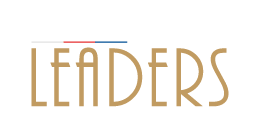

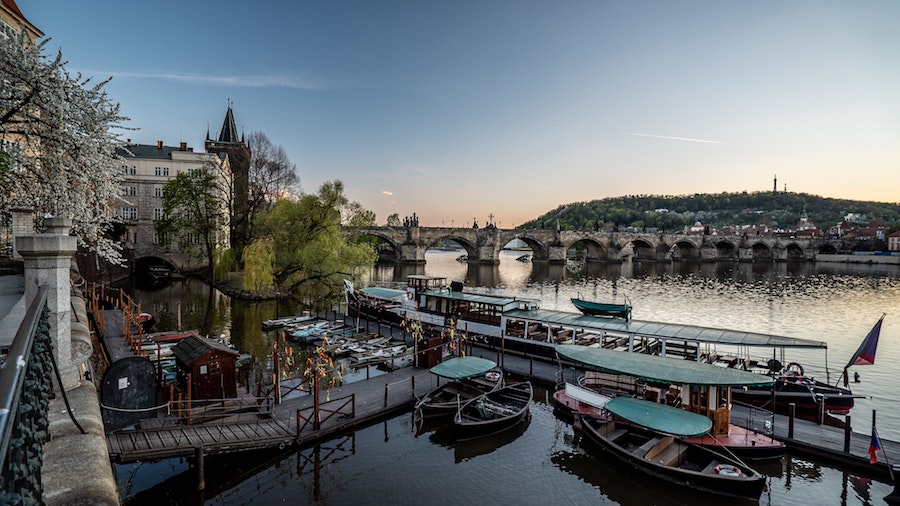




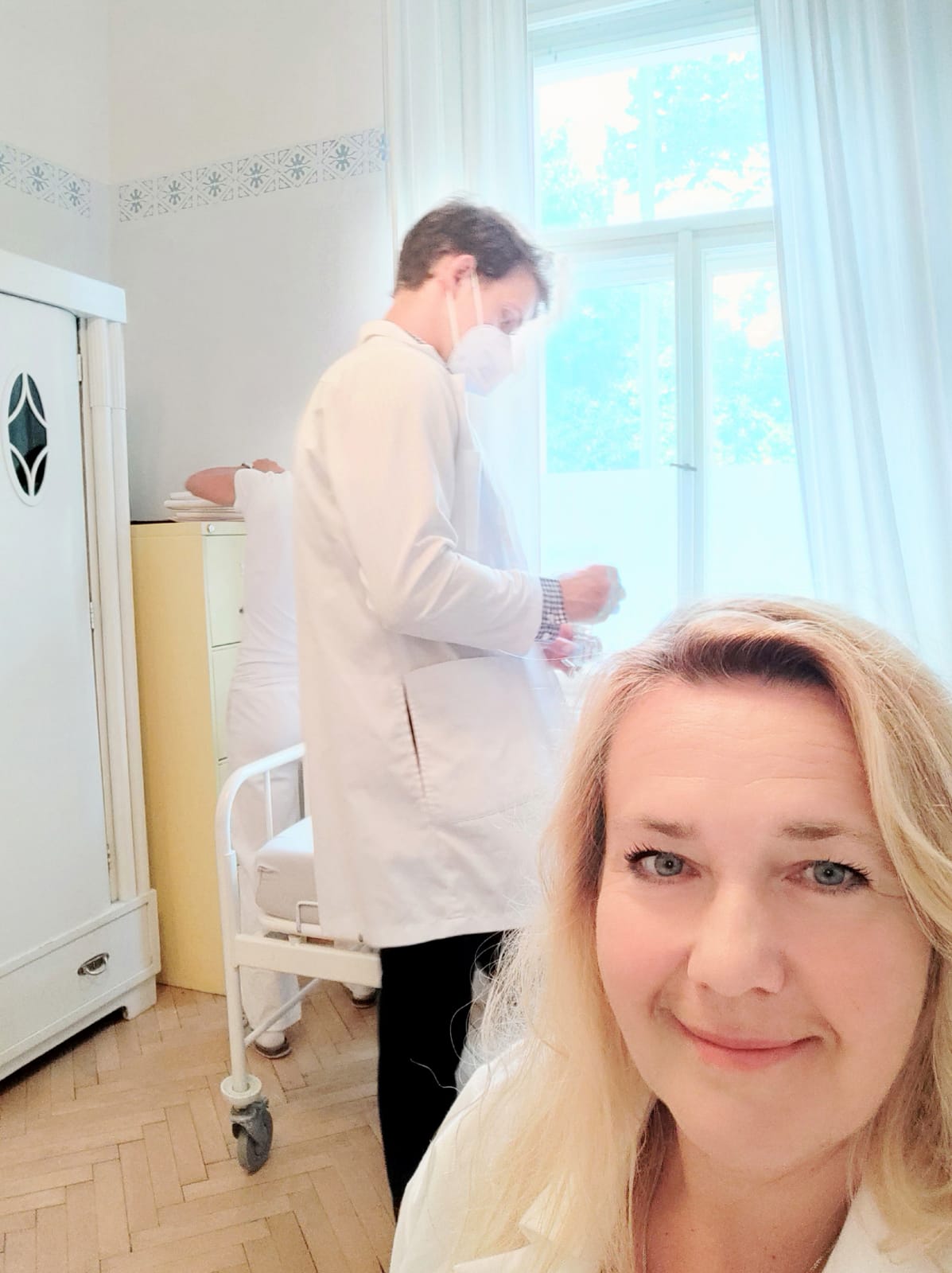









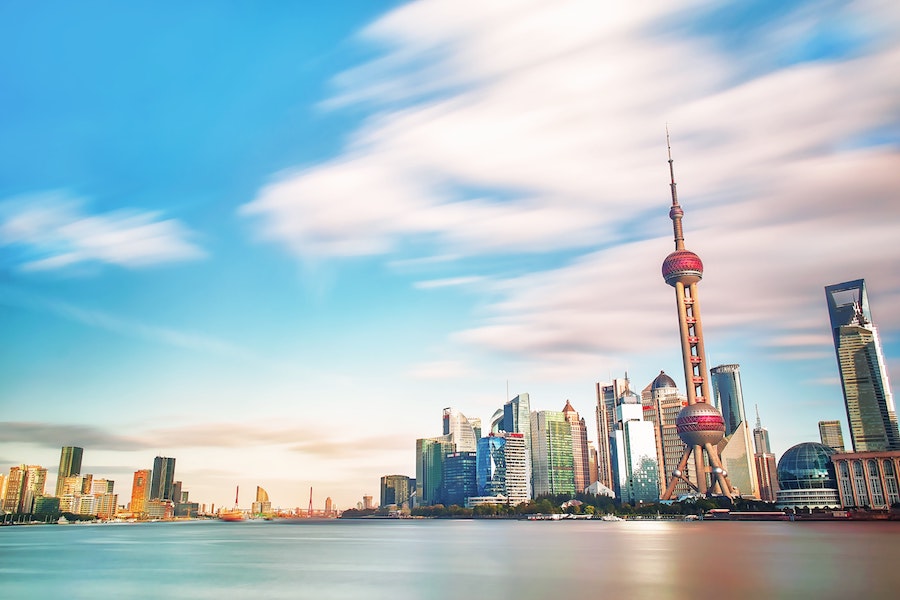

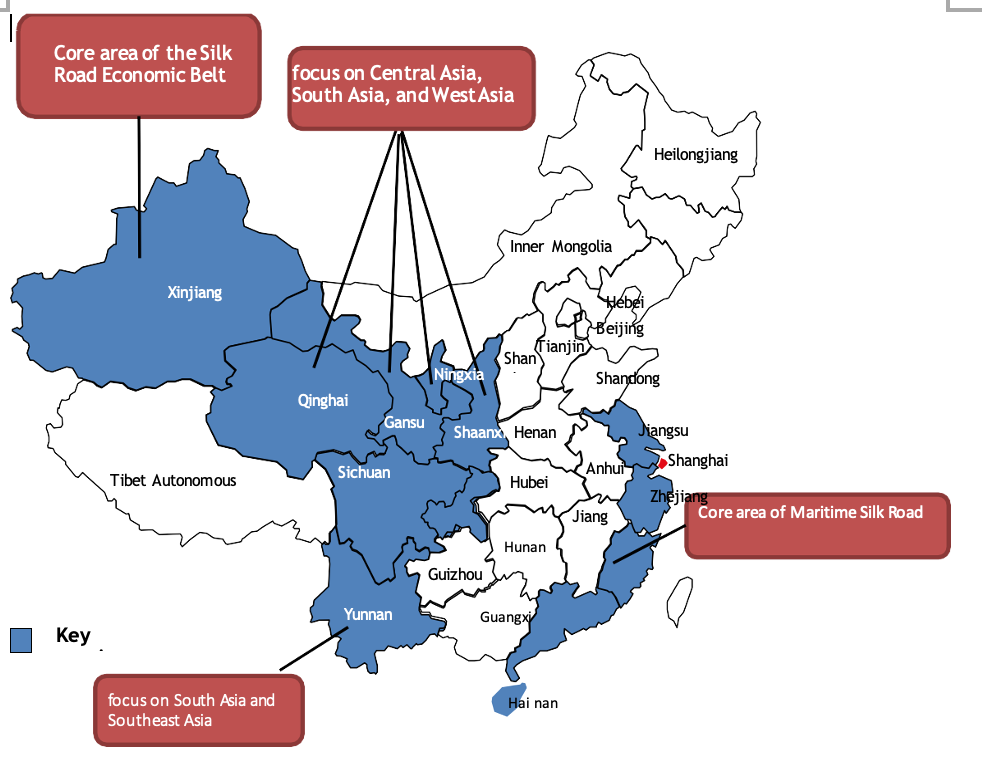
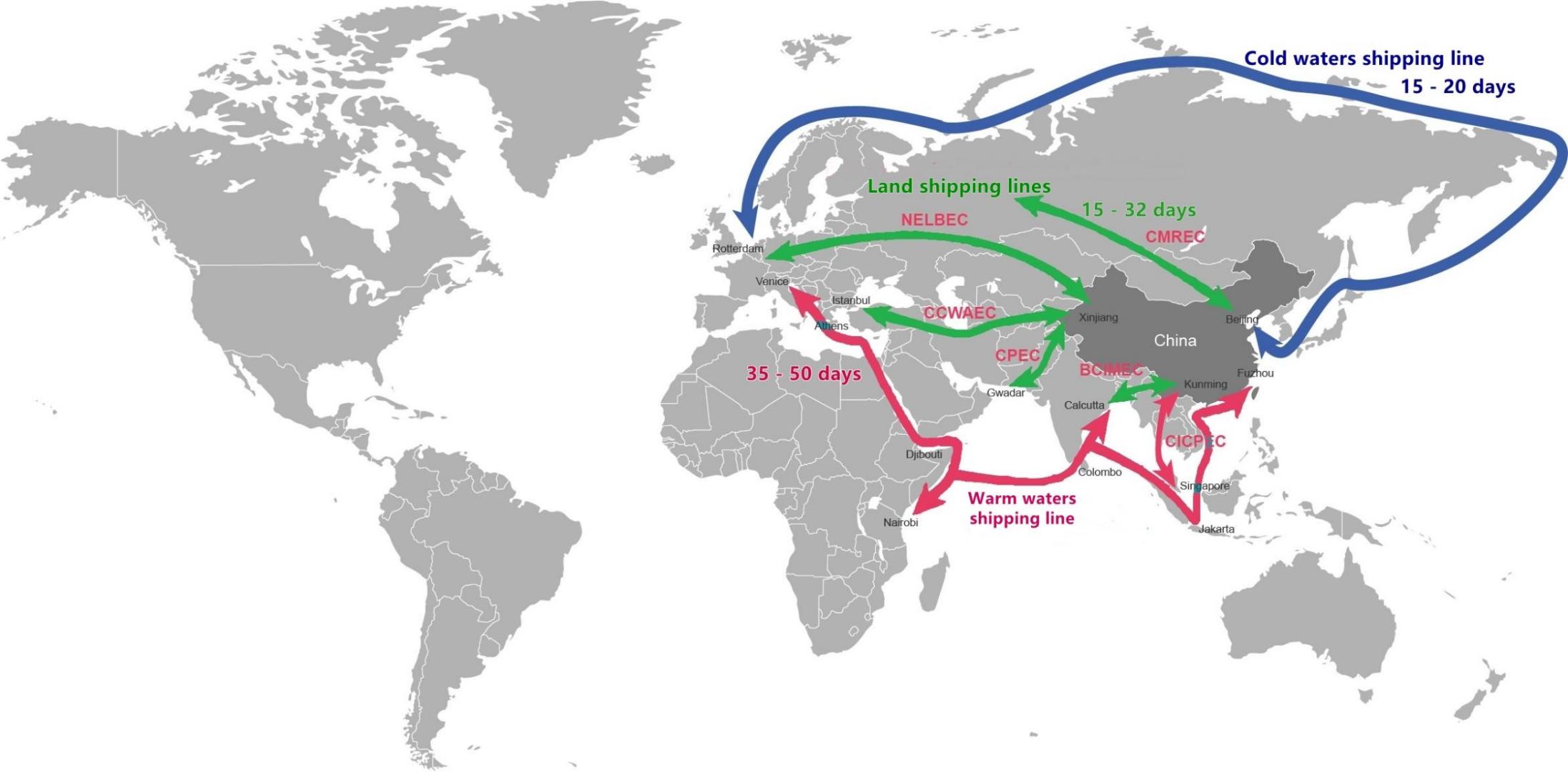
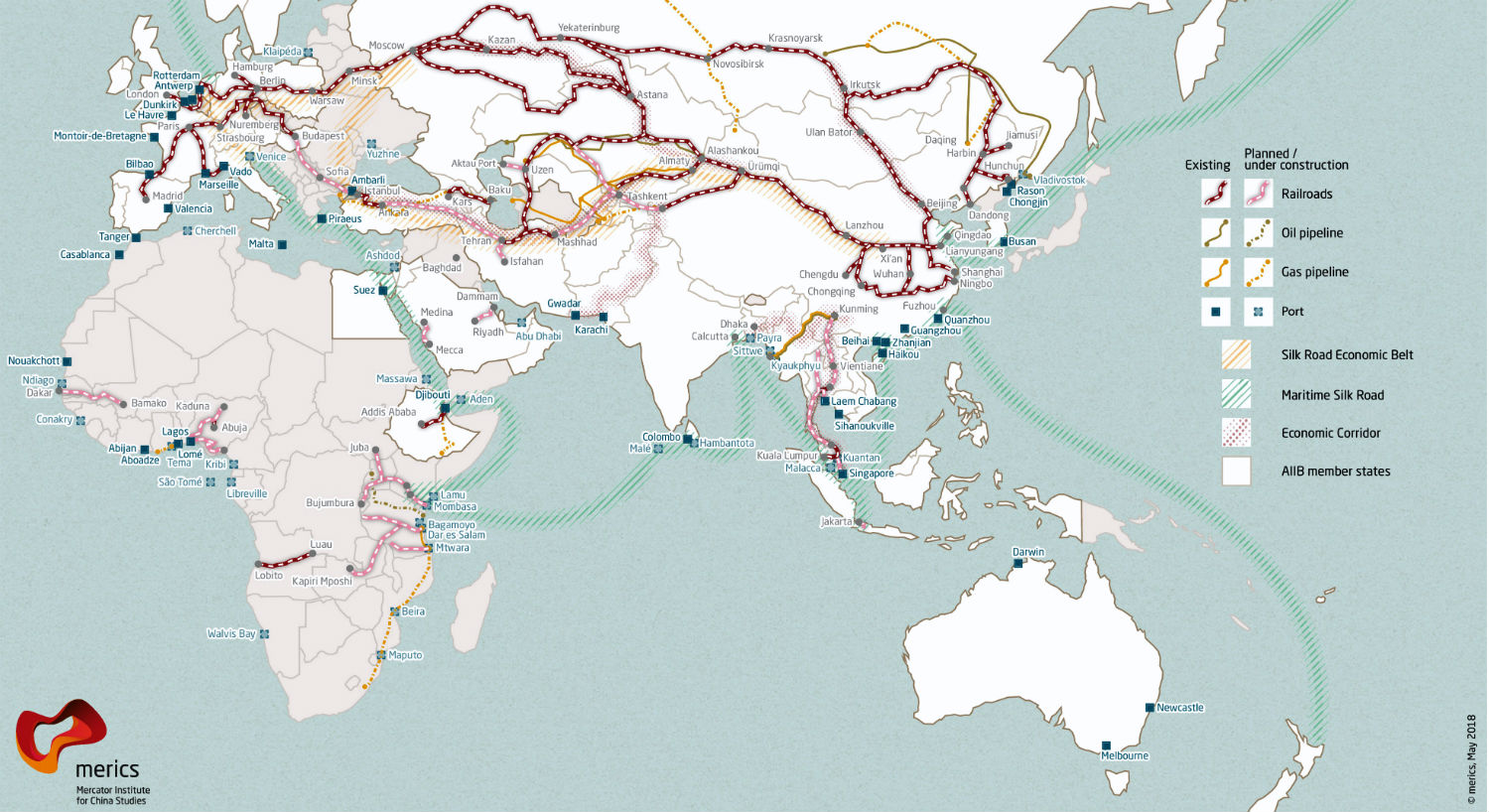
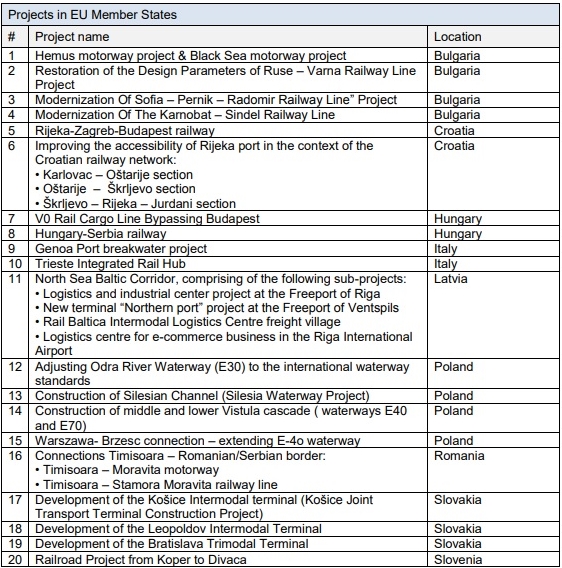
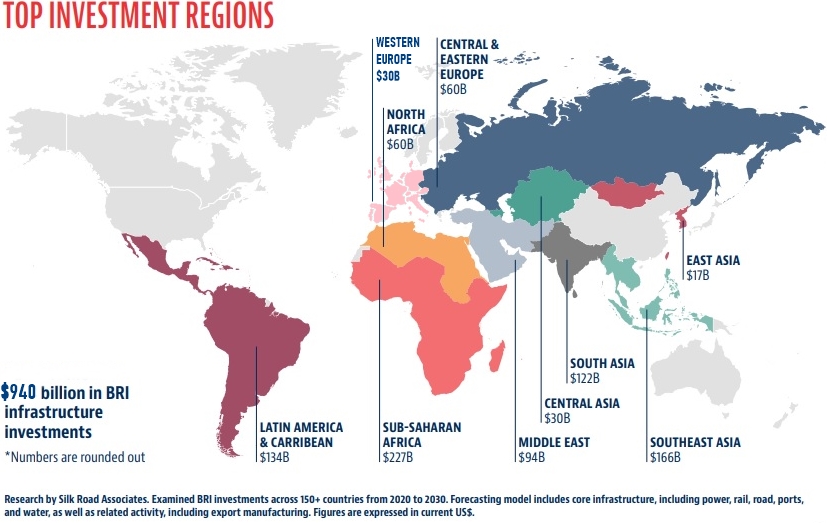
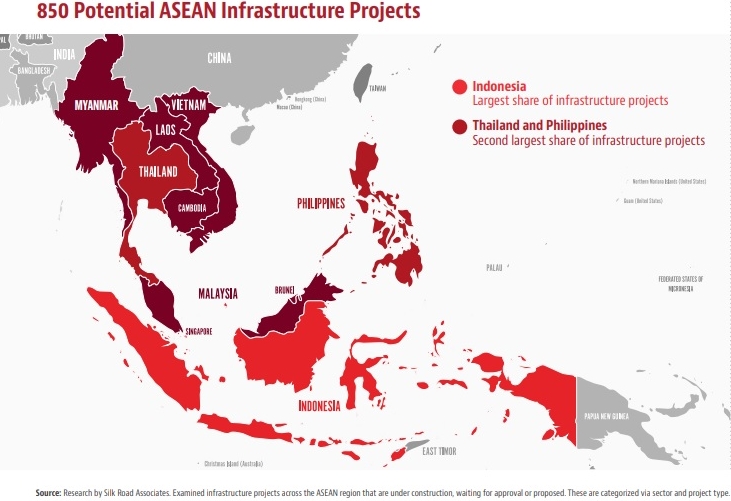
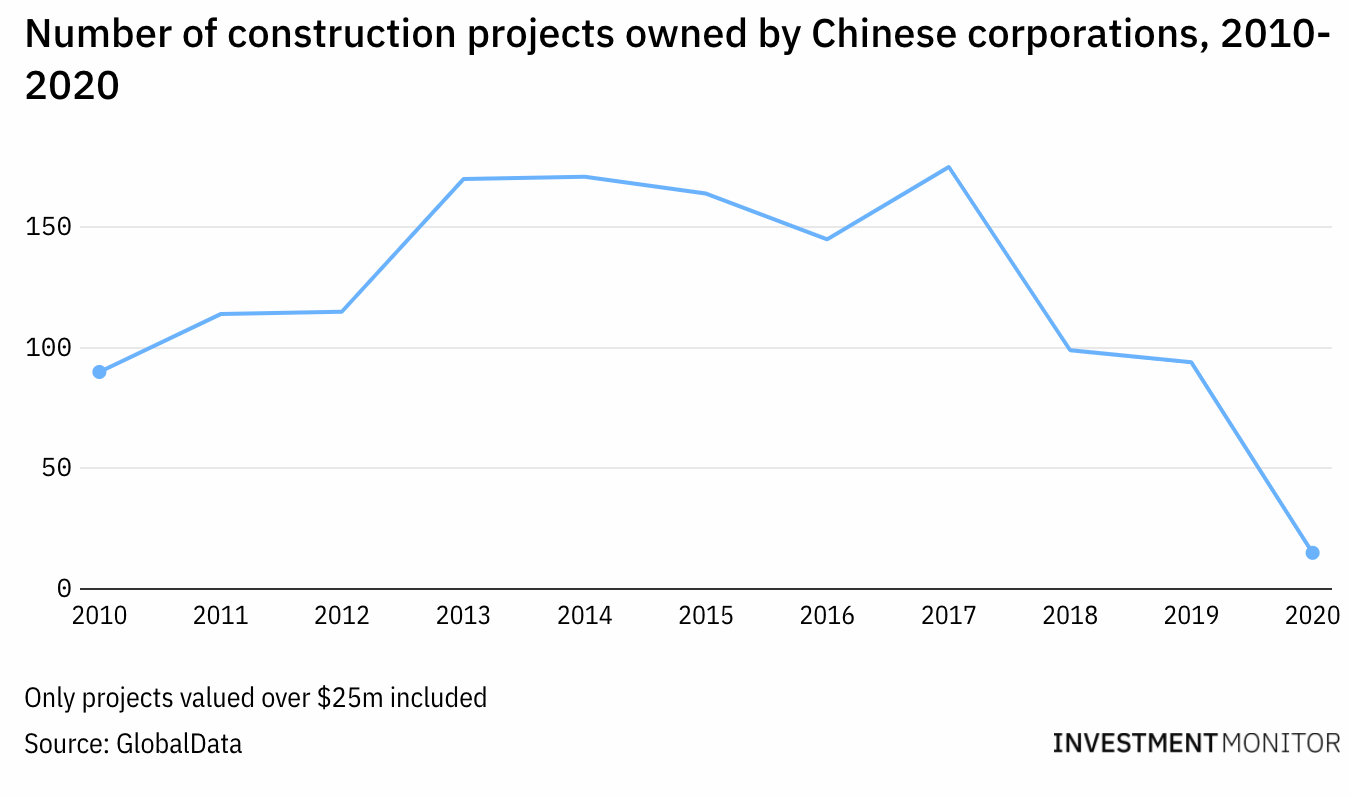
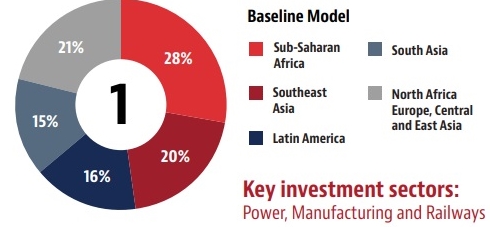
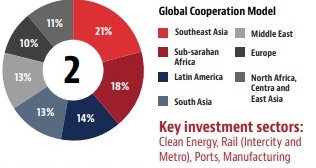

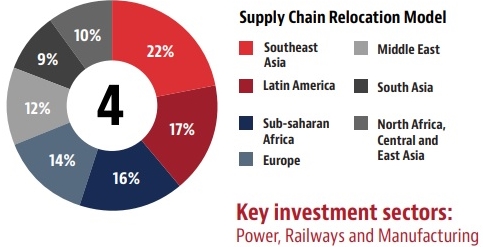
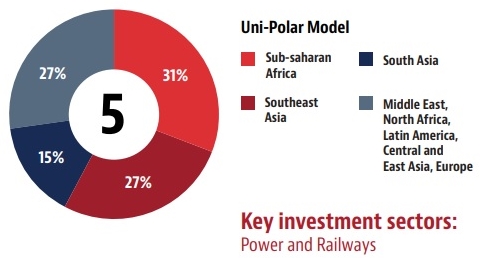



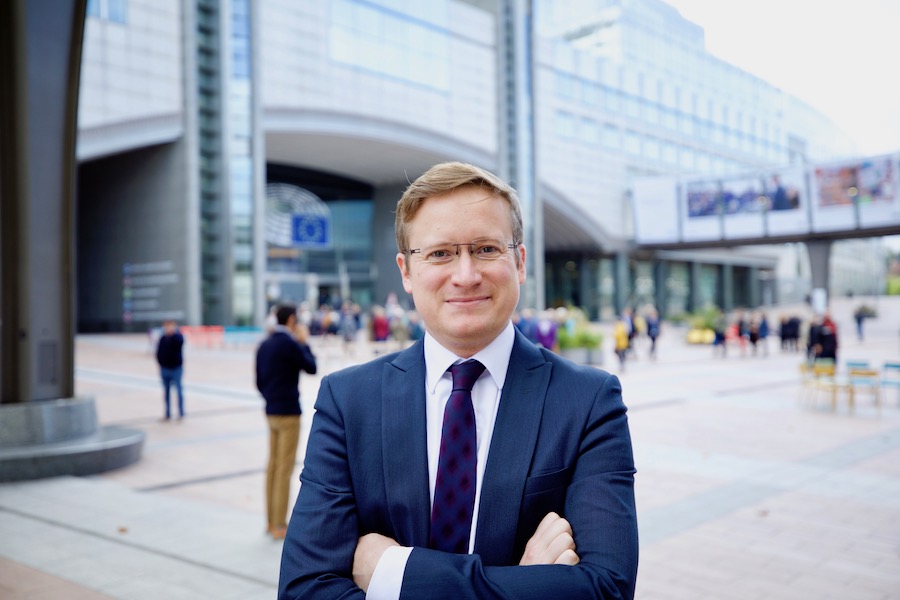
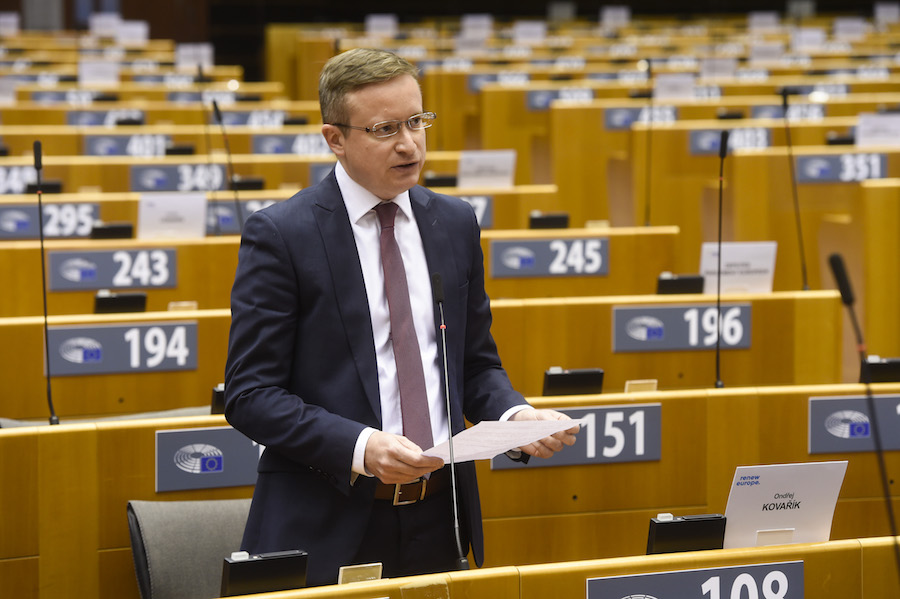


 Dr J Scott Younger OBE is a professional civil engineer who spent 42 years in the Far East undertaking assignments in 10 countries for WB, ADB, UNDP. Published many papers and columnist for Forbes Indonesia and Globe Asia. Served on British & European Chamber boards and Vice Chair of Int’l Business Chamber, for 17 years. His expertise is Infrastructure and Sustainable development and he takes an interest in international affairs. Dr. Younger serves International Institute IFIMES as its Board member.
Dr J Scott Younger OBE is a professional civil engineer who spent 42 years in the Far East undertaking assignments in 10 countries for WB, ADB, UNDP. Published many papers and columnist for Forbes Indonesia and Globe Asia. Served on British & European Chamber boards and Vice Chair of Int’l Business Chamber, for 17 years. His expertise is Infrastructure and Sustainable development and he takes an interest in international affairs. Dr. Younger serves International Institute IFIMES as its Board member.



 Dr J Scott Younger, OBE, is a professional civil engineer; he spent 42 years in the Far East undertaking assignments in 10 countries for WB, ADB, UNDP. He published many papers; he was a columnist for Forbes Indonesia and Globe Asia. He served on British & European Chamber boards and was a Vice Chair of Int’l Business Chamber for 17 years. His expertise is infrastructure and sustainable development and he takes an interest in international affairs. He is an International Chancellor of the President University, Indonesia. He is a member of IFIMES Advisory Board. Lived and worked in Burma in 1980s.
Dr J Scott Younger, OBE, is a professional civil engineer; he spent 42 years in the Far East undertaking assignments in 10 countries for WB, ADB, UNDP. He published many papers; he was a columnist for Forbes Indonesia and Globe Asia. He served on British & European Chamber boards and was a Vice Chair of Int’l Business Chamber for 17 years. His expertise is infrastructure and sustainable development and he takes an interest in international affairs. He is an International Chancellor of the President University, Indonesia. He is a member of IFIMES Advisory Board. Lived and worked in Burma in 1980s.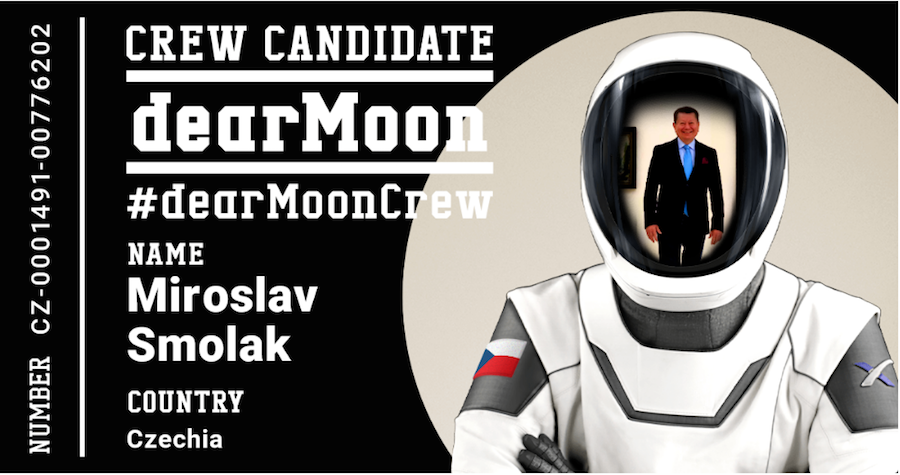


 Prof. Dr. Djawed Sangdel, professor of Leadership and Entrepreneurship
Prof. Dr. Djawed Sangdel, professor of Leadership and Entrepreneurship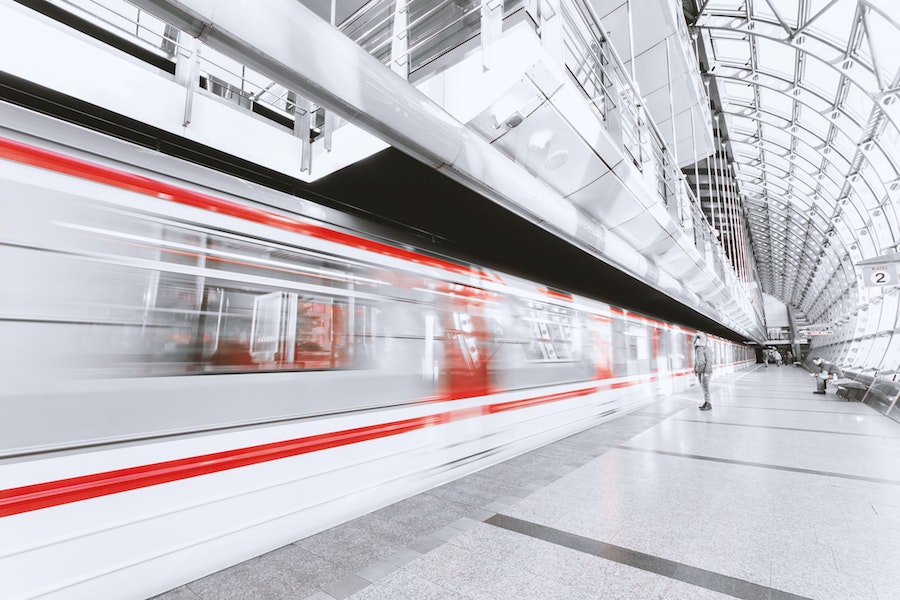


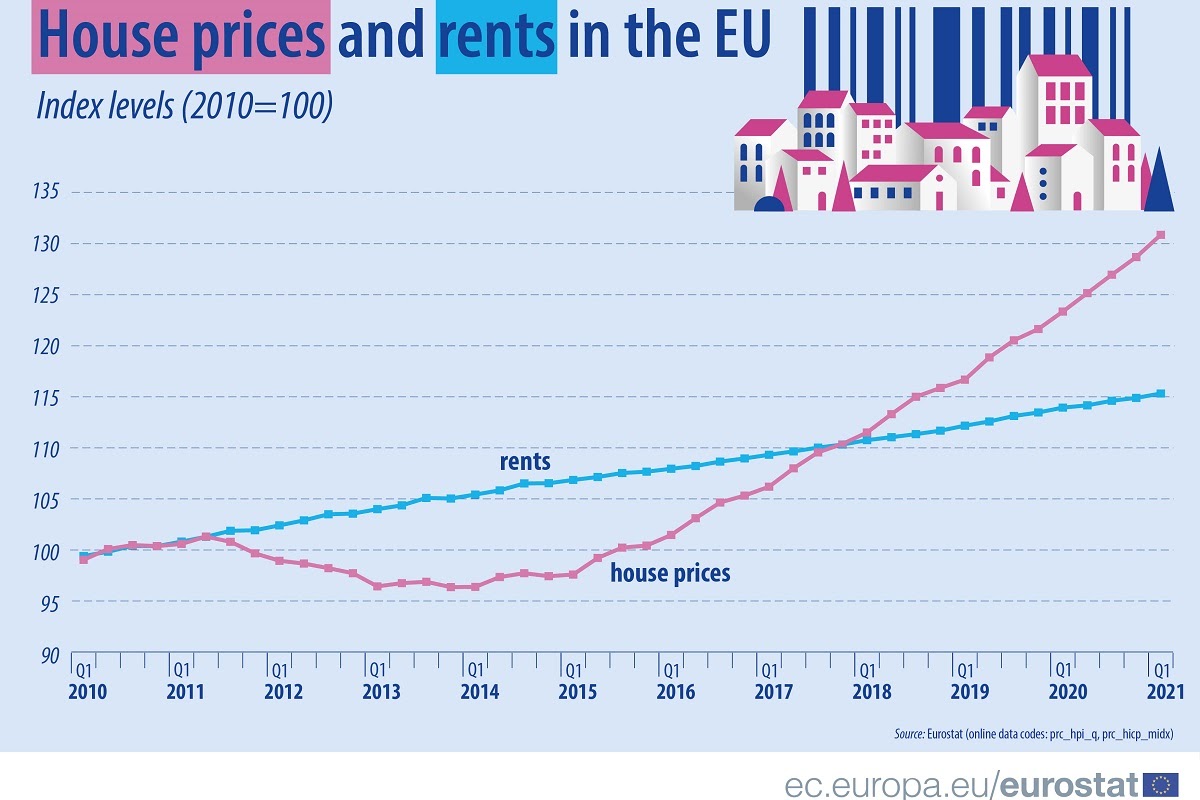
 Petra Novotná,
Petra Novotná, Miriam Kittler,
Miriam Kittler, By Ingrid Schostoková,
By Ingrid Schostoková,
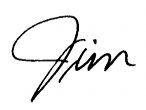






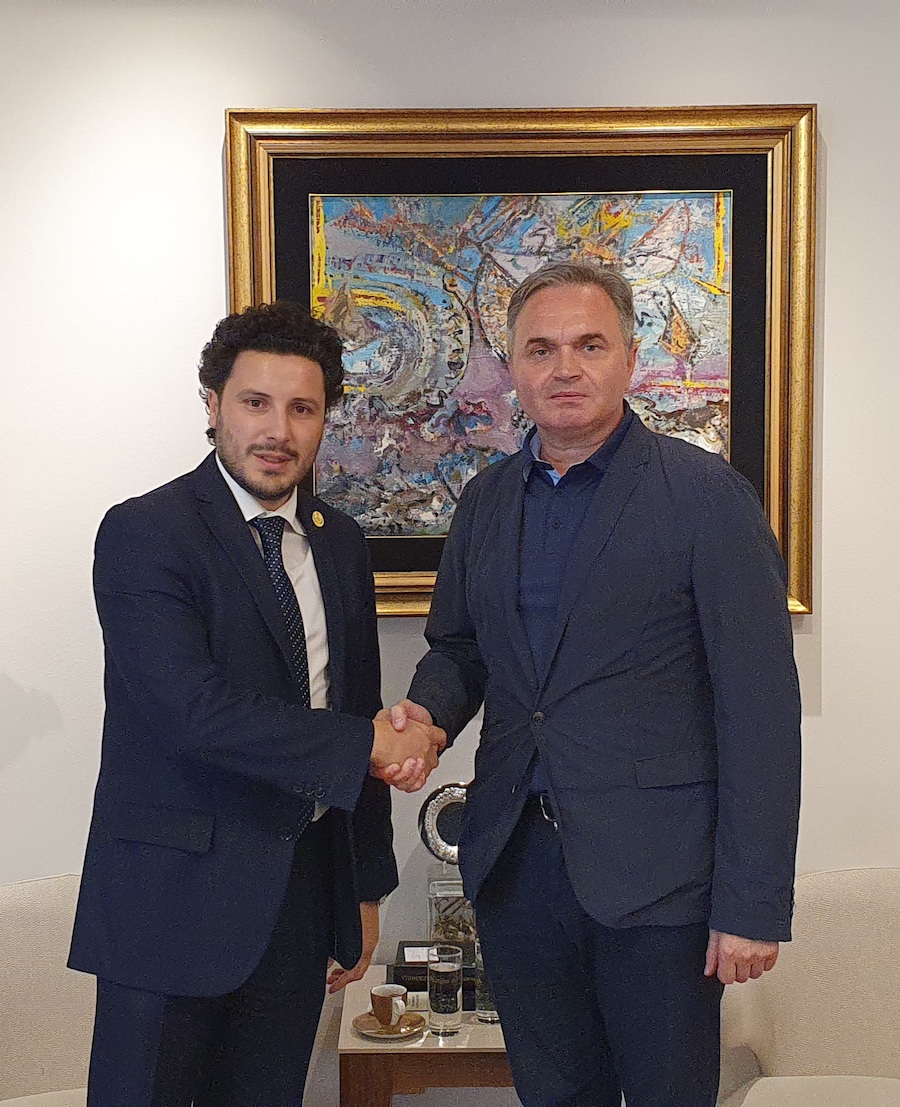


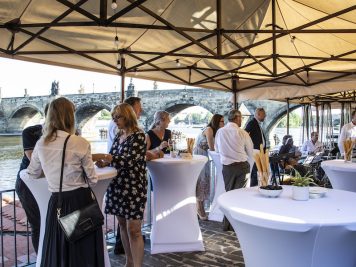
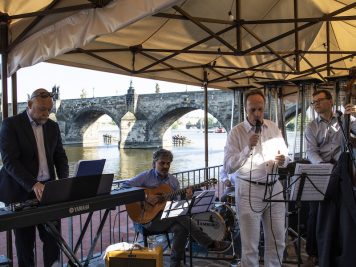
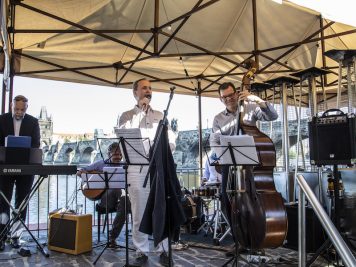
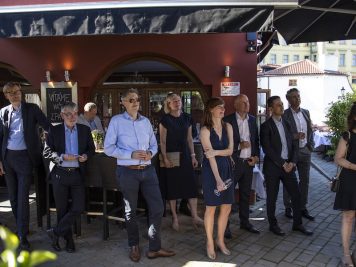
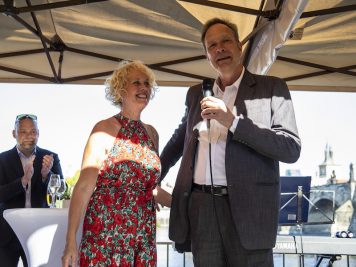
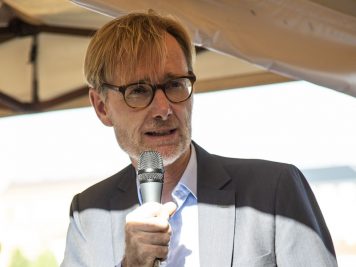

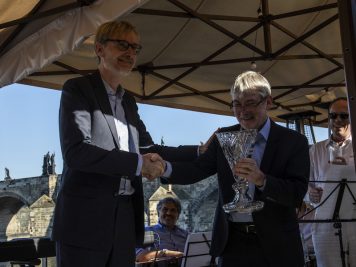
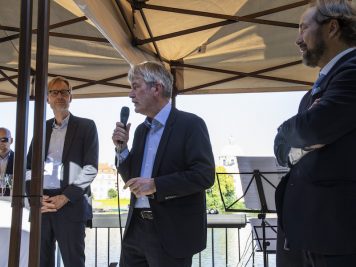
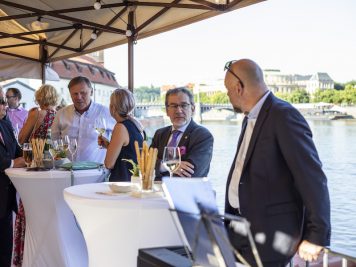

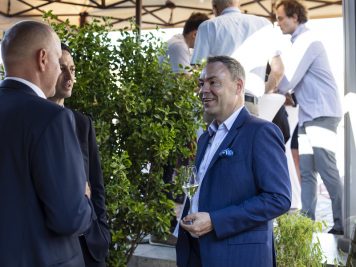

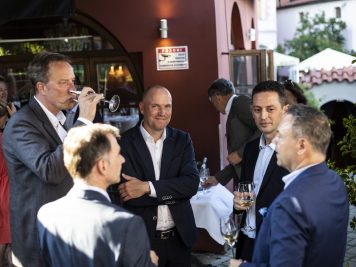
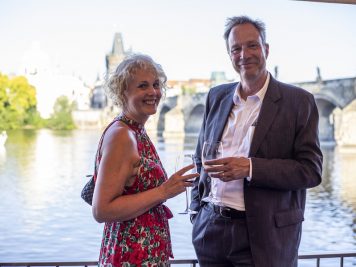


























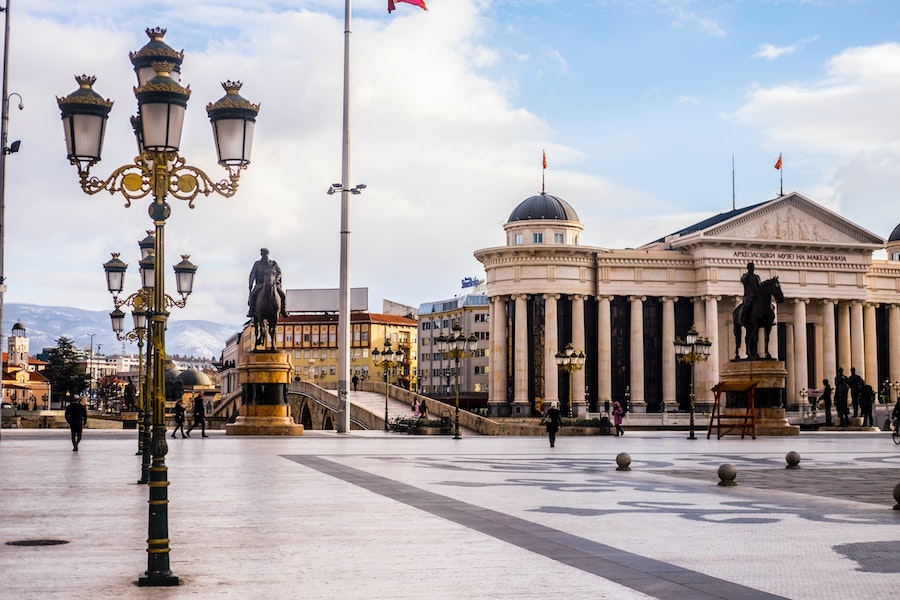
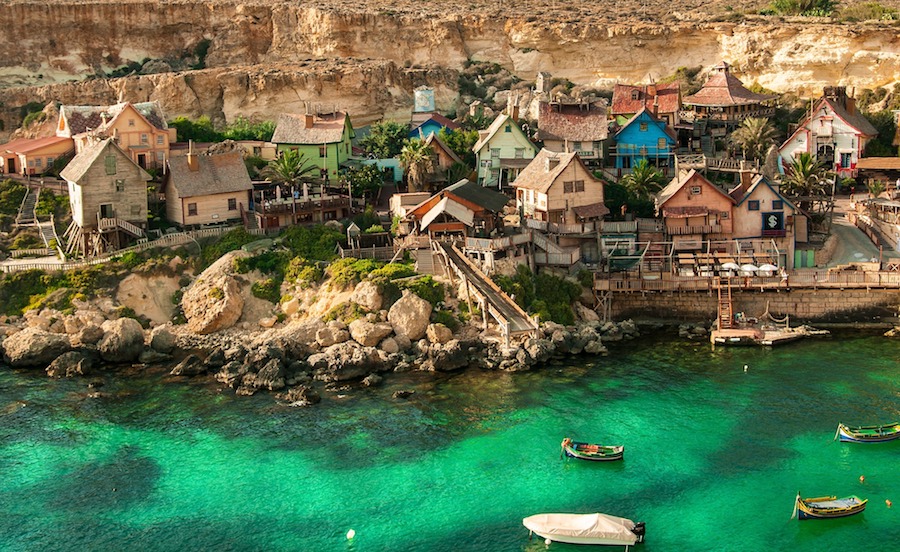
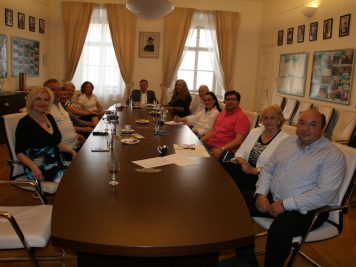


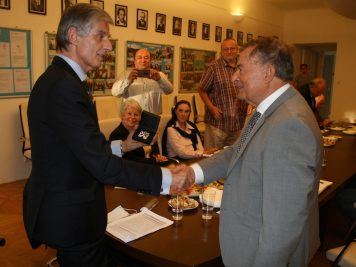
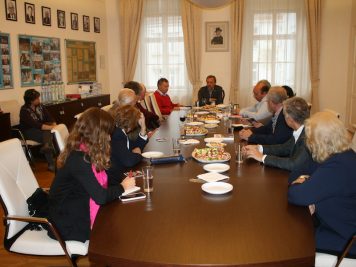
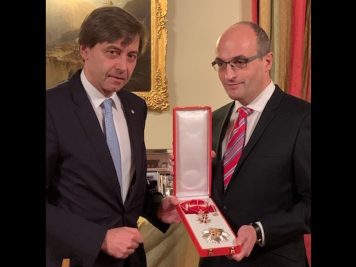
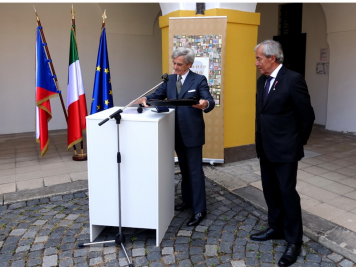



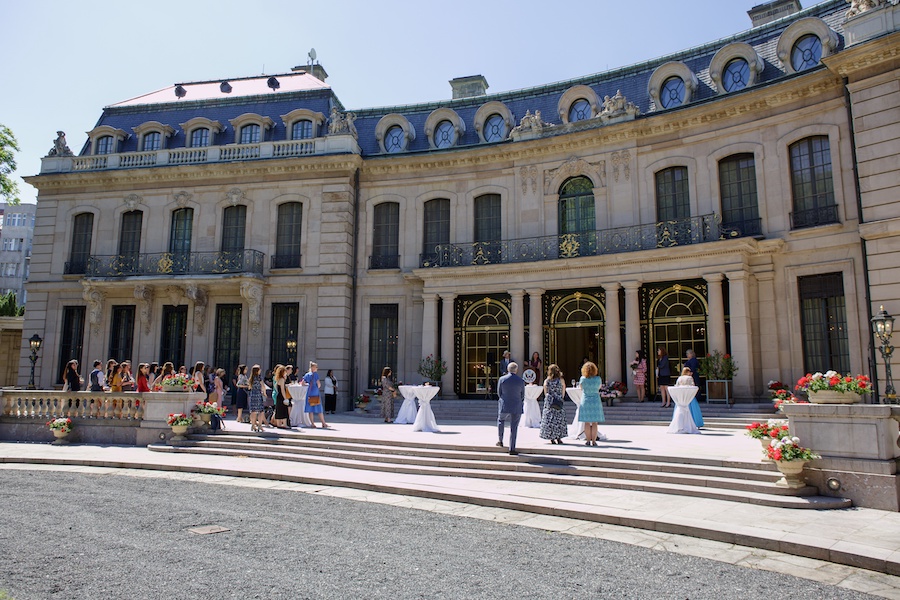


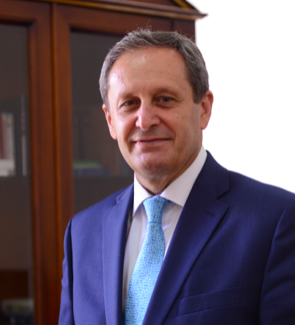 Ambassador Arben Cici has a long diplomatic carrier; he isresearcher and analyst in the field of international relations especially the issues of the region, author of books and many articles published in Albania and abroad. He is teaching at the University of Tirana and at the Mediterranean University as chair of international relations and diplomacy. He is diplomatic advisor to the President of the Republic of Albania.
Ambassador Arben Cici has a long diplomatic carrier; he isresearcher and analyst in the field of international relations especially the issues of the region, author of books and many articles published in Albania and abroad. He is teaching at the University of Tirana and at the Mediterranean University as chair of international relations and diplomacy. He is diplomatic advisor to the President of the Republic of Albania.


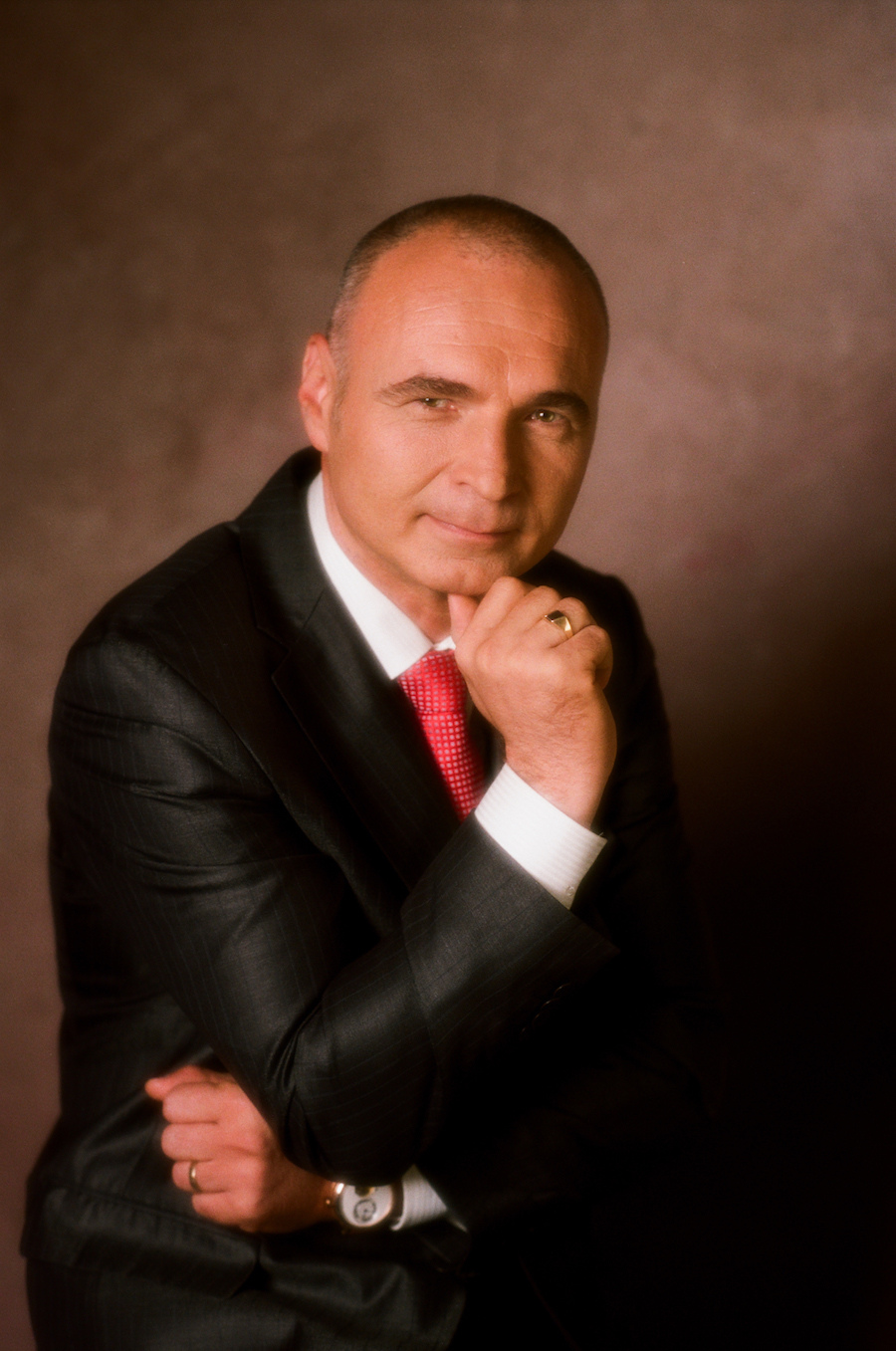
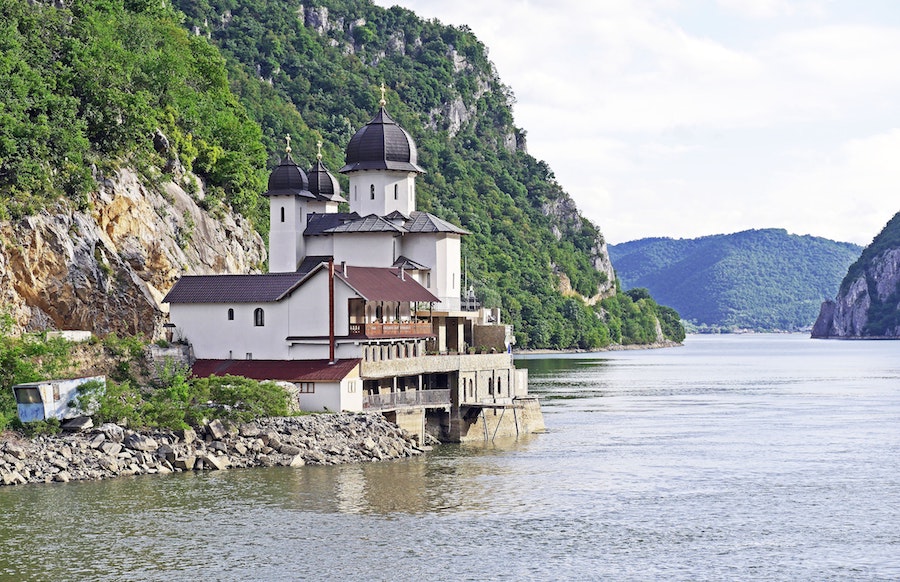

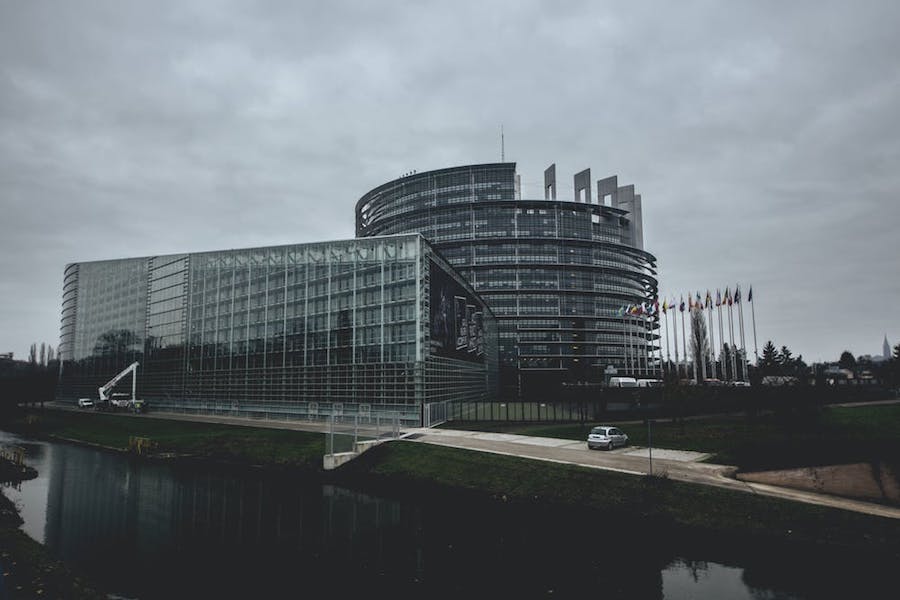

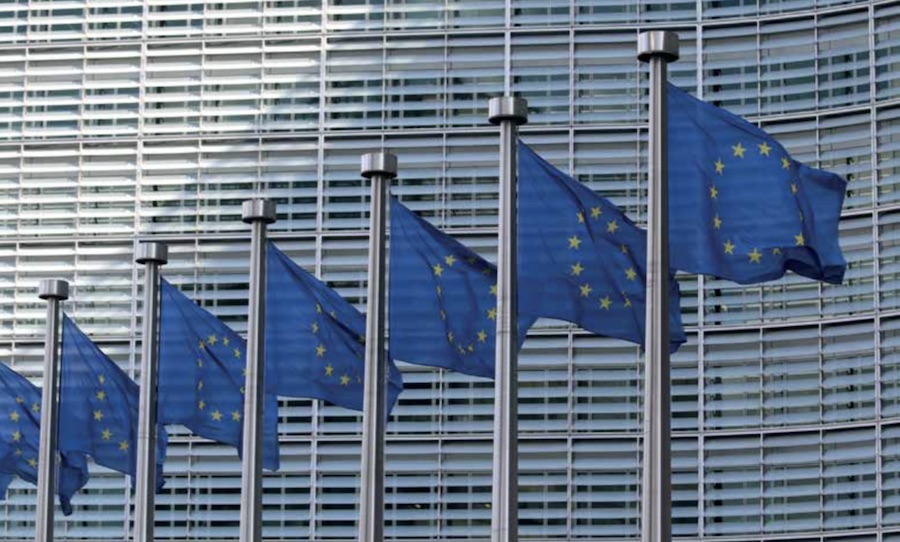

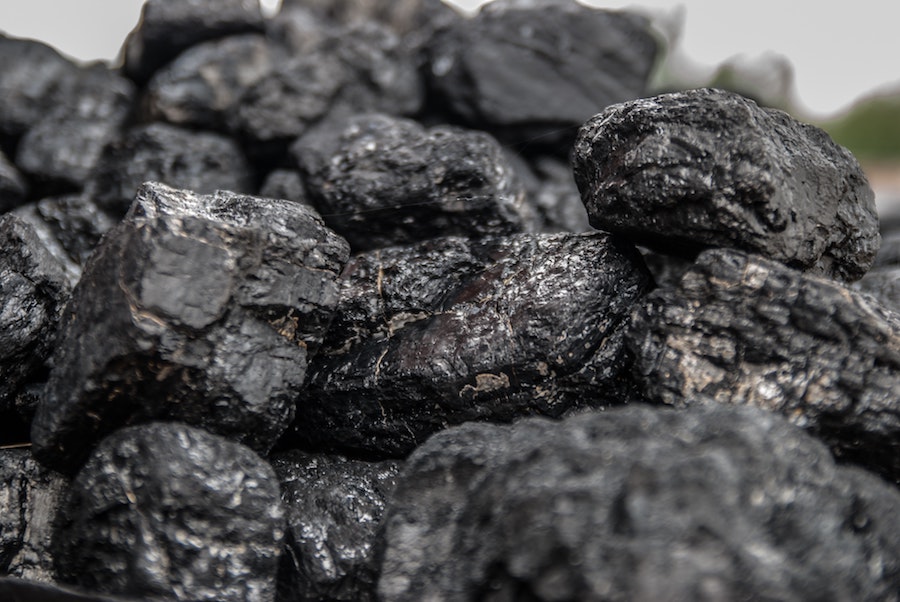
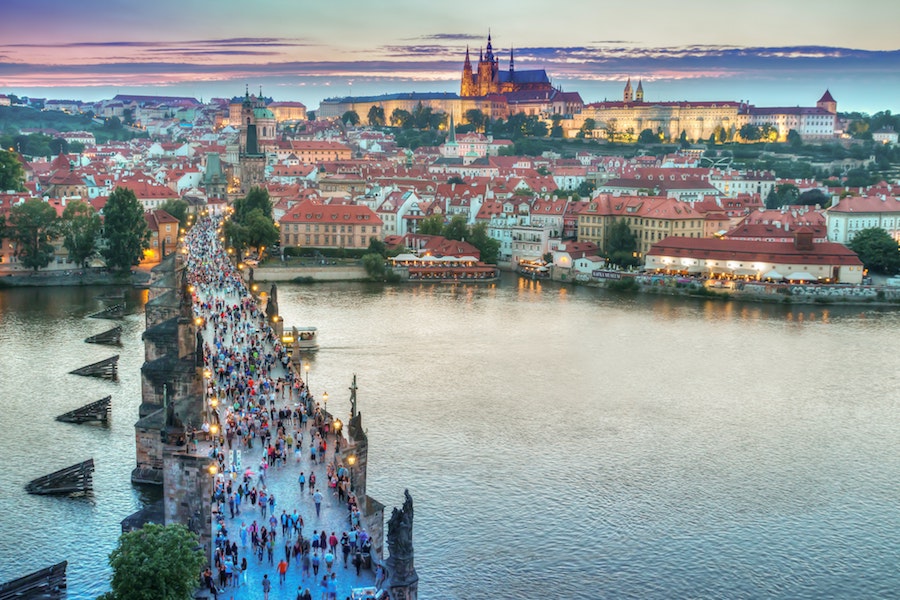

 Isabella Maria Bello Arocha
Isabella Maria Bello Arocha





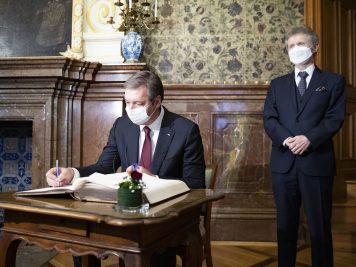
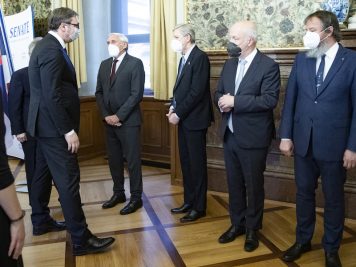



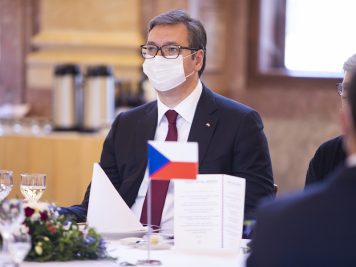
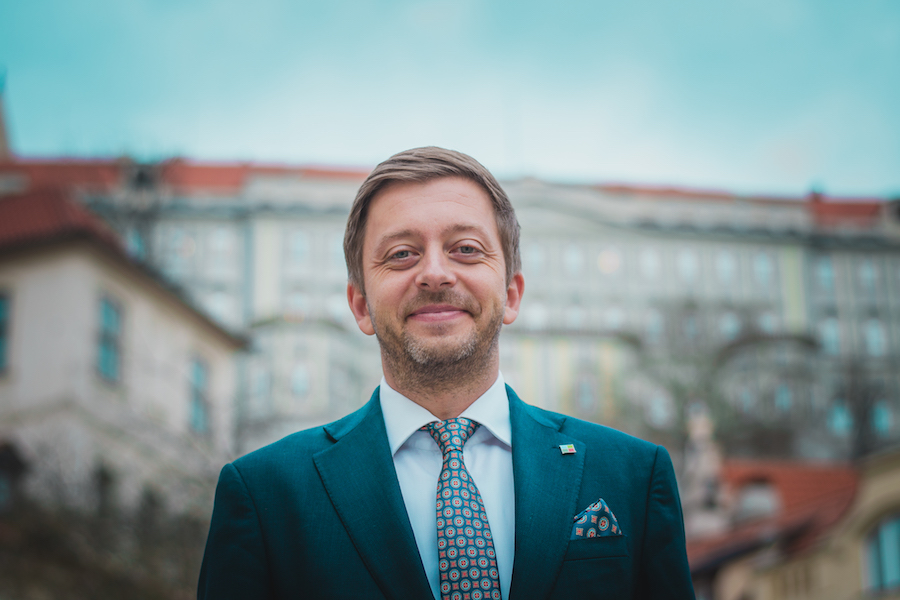

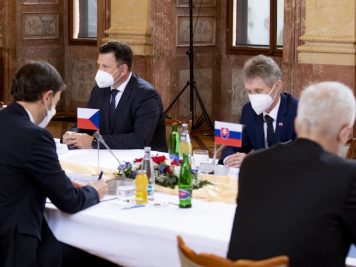
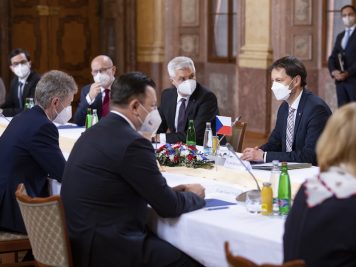
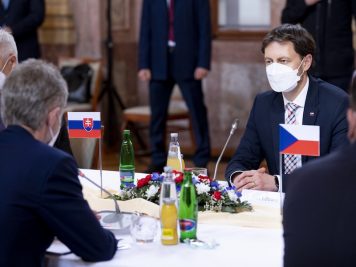
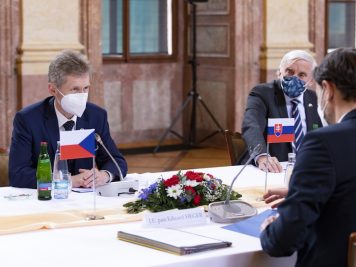

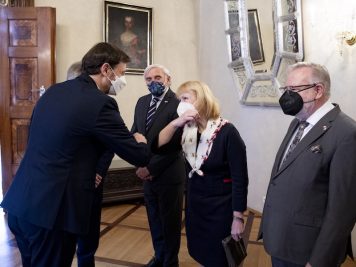

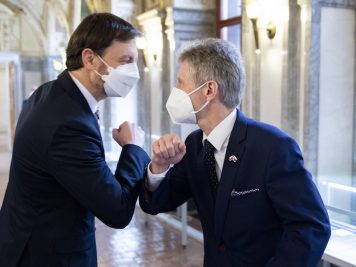


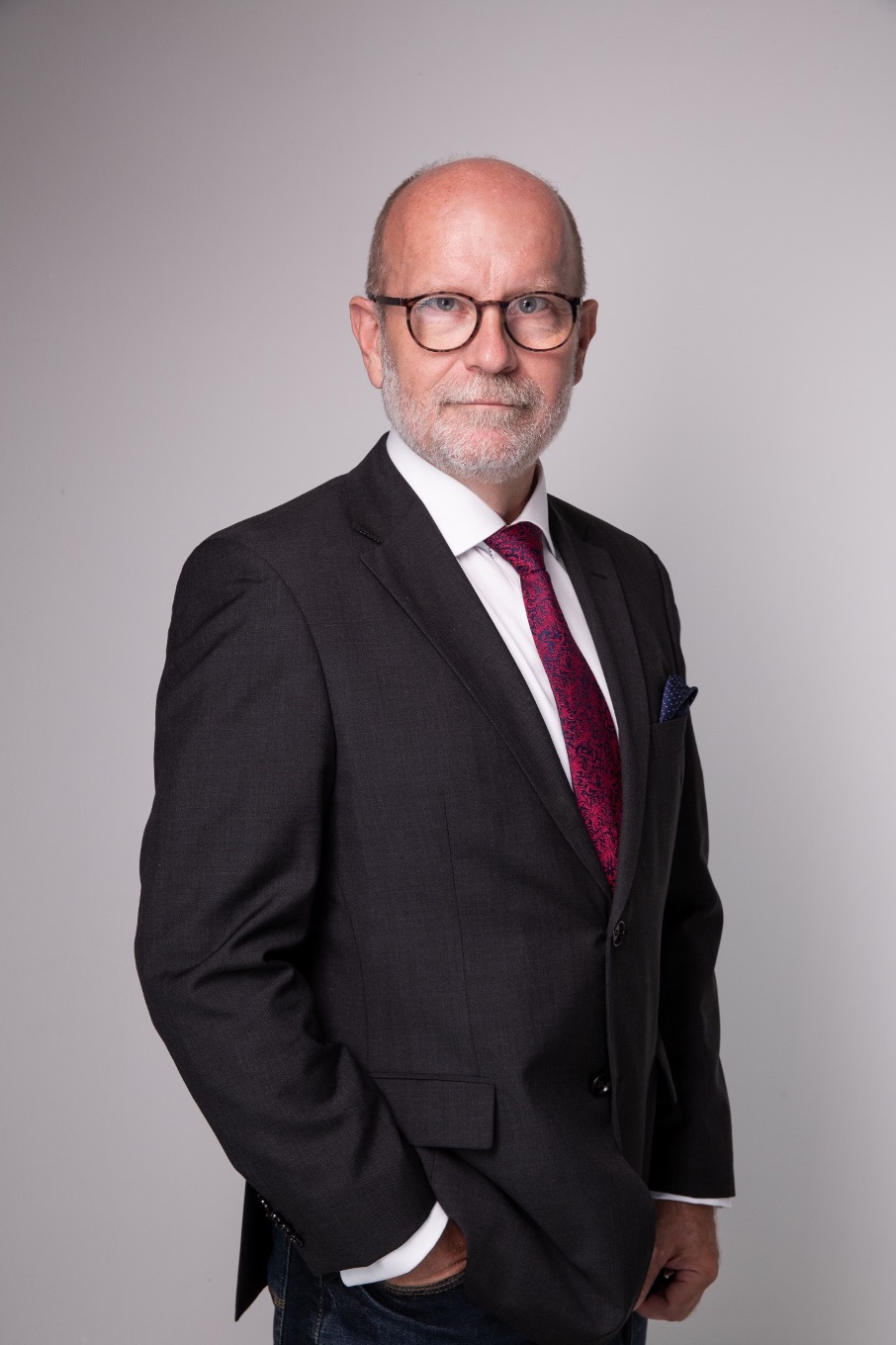
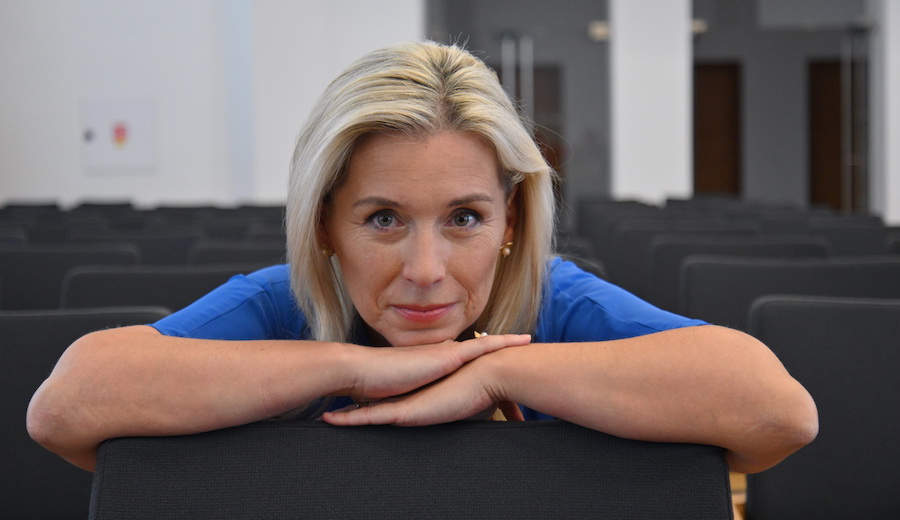
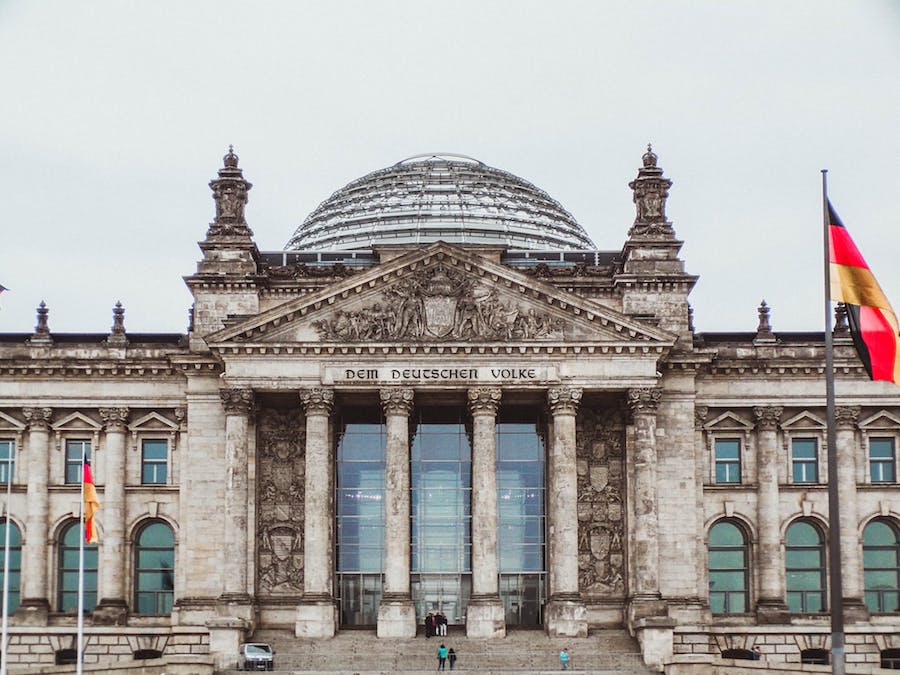
 About Author:
About Author:
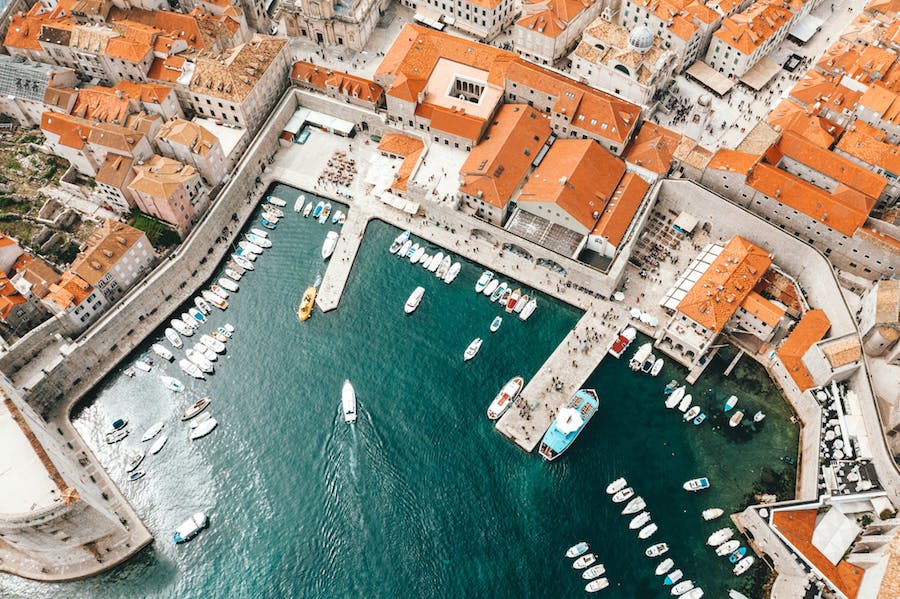
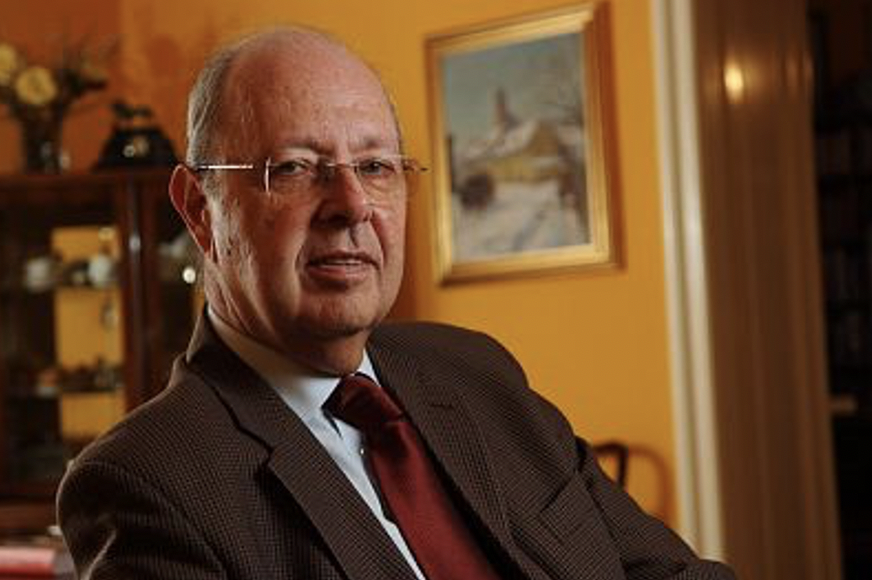



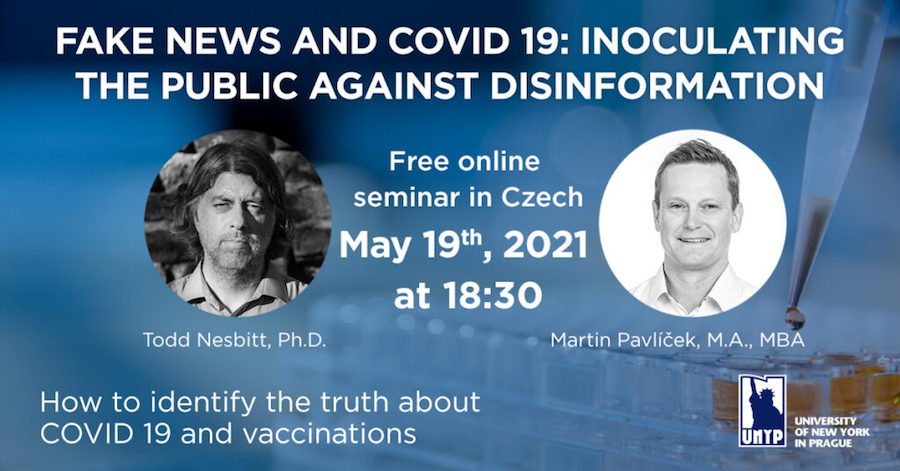



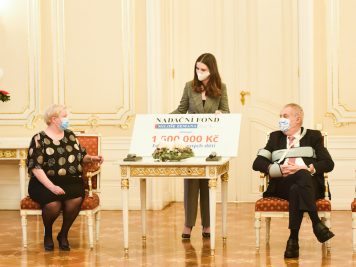


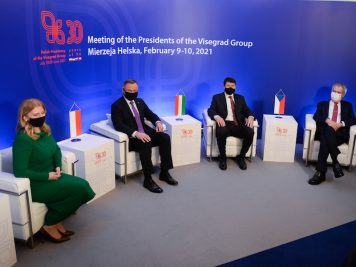
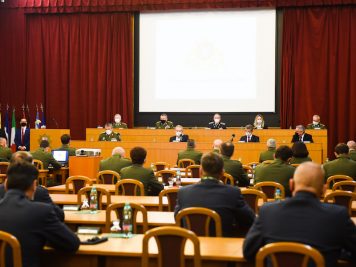


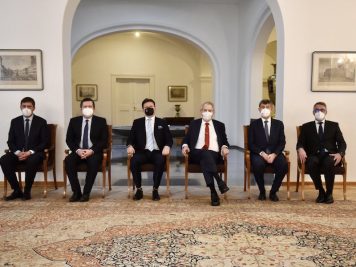
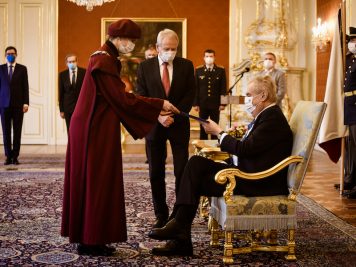
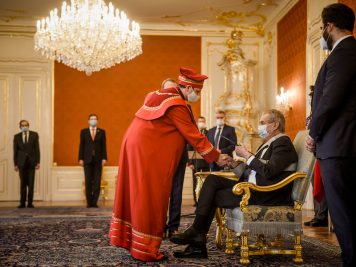
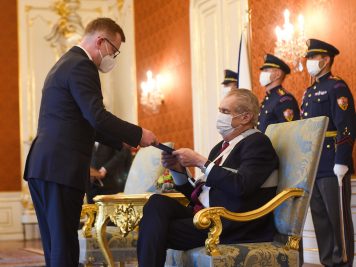
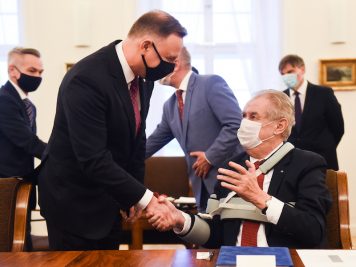









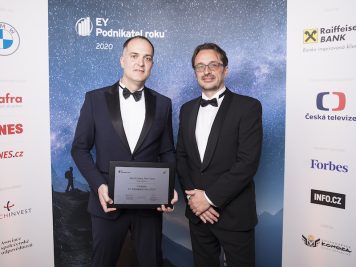
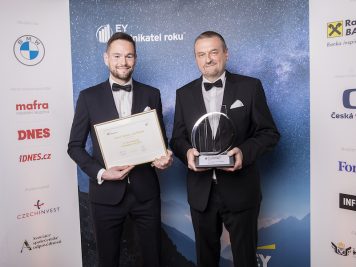
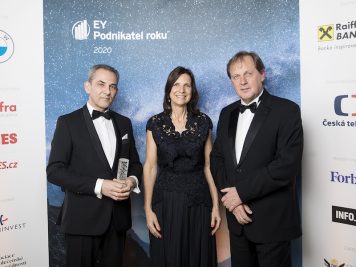





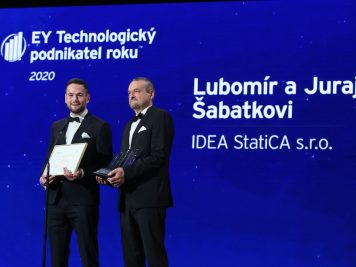





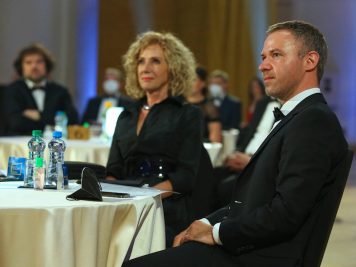
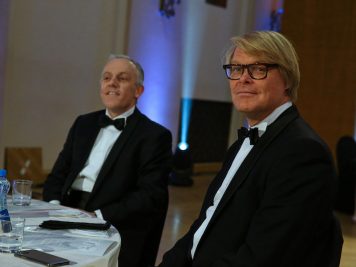

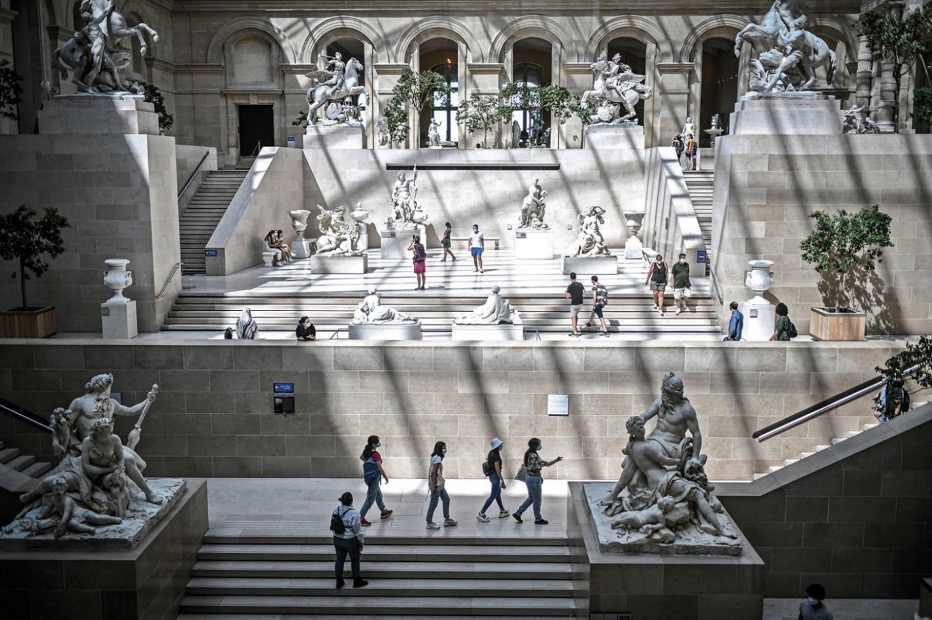
 About the author:
About the author: